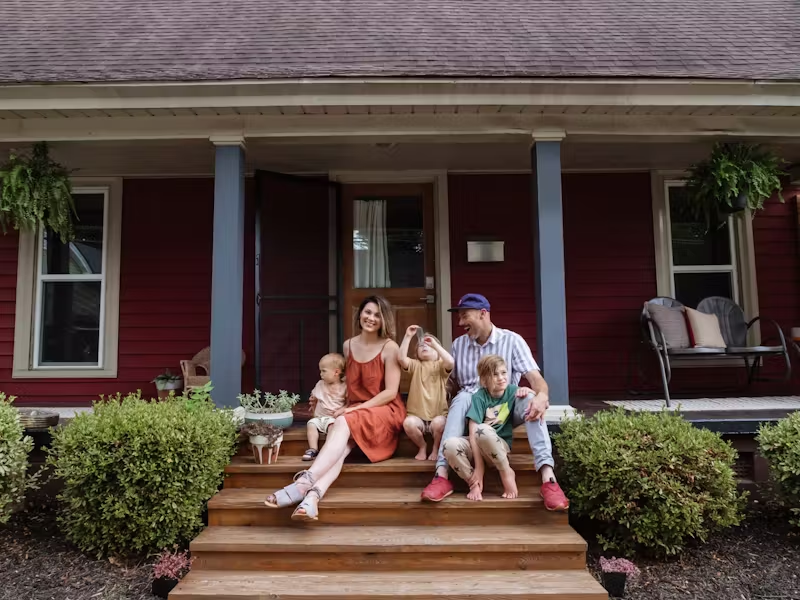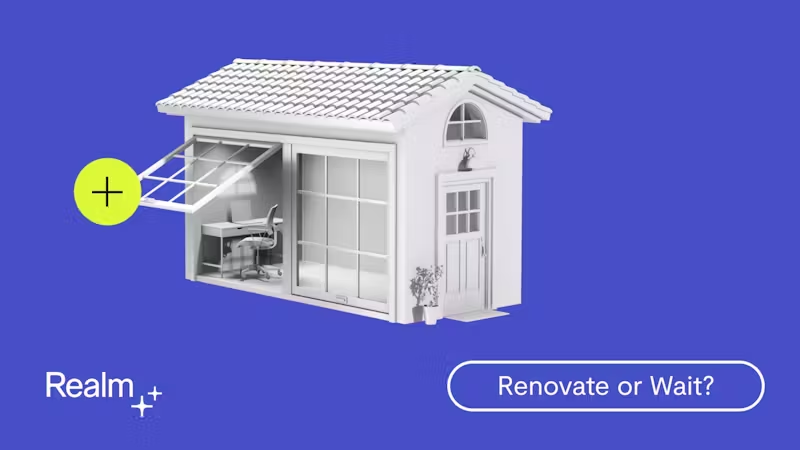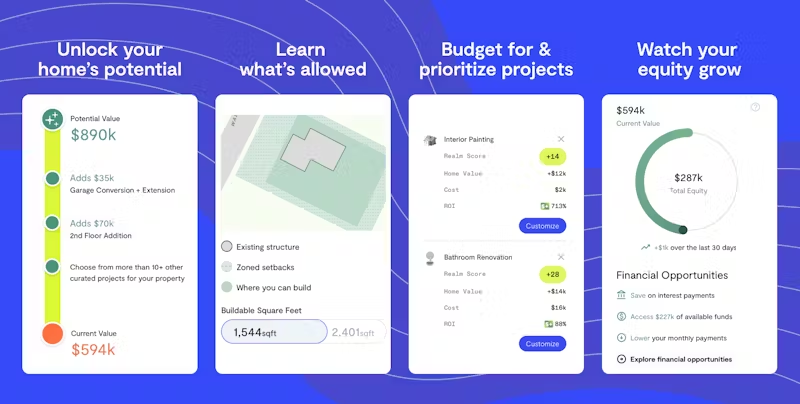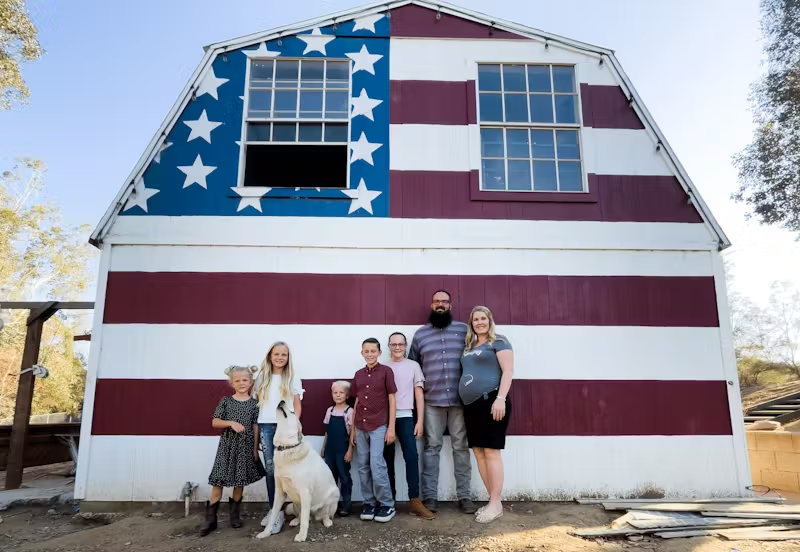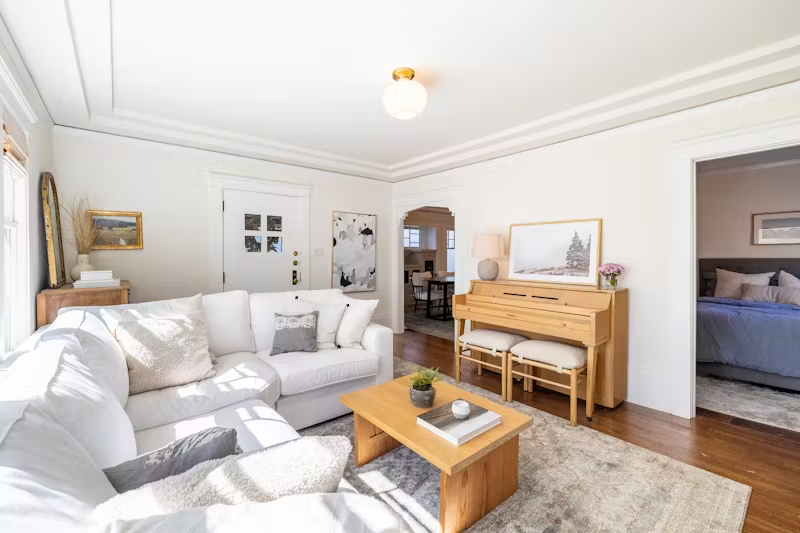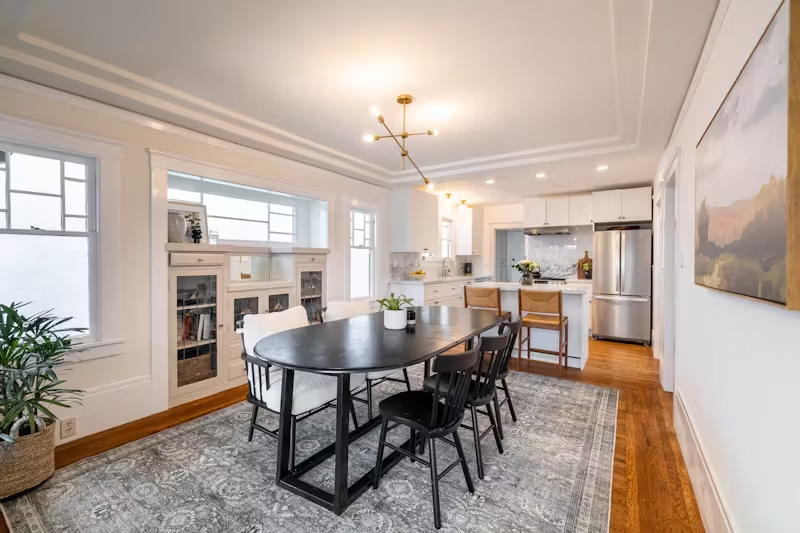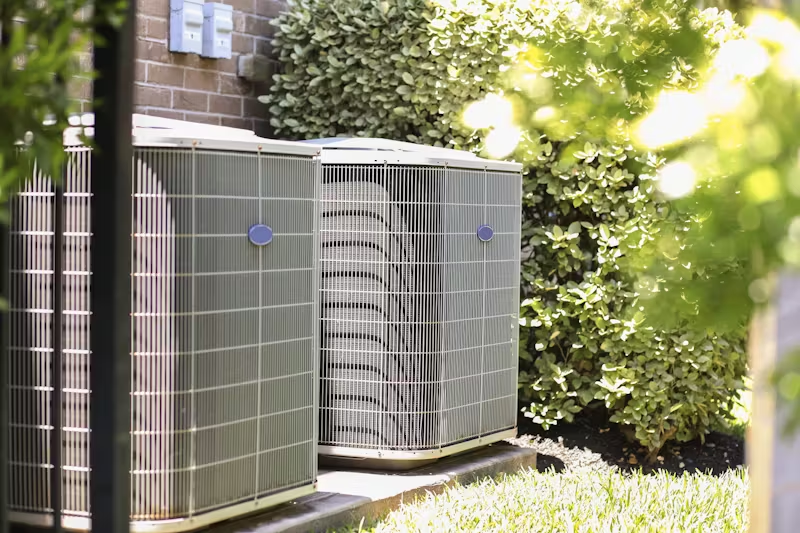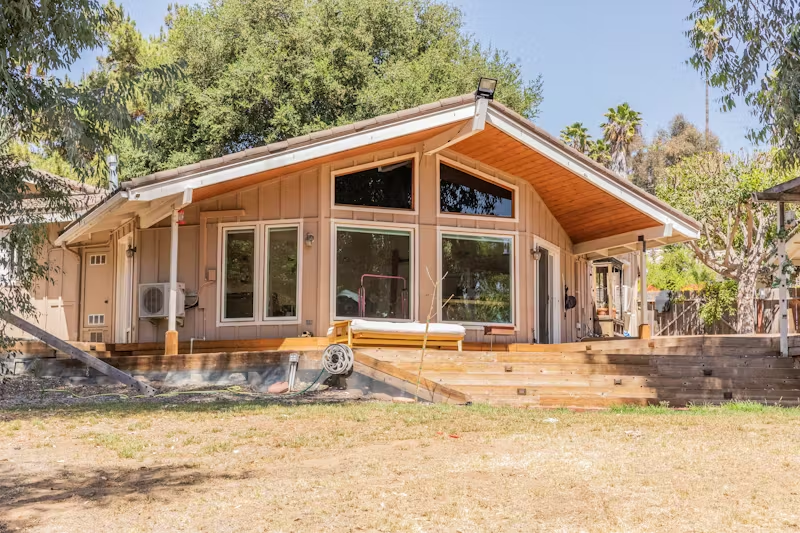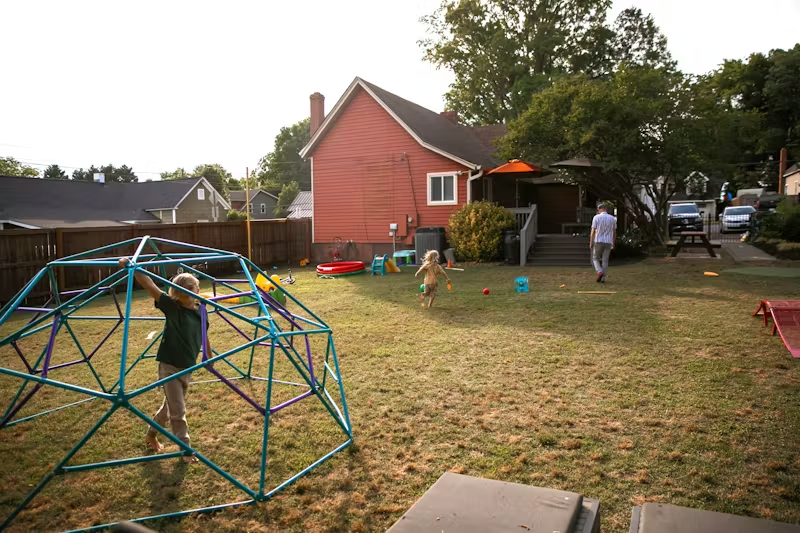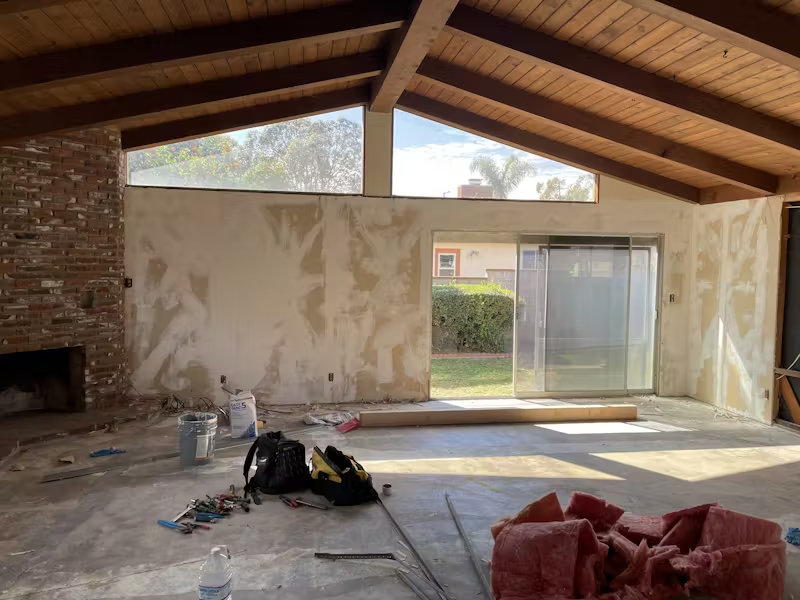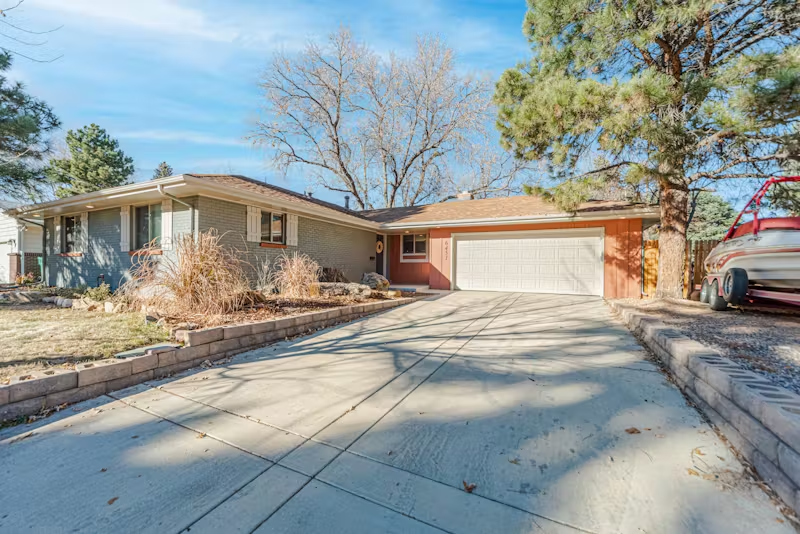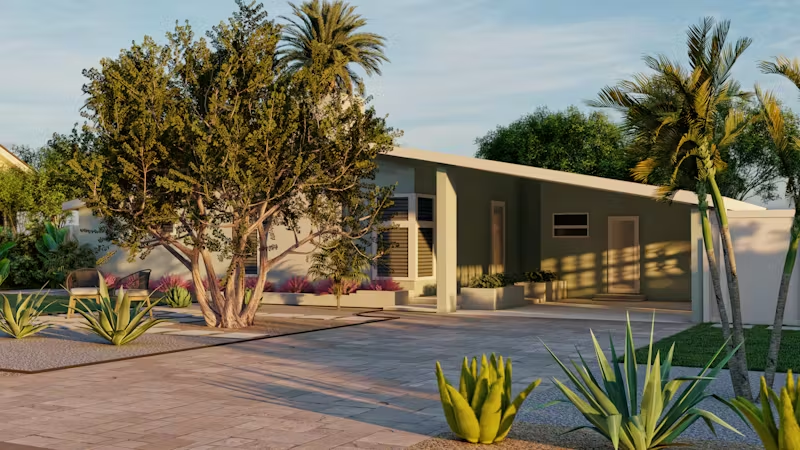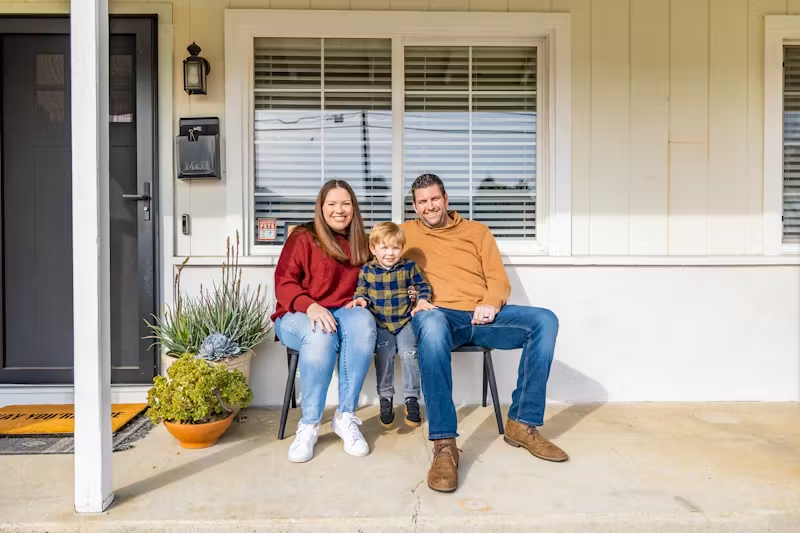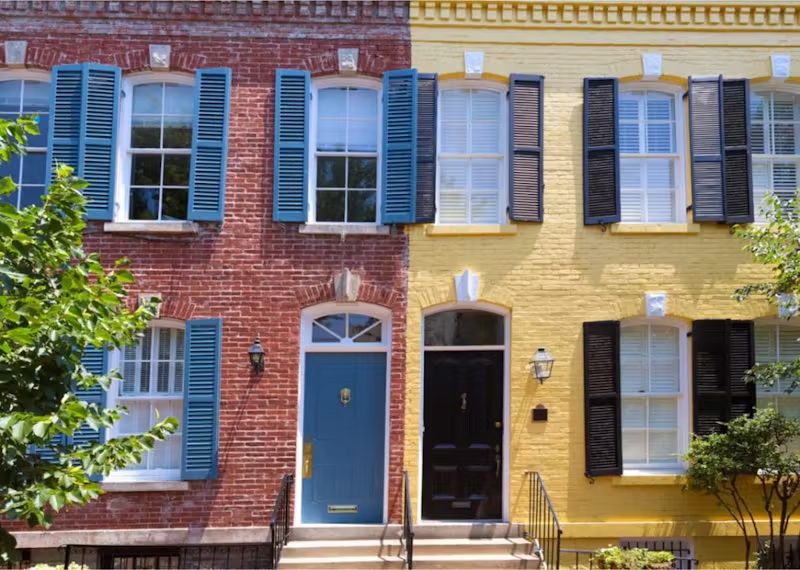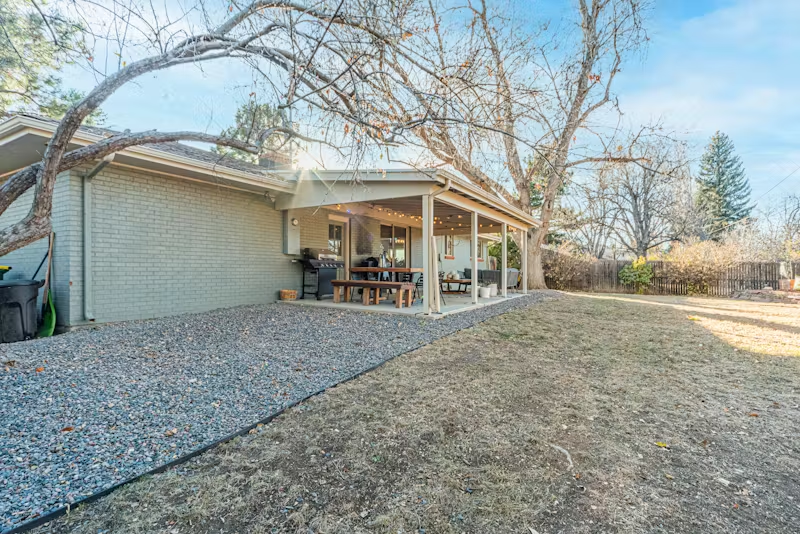Kitchen Remodel Cost: The Ultimate Budgeting Guide
Get clear answers on the cost to remodel kitchen spaces, with real price ranges, budgeting tips, and smart ways to save on your next renovation.
|
October 5, 2025
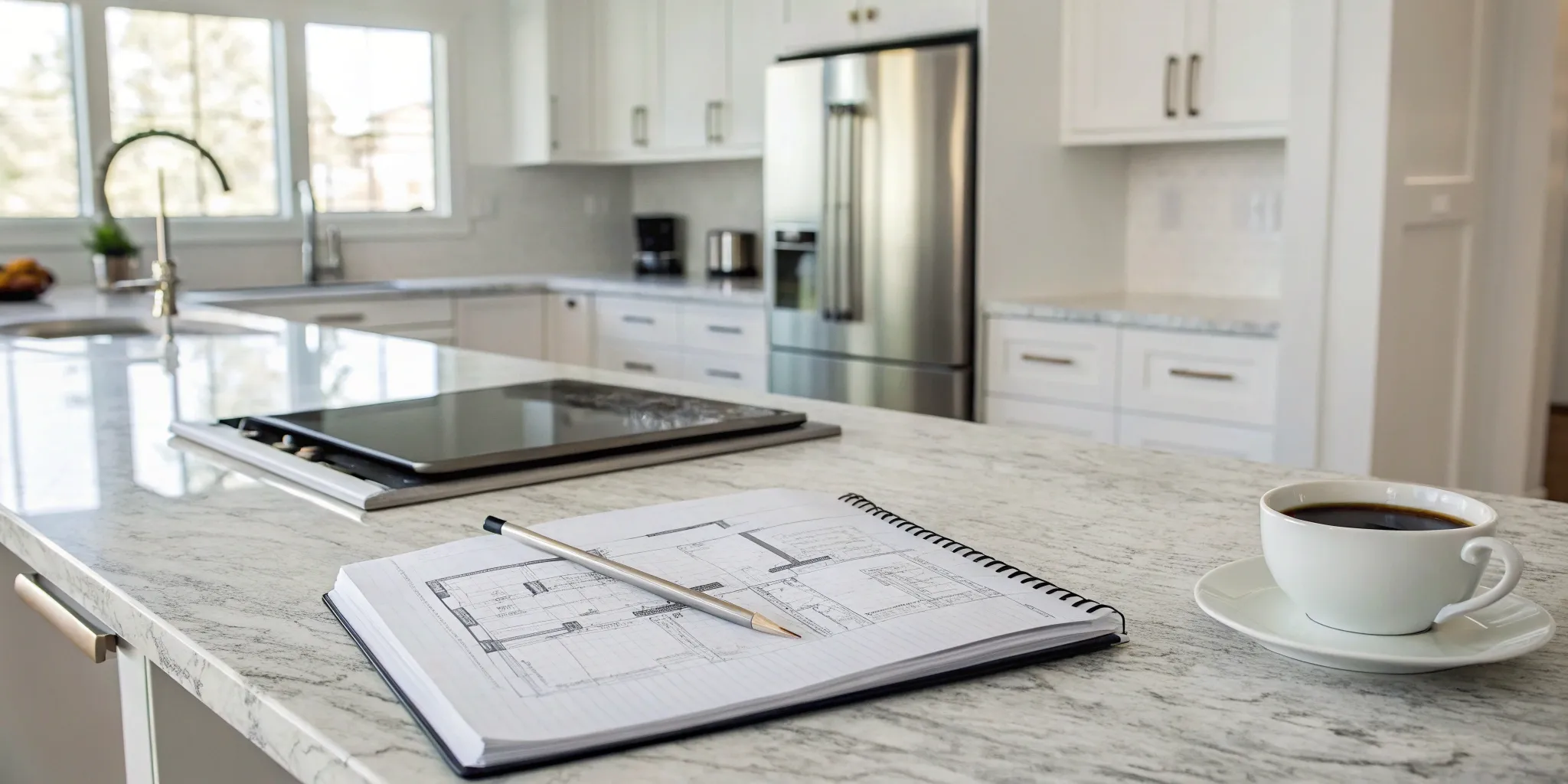
In this article:
It’s easy to fall in love with a stunning kitchen on Pinterest, but it’s much harder to figure out how to bring that vision to life without a six-figure budget. The gap between inspiration and reality often comes down to one thing: money. Knowing the realistic cost to remodel a kitchen is the key to bridging that gap. This guide is designed to do just that. We’ll show you what you can realistically achieve at different budget levels, from a simple cosmetic refresh to a full-scale transformation. You’ll learn where to invest for the biggest impact and where you can save, empowering you to create a beautiful, functional kitchen that fits your style and your finances.
Key Takeaways
- Understand the Key Cost Drivers: Your final price tag is determined by your kitchen's size, your material choices, and local labor rates. Defining your project's scope—from a cosmetic refresh to a full gut renovation—is the first step to setting a realistic budget.
- Plan Thoroughly and Budget for Surprises: A successful remodel relies on a solid plan. Get multiple itemized quotes from vetted contractors to understand your costs, and always set aside an extra 10-20% as a contingency fund to handle unexpected issues without stress.
- Save Strategically Without Sacrificing Style: You can achieve a high-impact look on a smaller budget. The most effective way to save is by keeping your kitchen’s existing layout to avoid moving plumbing and electrical, followed by making smart material selections that balance cost and quality.
How Much Does a Kitchen Remodel Cost?
Asking about the cost of a kitchen remodel is a bit like asking how much a car costs—the answer is always, "it depends." The final price tag is shaped by the size of your kitchen, the quality of materials you choose, and the scope of the work you want done. Are you simply refreshing your cabinets and countertops, or are you tearing down walls and reconfiguring the entire layout?
While there’s no single magic number, understanding the typical price ranges can help you set a realistic budget from the start. Think of these numbers as a starting point. From there, you can get a customized plan that reflects your specific home, location, and vision. Let’s break down the costs so you can feel confident about what to expect.
The National Average
Nationally, most homeowners spend between $10,000 and $60,000 on a kitchen remodel. This is a huge range because it covers everything from minor cosmetic updates to major structural changes. For large, high-end kitchens with custom features and luxury appliances, it’s not uncommon for costs to climb well over $100,000.
This national average is a helpful benchmark, but it’s important to remember that it’s just that—an average. Your final cost will be unique to your project. The key is to use this range as a guide to help you start thinking about the scale of your own renovation.
Costs by Project Size
To get more specific, it helps to think about your remodel in terms of project size. A simple refresh will cost significantly less than a full gut renovation. Here’s a general breakdown of what you can expect to spend based on the scope of your project:
- Small or Cosmetic Remodel ($10,000–$22,000): This budget typically covers surface-level updates. Think painting existing cabinets, installing a new backsplash, updating hardware, and maybe replacing one or two appliances.
- Mid-Range Renovation ($22,000–$45,000): In this range, you can tackle more significant changes, like installing new semi-custom cabinets, quality countertops, new flooring, and upgrading all of your appliances.
- High-End Transformation ($45,000+): This is where you get into custom cabinetry, high-end stone countertops, luxury appliances, and potentially changing the kitchen’s layout, which might involve moving walls, plumbing, or electrical lines.
How Location Impacts Your Budget
Where you live plays a massive role in your total remodel cost, especially for homeowners in major metro areas like Los Angeles, San Diego, and the Bay Area. Labor is one of the biggest expenses, often accounting for 40% to 50% of your entire budget. The rates for skilled professionals like plumbers, electricians, and general contractors vary significantly from one city to another.
Beyond labor, the cost of materials and permits can also be higher in certain locations. If your renovation plans include moving plumbing for a new sink or island, or rerouting electrical for better lighting, expect those costs to increase. Getting an accurate, localized estimate is the best way to build a budget that won’t have any last-minute surprises.
What Drives Your Kitchen Remodel Costs?
When you start planning a kitchen remodel, the final price tag can feel like a moving target. That’s because it’s not one single thing that determines the cost, but a combination of several key factors. Understanding these drivers is the first step to building a budget that feels realistic and comfortable for you. From the size of your space to the shine of your faucets, let’s break down what really influences your total spending.
Kitchen Size and Layout
It’s a simple rule: the bigger your kitchen, the more it will cost to renovate. More square footage means more materials for flooring, countertops, and cabinets, plus more labor to get it all installed. As a general guideline, you can expect a kitchen remodel to cost around $150 to $160 per square foot.
Beyond just size, any changes to your kitchen’s existing layout will add to the price. Keeping your appliances and plumbing in the same spots is the most budget-friendly approach. If you decide to move the sink, dishwasher, or stove, you’ll need to hire plumbers and electricians to reroute pipes and wiring, which can quickly increase your labor costs.
Your Choice of Materials
Your design taste plays a huge role in your budget. High-end, luxury materials will naturally cost more than standard, budget-friendly options. Cabinets are one of the biggest ticket items, often making up 25% to 30% of the total remodel cost. Custom cabinetry will be a significant investment, while stock or semi-custom options can offer a similar look for less.
The same principle applies to every surface in your kitchen. Think quartz versus laminate for countertops, or porcelain tile versus luxury vinyl for flooring. These choices add up, but the good news is you have complete control. A Realm advisor can help you find materials that fit your aesthetic without stretching your budget too thin.
Labor and Installation
Don’t underestimate the cost of skilled labor—it’s often the largest part of a renovation budget, sometimes accounting for 40% to 50% of your total spend. This covers the team of professionals needed to bring your vision to life, including builders, plumbers, electricians, painters, and installers.
While it might be tempting to cut corners here, hiring experienced and vetted professionals is crucial for a high-quality, lasting result. The cost of labor varies based on your location and the complexity of your project. Working with a platform like Realm ensures you’re connected with reliable contractors who are right for your specific job, taking the guesswork out of the hiring process.
Permits and Professional Fees
Depending on the scope of your project, you’ll likely need to secure permits from your local municipality. Permits are typically required for any work that involves changing the structure of your home or altering its plumbing or electrical systems. These fees can range from $500 to $1,500 and are a necessary step to ensure your renovation is safe and up to code.
If your remodel is particularly complex, you might also need to budget for professional services from an architect or interior designer. These experts can help you reimagine your space, but their fees will be an additional line item in your budget.
Planning for the Unexpected
Even the most perfectly planned project can hit a snag. That’s why it’s essential to build a contingency fund into your budget. A good rule of thumb is to set aside an extra 10% to 20% of your total estimated cost for surprises.
This buffer can cover unforeseen issues like discovering old, faulty wiring behind a wall, finding hidden water damage, or dealing with a product that’s suddenly backordered. It also gives you the flexibility to make a change or upgrade mid-project without derailing your finances. Having this safety net in place provides peace of mind and helps you handle any bumps in the road smoothly.
Where Does the Money Go? A Cost Breakdown
When you get your first quote, it can be a little jarring to see the total. But understanding exactly where that money is going makes the number much less intimidating and puts you in control. A kitchen remodel budget is a puzzle with several large pieces, and knowing the typical size of each piece helps you decide where to spend and where you can save. Let’s break down the major expense categories so you can see how your dream kitchen adds up, item by item.
Cabinets and Hardware
It’s no surprise that cabinets are one of the biggest ticket items, often making up 25% to 30% of your entire kitchen budget. They take up the most visual real estate and are essential for your kitchen’s function. For a smaller kitchen, you can expect the cost of new cabinets to fall somewhere between $1,900 and $9,400. The final price depends heavily on whether you choose stock, semi-custom, or fully custom options. Don’t forget to factor in hardware—knobs and pulls are the jewelry of your kitchen, and their cost can add up quickly.
Countertops and Backsplash
Your countertops are a major focal point and a true workhorse, so this is another significant investment. The material you choose will create the biggest swing in cost. While laminate is a great budget-friendly option, high-end materials like natural stone can increase the price tag. For example, installing quartz countertops can cost around $4,572 on average. Your backsplash is a chance to add personality, and its cost will also vary based on the tile and complexity of the design. This is an area where your material selections can really define your budget.
Flooring
Flooring sets the foundation for your kitchen’s entire look, and the cost can range from about $1,000 to $1,250 for an average-sized space. The price depends entirely on the material you select—luxury vinyl plank is often more affordable than solid hardwood or high-end tile. It’s also important to clarify with your contractor if this cost is separate from other flooring work. If you’re planning to install new floors throughout your home’s main level, the kitchen portion might be rolled into that larger project cost instead of being itemized separately.
Appliances and Fixtures
New appliances can feel like a huge upgrade, but they also come with a wide range of price points. A single appliance can cost anywhere from $350 to over $8,000, depending on the brand, features, and finish. A full suite of appliances—refrigerator, range, dishwasher, and microwave—will be a substantial part of your budget. One homeowner’s recent project showed a refrigerator, sink, and faucet alone totaling nearly $3,700. When you plan your project, be sure to research appliances early to get a realistic sense of these costs.
Lighting and Electrical
Good lighting is transformative, but it’s often an overlooked part of the budget. Your lighting plan can include basic fixtures for as little as $50 to $500, or you can opt for high-end designer pendants that cost up to $4,500. Simple recessed lights are typically a more economical choice for overall illumination compared to multiple large statement pieces. Remember to also budget for the electrical work itself, especially if you’re adding new outlets, moving switches, or installing under-cabinet lighting, which requires a licensed electrician.
Plumbing
Plumbing costs can range from $350 to $2,000, covering the work to hook up your sink, faucet, dishwasher, and refrigerator ice line. The biggest factor that influences this cost is whether you decide to change your kitchen’s layout. Keeping your sink and appliances in their current locations is the most budget-friendly approach. If you decide to move the sink to a new island or relocate the dishwasher, be prepared for additional plumbing and electrical expenses to run new lines to the new spots.
What Can You Get for Your Budget?
It’s the big question, isn’t it? Knowing what your budget can realistically achieve is the most important step toward a successful renovation. Kitchen remodel costs can run from a few thousand dollars for a simple refresh to well over $100,000 for a custom, high-end overhaul. The final price tag really comes down to your kitchen's size, the materials you fall in love with, and how much of the existing layout you decide to change.
Thinking about your project in tiers can help you set clear expectations from the start. Each budget level unlocks a different scope of work, from cosmetic touch-ups to a full-scale transformation. When you know where your project fits, you can make smarter decisions about where to invest and where to save. This clarity helps you create a solid plan and ensures every dollar is spent effectively. At Realm, we provide expert guidance to help you define your project scope and build a budget that aligns with your vision, connecting you with vetted professionals who can bring it all to life.
The Budget-Friendly Remodel ($10k–$22k)
Think of this tier as a kitchen facelift. You won't be knocking down walls, but you can still make a huge visual impact by focusing on cosmetic updates. This budget typically covers painting your existing cabinets, swapping out old hardware for new handles and pulls, and replacing worn-out countertops with an affordable option like laminate. You might also be able to upgrade your faucet or add a new backsplash. The key here is to work with what you have, using cost-effective materials to give the space a fresh, clean look without a major structural overhaul.
The Mid-Range Renovation ($22k–$45k)
In the mid-range, you can move beyond cosmetic fixes and start making more substantial changes. This budget allows you to replace all of your cabinets and drawers, not just repaint them. You can also invest in higher-quality materials that offer better durability and a more polished look, such as engineered stone countertops. This is the sweet spot for many homeowners, as it provides a significant transformation and a great return on investment. You’ll get a kitchen that feels brand new, with improved functionality and a style that will last for years to come.
The High-End Transformation ($45k+)
If you’re dreaming of a gourmet kitchen with all the bells and whistles, this is the budget for you. A high-end renovation involves a complete redesign of the space. We’re talking custom cabinetry with specialized storage features, top-of-the-line appliances, and luxurious materials like natural stone countertops and backsplashes. You might also reconfigure the layout for better flow, add a large island, or install premium lighting. This level of investment turns your kitchen into a true showpiece, tailored specifically to your cooking style and aesthetic preferences.
What to Expect at Each Price Point
When you’re planning, it helps to have some benchmarks. On average, a kitchen remodel costs about $150 to $160 per square foot, which can help you create a baseline estimate for your space. Remember that cabinetry is often the single largest expense, accounting for 30–40% of your total budget. Opting for flat-pack cabinets can be a great cost-effective solution, especially if you’re comfortable with some DIY assembly. Understanding this breakdown helps you allocate your funds wisely and decide where to spend and where to save.
How to Create a Smart Kitchen Budget
A successful kitchen remodel starts long before the first sledgehammer swings. It begins with a smart, realistic budget. Creating a financial plan you can stick to is the single best way to ensure your project is exciting, not stressful. It helps you make clear decisions, hire the right team, and end up with a kitchen you love without any financial surprises. Think of your budget as the blueprint for your entire renovation—it guides every choice you make along the way.
Set Realistic Expectations
First things first: let's talk numbers. A kitchen remodel can cost anywhere from $10,000 for a simple refresh to over $60,000 for a more extensive overhaul, with high-end custom projects easily surpassing $100,000. Knowing this range helps you align your vision with your finances from day one. Instead of getting attached to a specific outcome, focus on what you can achieve within your means. A great way to start is by creating a list of your "must-haves" versus your "nice-to-haves." This simple exercise helps you prioritize where to spend and where to save, forming the foundation of a customized renovation plan that works for you.
Get Multiple Quotes
Never settle for the first quote you receive. It’s essential to get detailed proposals from at least three different contractors to compare costs and services. A good quote isn't just a single number; it should break down the costs for labor, materials, permits, and other fees. This allows you to see exactly where your money is going and compare apples to apples. Getting multiple bids also gives you a feel for different professionals and helps you find someone you trust. At Realm, we connect homeowners with a network of vetted professionals to ensure you get fair, transparent pricing from reliable experts.
Understand Payment Schedules
You won't be expected to pay for the entire renovation upfront. Most contractors work on a payment schedule tied to project milestones, such as completing demolition, finishing cabinet installation, or passing inspections. Before signing a contract, make sure you clearly understand this schedule. When are payments due? How much is each installment? Knowing the payment timeline helps you manage your cash flow throughout the project, especially if you're financing. Planning for these payments ensures you can pay your team on time, keeping your project moving forward smoothly.
Explore Your Financing Options
If you aren't paying for your remodel entirely with savings, it's time to look into your funding sources. There are several financing options available, from a home equity line of credit (HELOC) to a personal loan or a cash-out refinance. Each comes with its own set of terms, interest rates, and repayment plans. Researching these early in the process will help you understand how much you can comfortably borrow and what your monthly payments will look like. This makes the total cost feel much more manageable and allows you to proceed with confidence.
Maximize Value Without Overspending
A beautiful kitchen doesn't have to mean brand-new everything. You can make a huge impact while saving thousands by working with what you already have. For example, repainting your existing cabinets and updating the hardware can completely transform the look of your space for a fraction of the cost of new ones. Similarly, refinishing hardwood floors can make them look as good as new. Remember, a kitchen remodel is an investment. A well-planned, minor kitchen renovation can help you recoup 70% to 80% of your costs when you sell your home, proving that smart spending pays off in the long run.
Clever Ways to Save on Your Remodel
A beautiful kitchen remodel doesn’t have to drain your savings. With some strategic planning and smart decision-making, you can achieve a high-impact transformation without the high-end price tag. It’s all about knowing where to spend and where you can save. These clever tips will help you make every dollar count, ensuring you get the kitchen you want on a budget you can feel good about.
Keep Your Current Layout
One of the most significant ways to keep costs down is to work with your kitchen’s existing footprint. Moving walls is a major expense, but the real budget-busters are relocating plumbing, gas lines, and electrical wiring. By keeping your sink, dishwasher, and oven in their current spots, you avoid the expensive and complex work that happens behind the walls. This single decision can save you thousands of dollars in labor and materials, freeing up funds for the more visible elements of your kitchen, like countertops and cabinets.
Choose Materials Wisely
Your material choices have a huge impact on your final bill. While custom cabinets are beautiful, they can eat up 30-40% of a kitchen budget. You can get a similar look for a fraction of the cost with high-quality, flat-pack cabinets. The same principle applies to surfaces. Instead of splurging on granite, consider durable and stylish alternatives like laminate or butcher block. Likewise, luxury vinyl flooring can provide the look of hardwood without the hefty price tag. A Realm advisor can help you find budget-friendly materials that don’t compromise on style or quality.
Know When to DIY (and When Not To)
Taking on some of the work yourself is a classic way to save money. Tasks like painting, demolition, or assembling flat-pack cabinets are great projects for a handy homeowner. However, it’s crucial to be honest about your skill level. Mistakes with plumbing, electrical, or complex tile work can be incredibly expensive to fix, often costing more than hiring a professional from the start. It’s always best to leave the technical jobs to vetted professionals to ensure the work is done safely and correctly the first time.
Time Your Project for Savings
Good timing can lead to significant savings. Contractors are often busiest in the spring and summer, so scheduling your project during the slower fall or winter months might get you a better price on labor. More importantly, thorough planning is your best defense against unexpected costs. Finalize all your material choices and design decisions before the work begins. Rushing orders or making last-minute changes can lead to expensive delays and rush fees, so having a solid plan in place is key to keeping your project on track and on budget.
Common Budget Mistakes to Avoid
Even the most carefully planned budget can go off the rails if you’re not aware of a few common pitfalls. Knowing what to watch out for ahead of time can save you a lot of stress and money down the road. Let’s walk through the four biggest budget blunders homeowners make and how you can steer clear of them.
Underestimating the True Cost
It’s easy to get sticker shock when you see the final numbers for a kitchen remodel. Many homeowners start with a figure in mind, only to find it doesn't cover the full scope of the project. A kitchen remodel can cost anywhere from $10,000 for a small refresh to over $100,000 for a high-end, custom job. This huge range shows why a detailed, itemized budget is so important. Instead of guessing, work with a professional to get a realistic estimate based on your specific goals and home. Getting an accurate picture from the start helps you avoid financial surprises and make informed decisions.
Forgetting Temporary Living Expenses
When your kitchen is out of commission, your daily routine changes. For weeks, or even months, you won't be able to cook meals at home. The cost of takeout, restaurant meals, and even setting up a temporary kitchenette with a microwave and mini-fridge can add up fast. If the renovation is extensive, you might even need to consider temporary housing. These are real costs that need a line item in your budget. Thinking through your temporary living arrangements and planning for them financially will prevent this expense from catching you off guard.
Rushing Material Decisions
In the excitement of a remodel, it’s tempting to make quick decisions on finishes and appliances. But rushing can lead to expensive regrets. Take your time to research materials, compare prices, and order samples. Living with a countertop sample on your counter for a week can tell you a lot about whether you’ll love it long-term. As lifestyle blogger Liz Pacini advises, you should take your time to plan and decide on designs to avoid overspending. Creating a mood board and a detailed shopping list before demolition begins ensures your choices are thoughtful and, most importantly, within your budget.
Not Planning for Surprises
No matter how well you plan, renovations have a way of revealing unexpected issues. When you open up walls, you might find outdated wiring, hidden plumbing leaks, or pest damage that needs to be addressed. That’s why a contingency fund is non-negotiable. Experts recommend setting aside an extra 10-20% of your total budget for these unforeseen problems. Think of it as your project’s safety net. Having this buffer allows you to handle surprises without having to compromise on other parts of your kitchen or derail your finances.
Partnering With Your Contractor
Choosing the right contractor is one of the most important decisions you’ll make for your kitchen remodel. This person isn’t just a hired hand; they’re your partner in bringing your vision to life. A great partnership ensures your project runs smoothly, stays on budget, and results in a kitchen you love. Finding that perfect match takes a bit of work upfront, but it pays off in every other stage of the renovation. Think of it like building a team—you want someone whose expertise you trust and whose communication style works for you. This relationship will set the tone for the entire project, from the first swing of a hammer to the final coat of paint.
A good contractor will listen to your ideas, offer practical solutions, and be transparent about costs and timelines, making you feel confident and supported. They’ll be the one managing the day-to-day chaos, coordinating subcontractors, and solving problems before they even reach you. This is why vetting is so critical; you're entrusting a significant investment and a part of your home to their care. When you work with a service like Realm, you get access to a network of vetted professionals, which simplifies this process immensely. But whether you’re searching on your own or with an advisor, knowing what to look for will help you build a strong and effective team for your project.
How to Find and Vet Professionals
Once you have a budget in mind, it’s time to find the right people for the job. Start by asking for recommendations from friends and neighbors, but always follow up with your own research. The goal is to interview at least three different contractors to get a feel for their communication style, expertise, and pricing.
During the interview, ask to see their license, proof of insurance, and a portfolio of their recent work. Don't be shy about asking for references from past clients, either. A confident professional will be happy to connect you with satisfied homeowners. This is your chance to learn about their process, how they handle challenges, and what it’s really like to work with them.
Understanding Quotes and Contracts
The best way to understand what your renovation will truly cost is to get detailed quotes from the contractors you’re considering. A quote shouldn't be a single number on a piece of paper. It should be an itemized breakdown of all anticipated costs, from demolition and labor to materials and finishing touches. This detail allows you to compare offers accurately and see exactly where your money is going.
Once you’ve chosen a contractor, you’ll move on to the contract. This legal document is your project’s blueprint and your protection. It should clearly outline the full scope of work, a payment schedule, a projected timeline, and the specific materials to be used. It should also detail how changes, or "change orders," will be handled. Having an expert advisor review these documents can give you invaluable peace of mind.
Managing Your Timeline and Budget
A good contractor will provide a project schedule before the work begins. A minor kitchen remodel might take a few weeks, while a major overhaul could take several months. Understand that delays can happen due to supply chain issues or unexpected discoveries during demolition. The key is open communication. Your contractor should keep you updated on progress and any potential setbacks.
Managing your budget during the project is just as important. Your contract should include a payment schedule tied to project milestones, not arbitrary dates. Avoid paying a huge amount upfront; a reasonable deposit is standard, but subsequent payments should be made as work is completed. This structure keeps everyone motivated and accountable.
Tracking Your Expenses
Even with the most detailed plan, surprises can pop up. That’s why it’s essential to set aside a contingency fund—an extra 10% to 20% of your total budget—for unexpected costs. This isn't a "nice-to-have"; it's a must-have. This fund covers unforeseen issues, like finding old plumbing that needs replacing, or allows you to make a change, like upgrading your faucet at the last minute.
Keep a simple spreadsheet to track every single expense against your budget. Log payments to your contractor, material purchases, and any other project-related costs. Regularly updating this tracker helps you see where you stand financially and make informed decisions. It’s the best way to prevent budget shock and ensure you finish your project on solid financial footing.
Frequently Asked Questions
What's the first step to figuring out a realistic budget for my specific kitchen? Before you can land on a number, you need to define your priorities. Start by making two lists: your "must-haves" and your "nice-to-haves." This helps you clarify what's truly important—like better storage or more durable countertops—versus what you could live without if the numbers get tight. Once you have that list, you can get a customized plan that considers your home's specifics and local labor rates to give you a much more accurate starting point than a national average.
Where does most of the money go in a kitchen remodel, and where can I get the most impact for my money? Typically, the two biggest expenses are cabinets and labor, often accounting for more than half of your total budget. For the biggest impact, focus your investment on functional elements you'll use every day. Quality cabinets that maximize your storage and a durable countertop will improve your daily life and add lasting value. You can often save on more decorative items, like a backsplash or cabinet hardware, which can be updated more easily down the road.
Is it a good idea to do some of the work myself to save on labor costs? It can be, but you have to be honest about your skills. Taking on tasks like demolition, painting, or assembling flat-pack cabinets is a fantastic way to cut costs if you're comfortable and have the time. However, you should always leave plumbing, electrical work, and complex installations to licensed professionals. A mistake in those areas can lead to costly repairs that will quickly erase any initial savings.
My budget is already tight. Do I really need to set aside an extra 10-20% for a contingency fund? Yes, absolutely. Think of it as your project's built-in insurance policy. Renovations are full of surprises, especially in older homes. Once you open up the walls, you might find anything from outdated wiring to hidden water damage that must be fixed. Having that fund set aside means you can handle these issues without having to sacrifice your new countertops or go into debt. It's the key to keeping your project on track and your stress levels down.
Why do the quotes I get from different contractors vary so much? Quotes can differ for several reasons, including the quality of materials proposed, the experience level of the crew, and whether the contractor is properly licensed and insured. A very low bid might be a red flag that they're using cheaper materials or cutting corners on labor. The best way to compare is to make sure each quote is fully itemized. This allows you to see exactly what you're paying for and ensures you're comparing apples to apples, not just a bottom-line number.






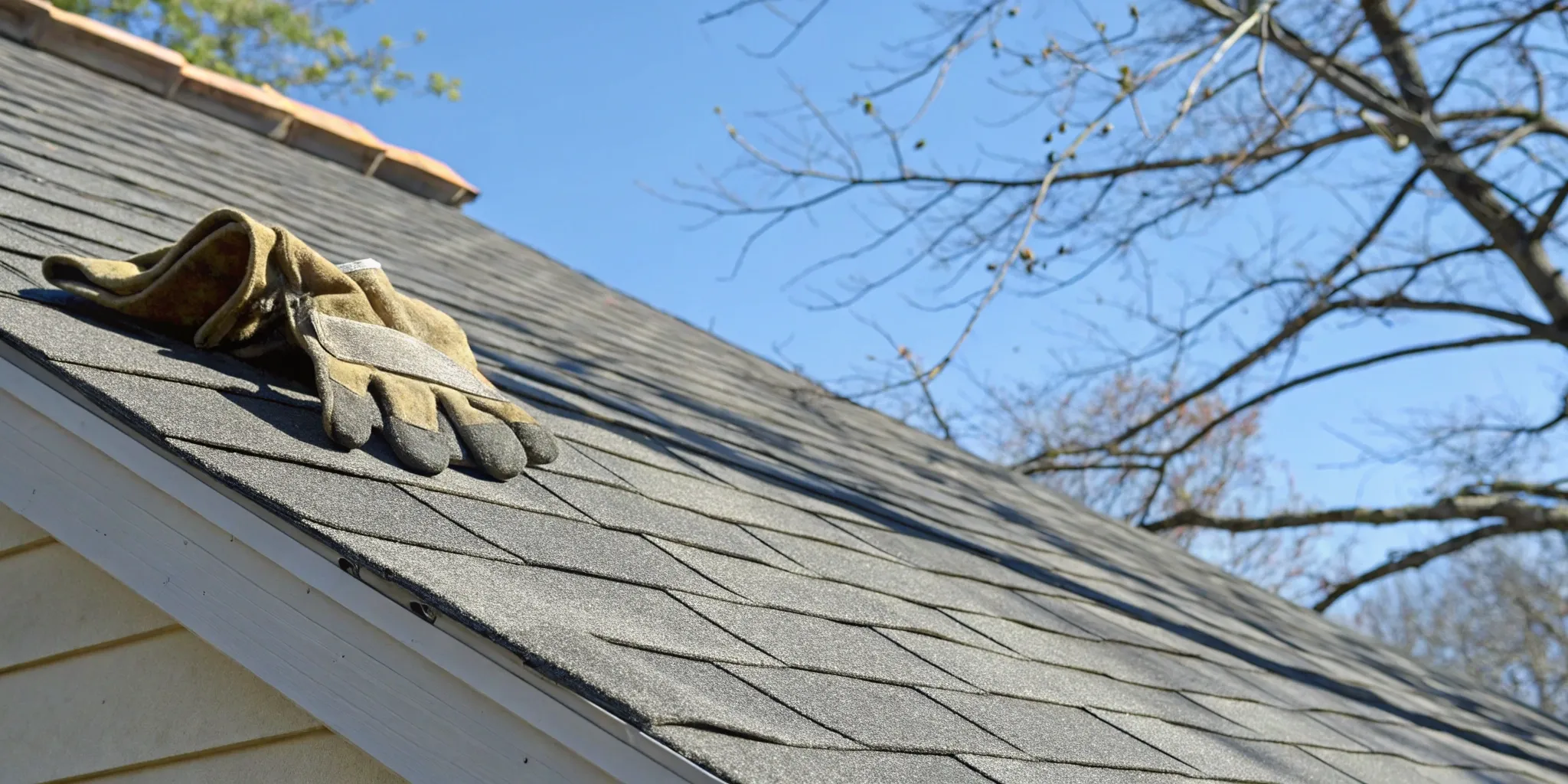
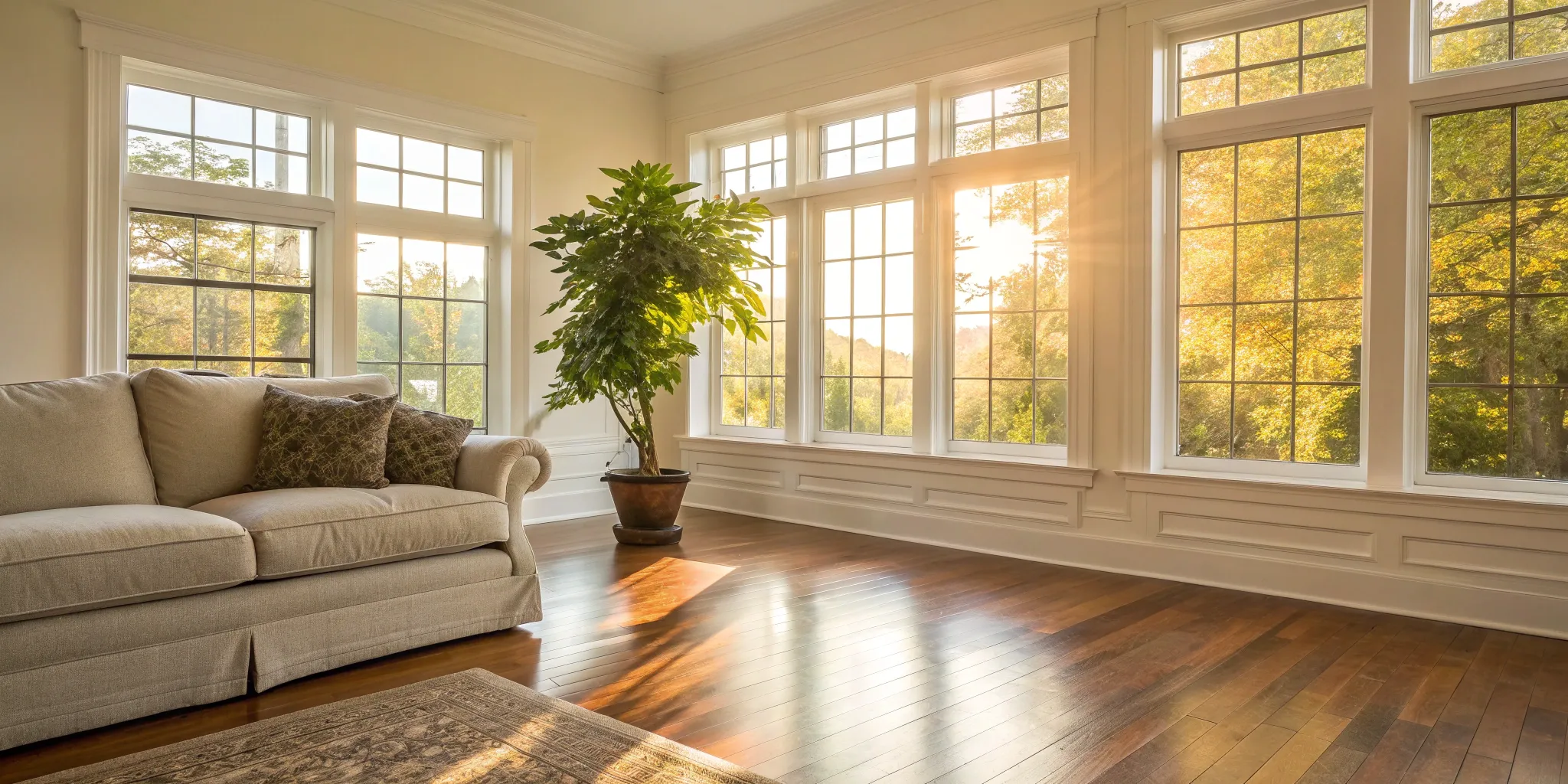

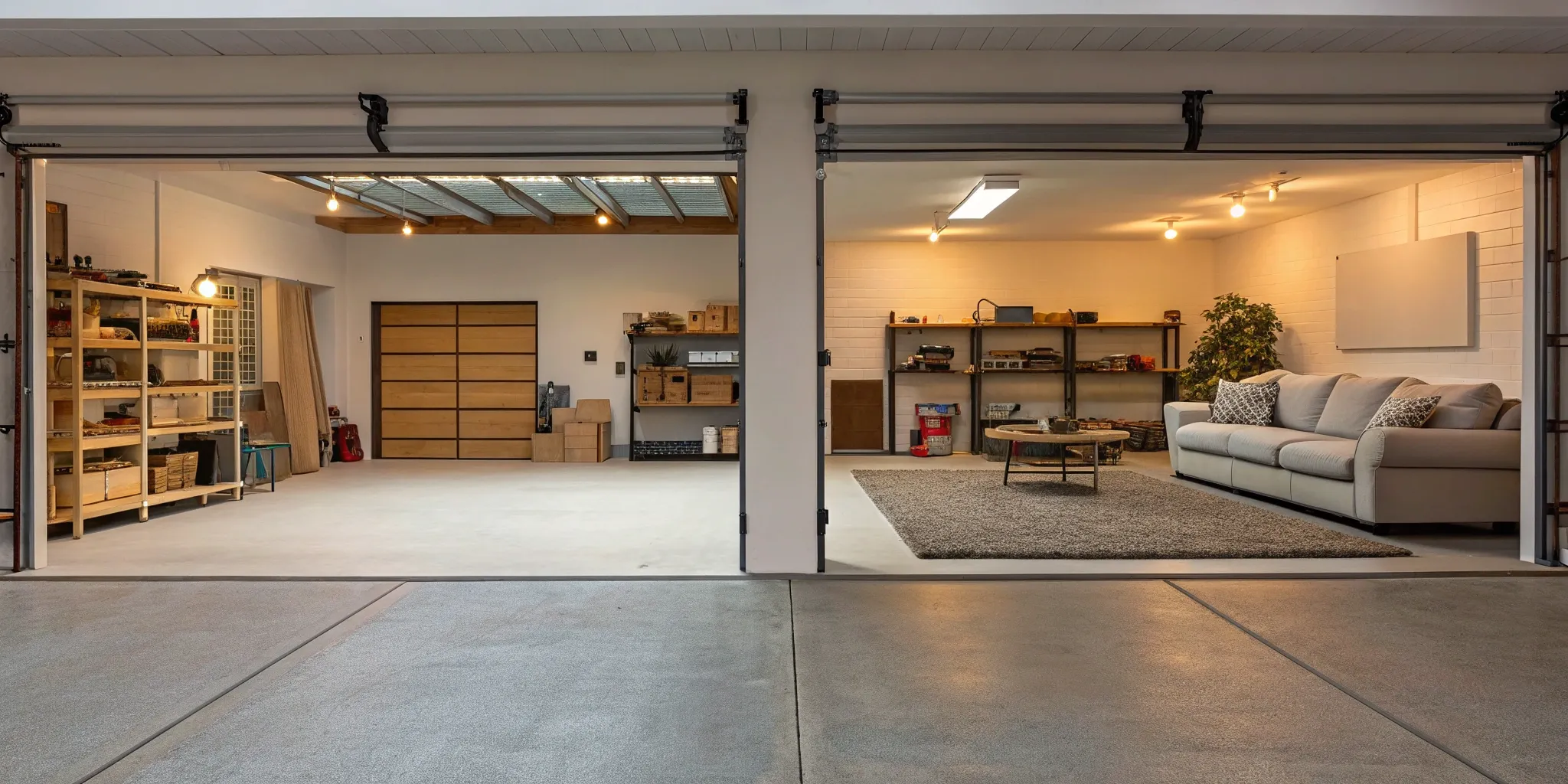
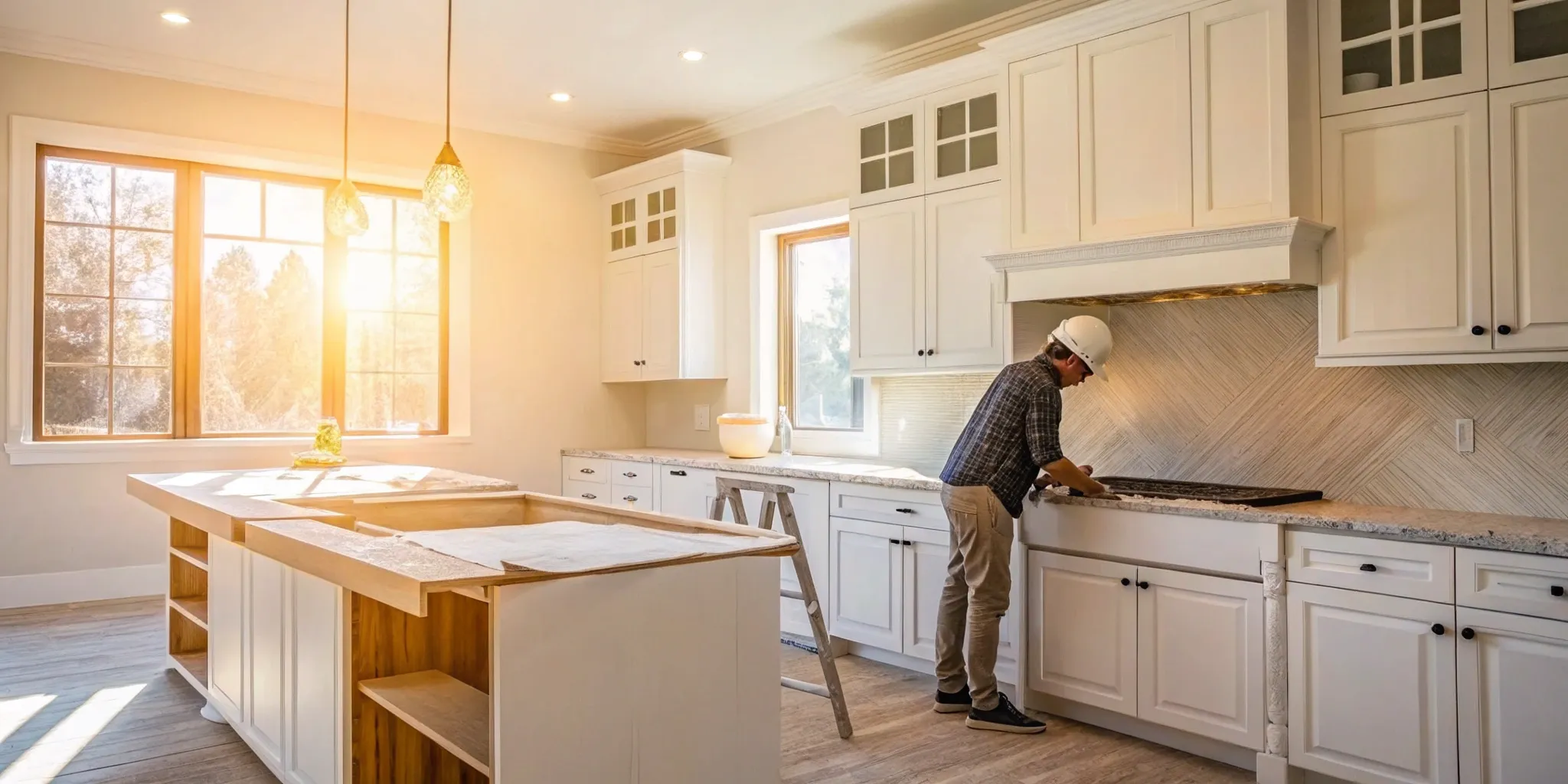
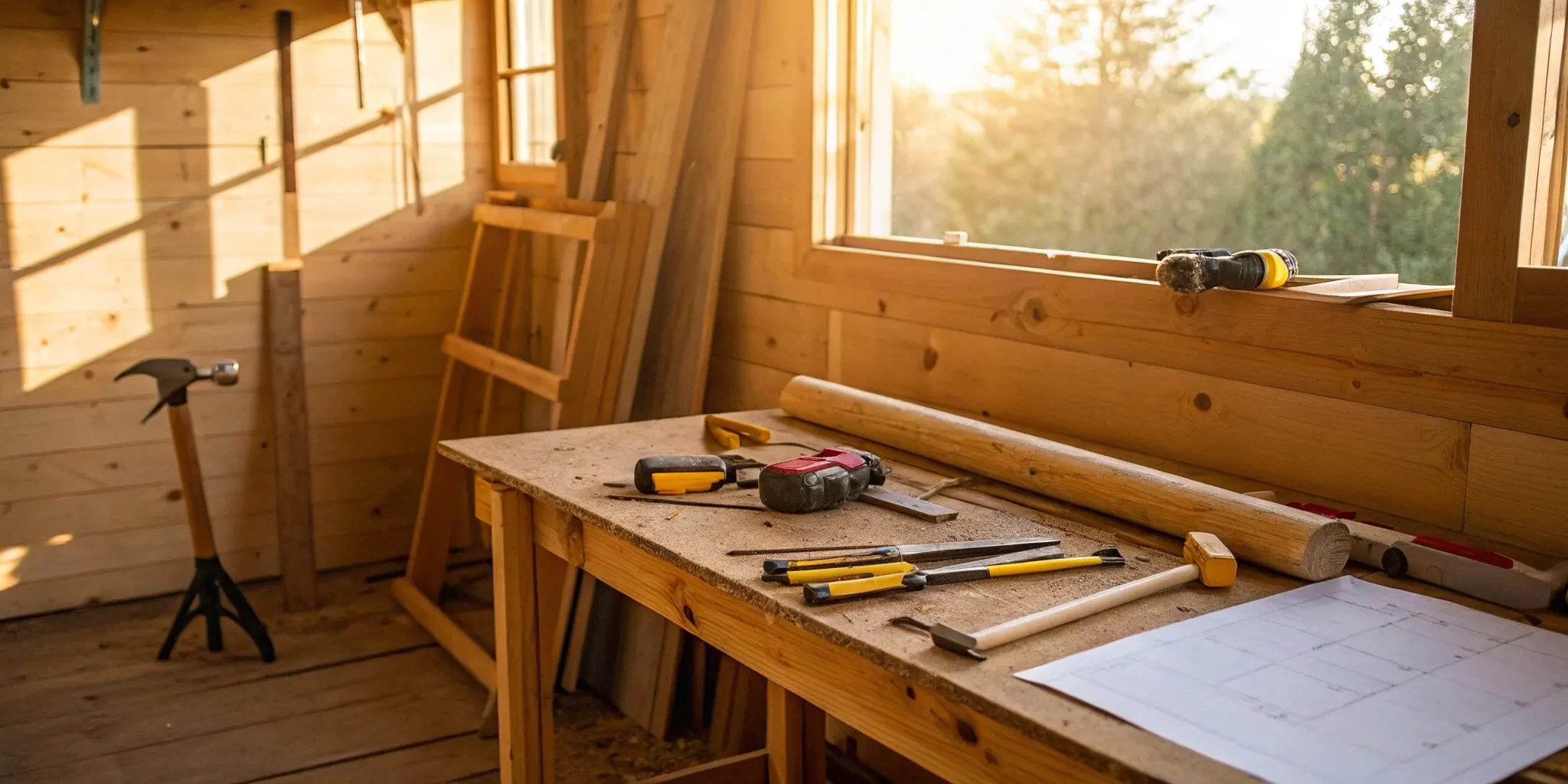
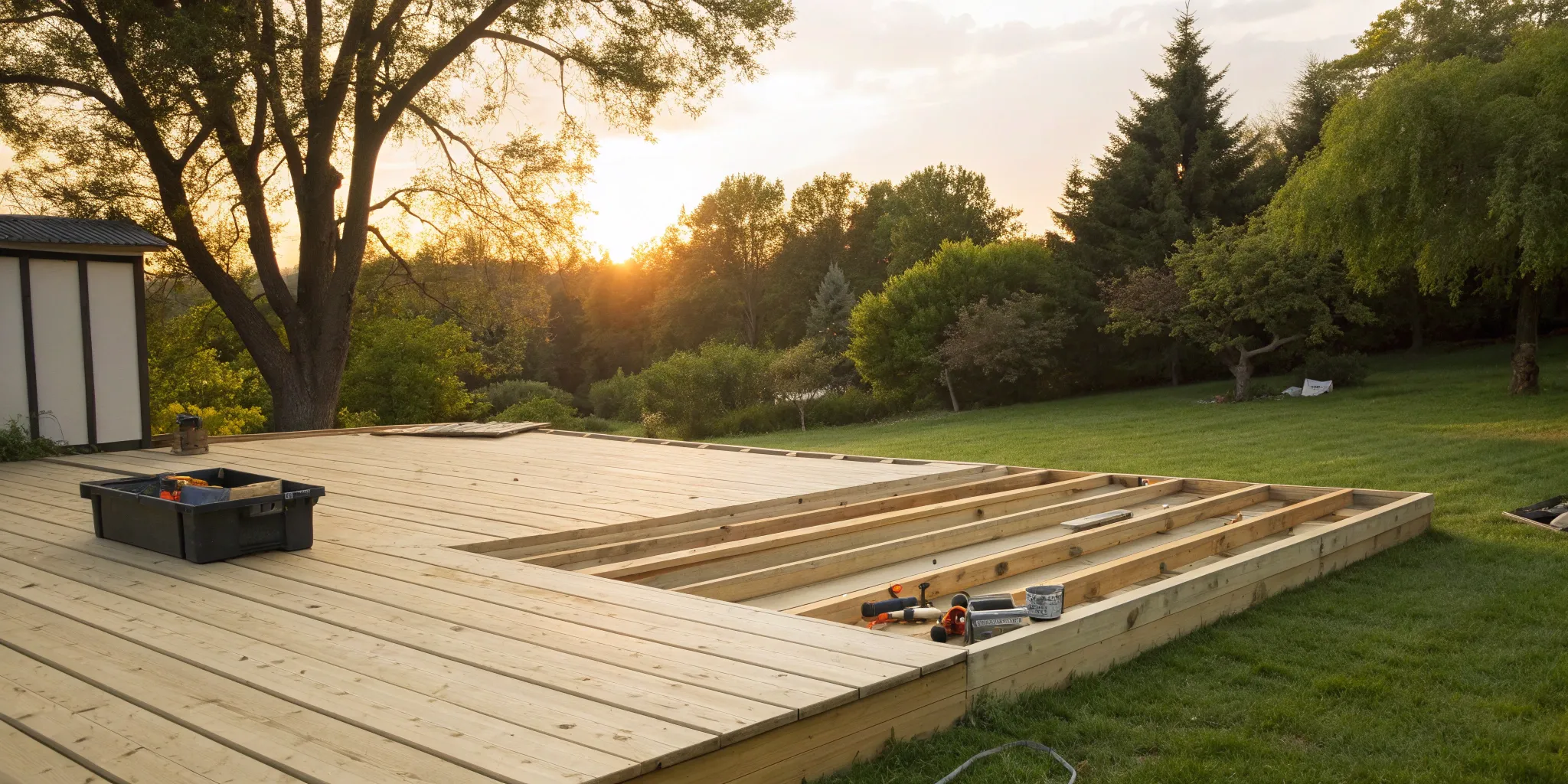
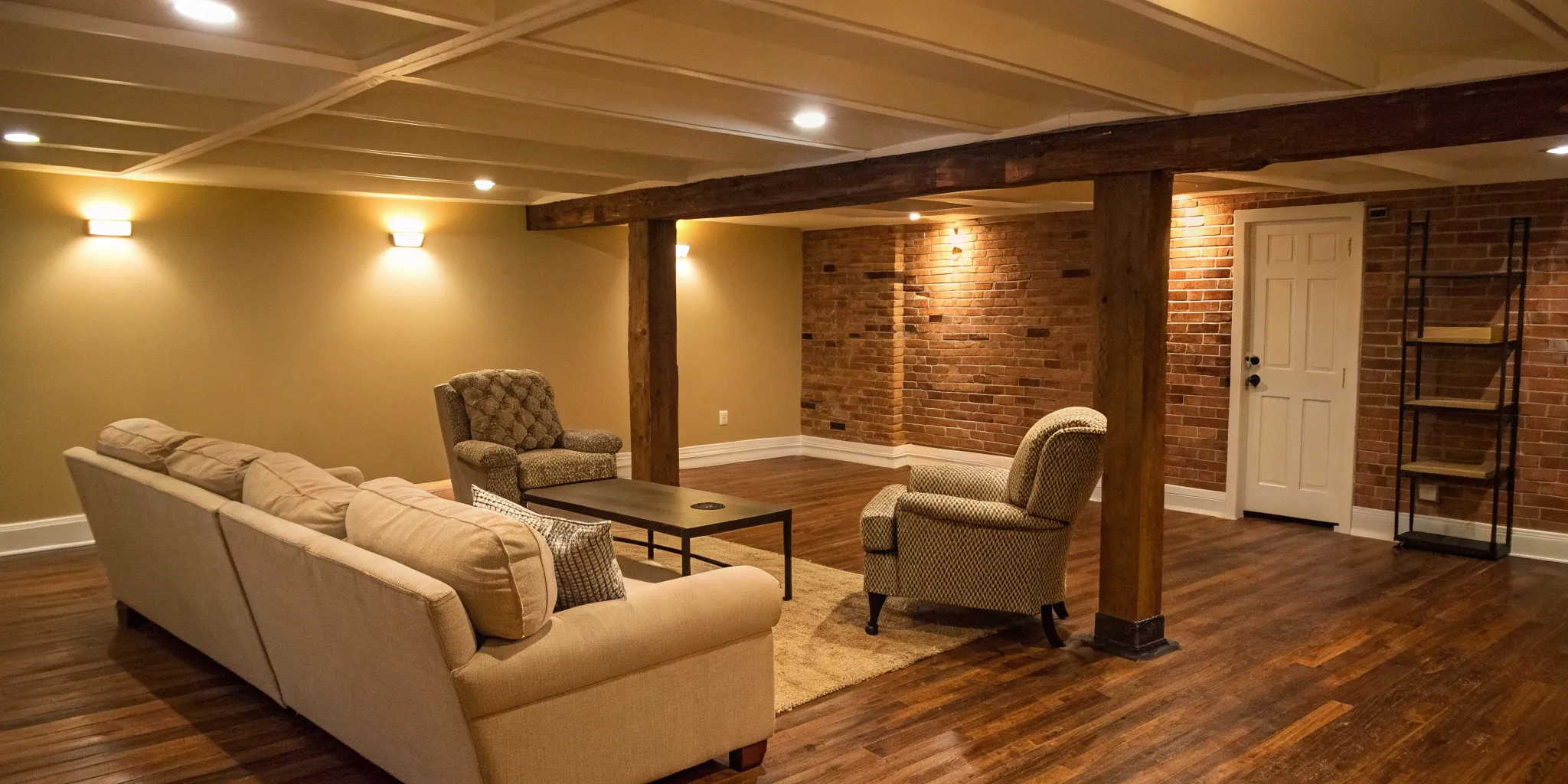
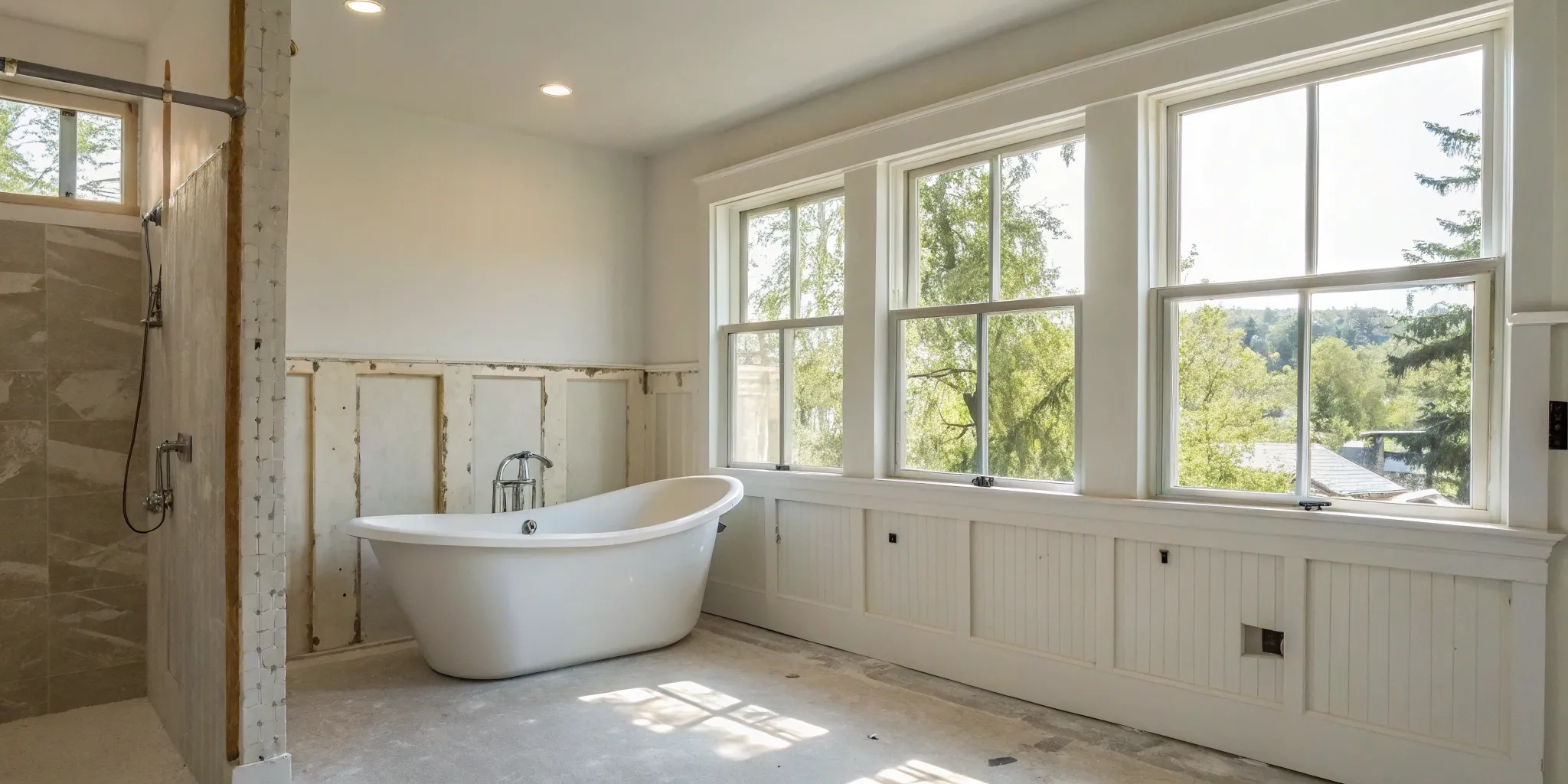
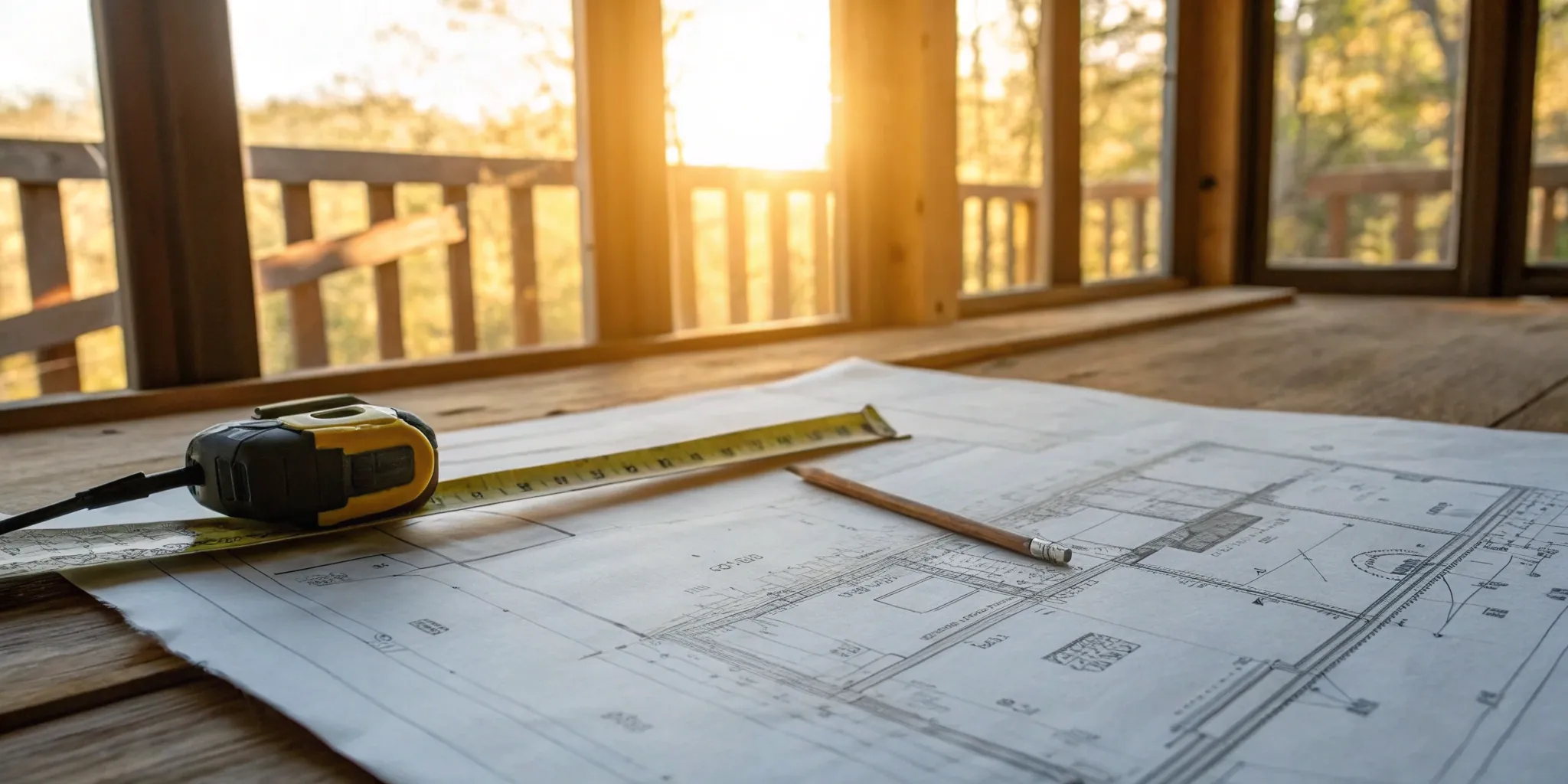



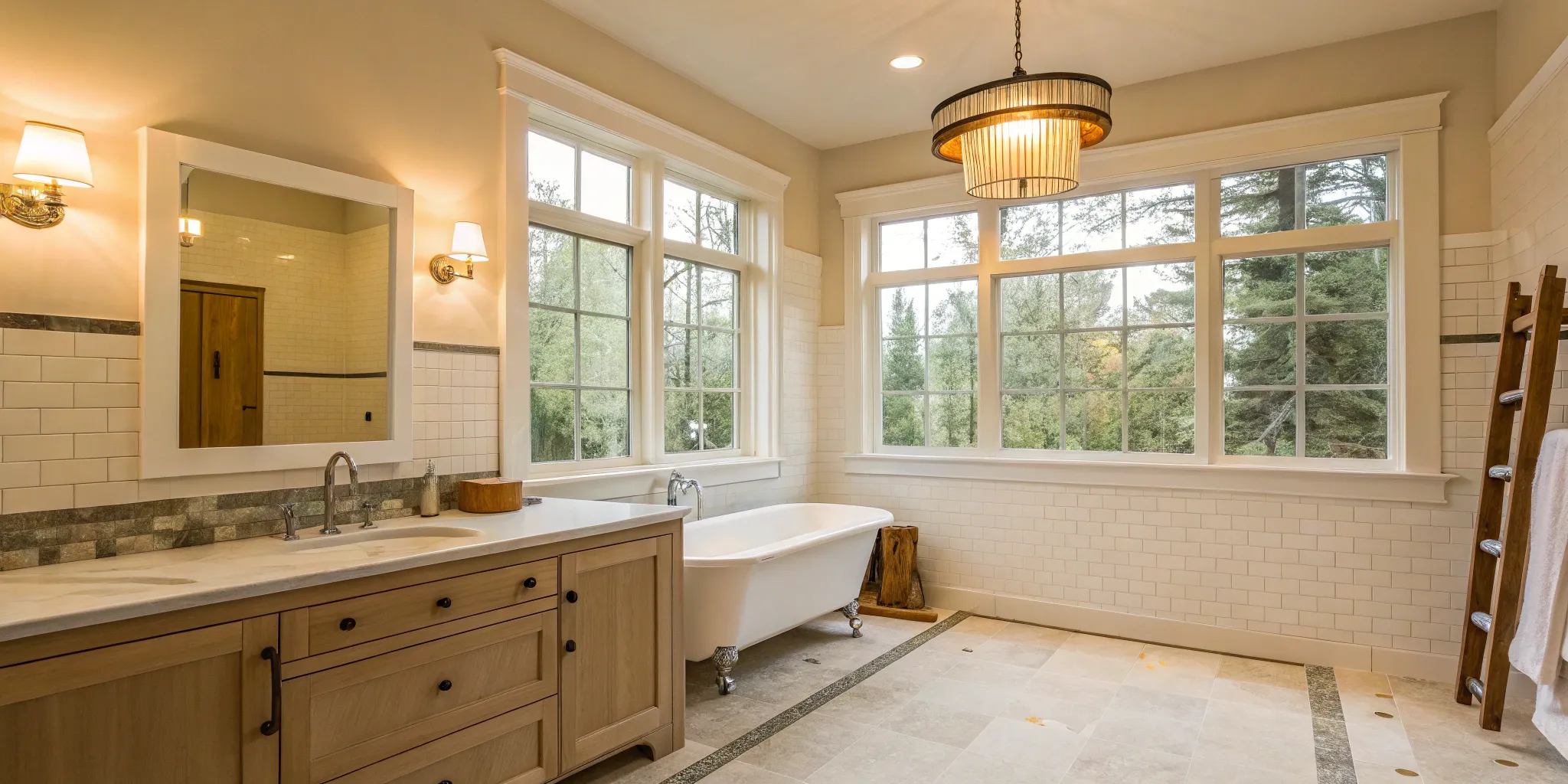
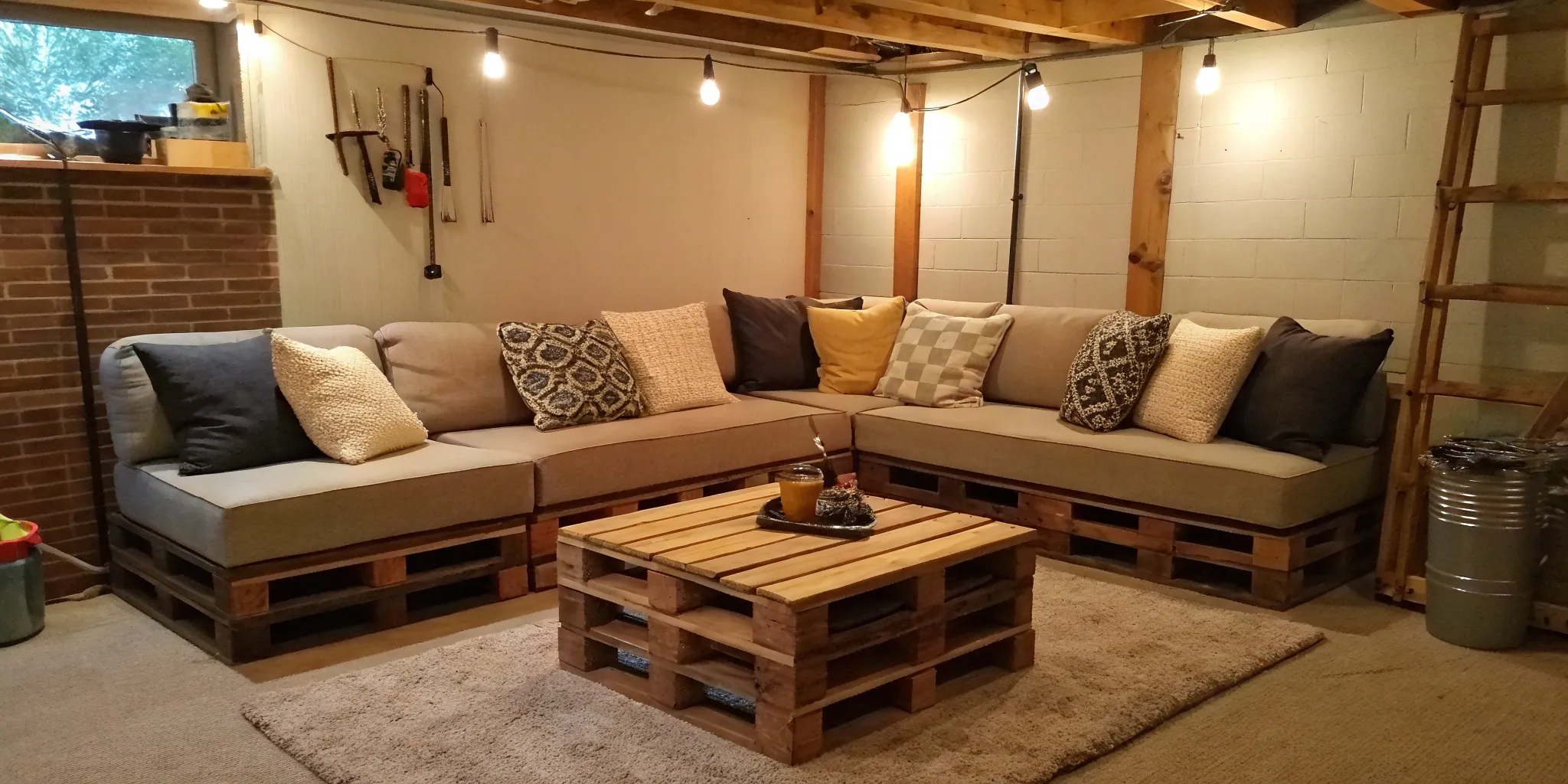
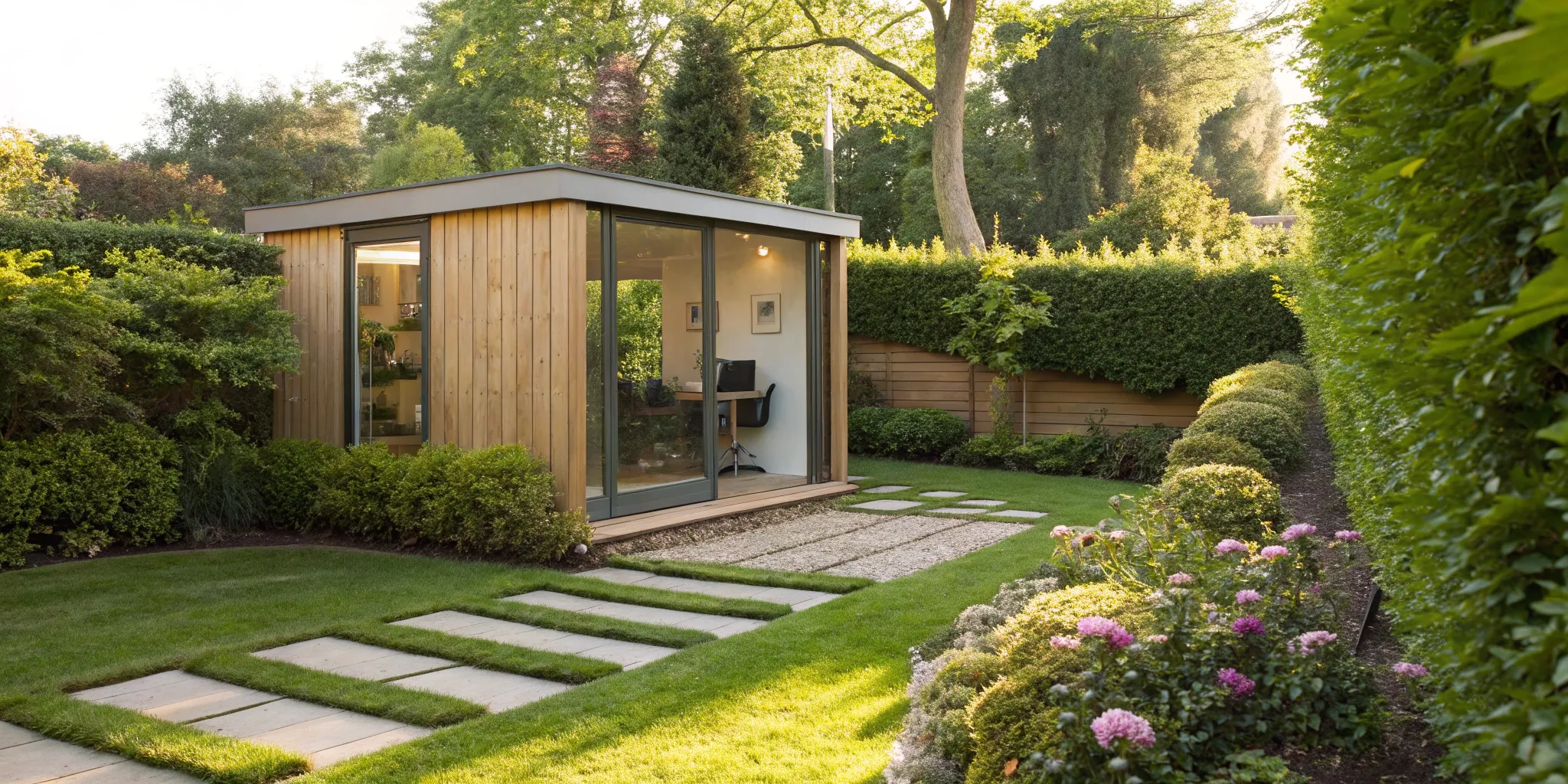
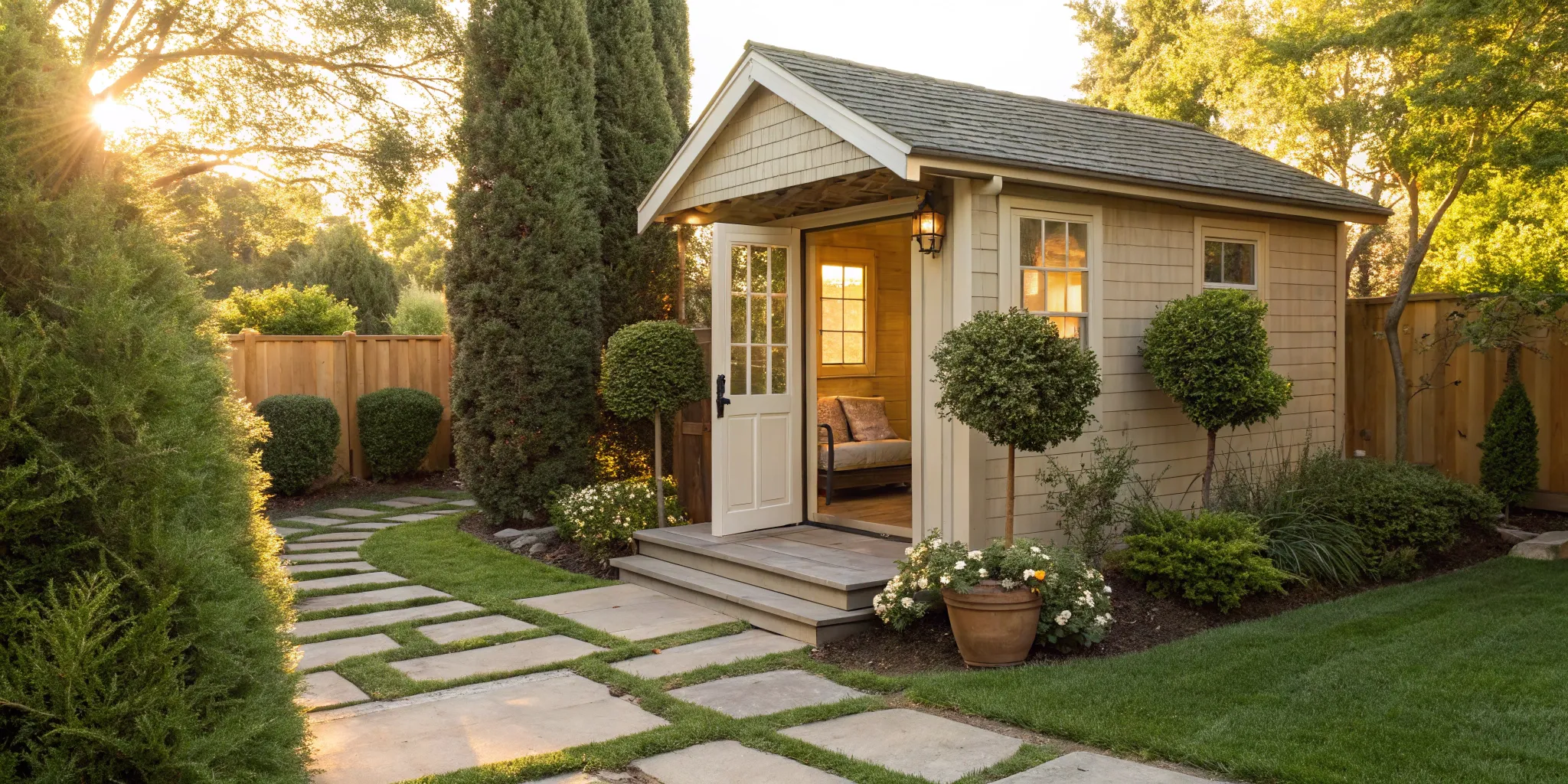
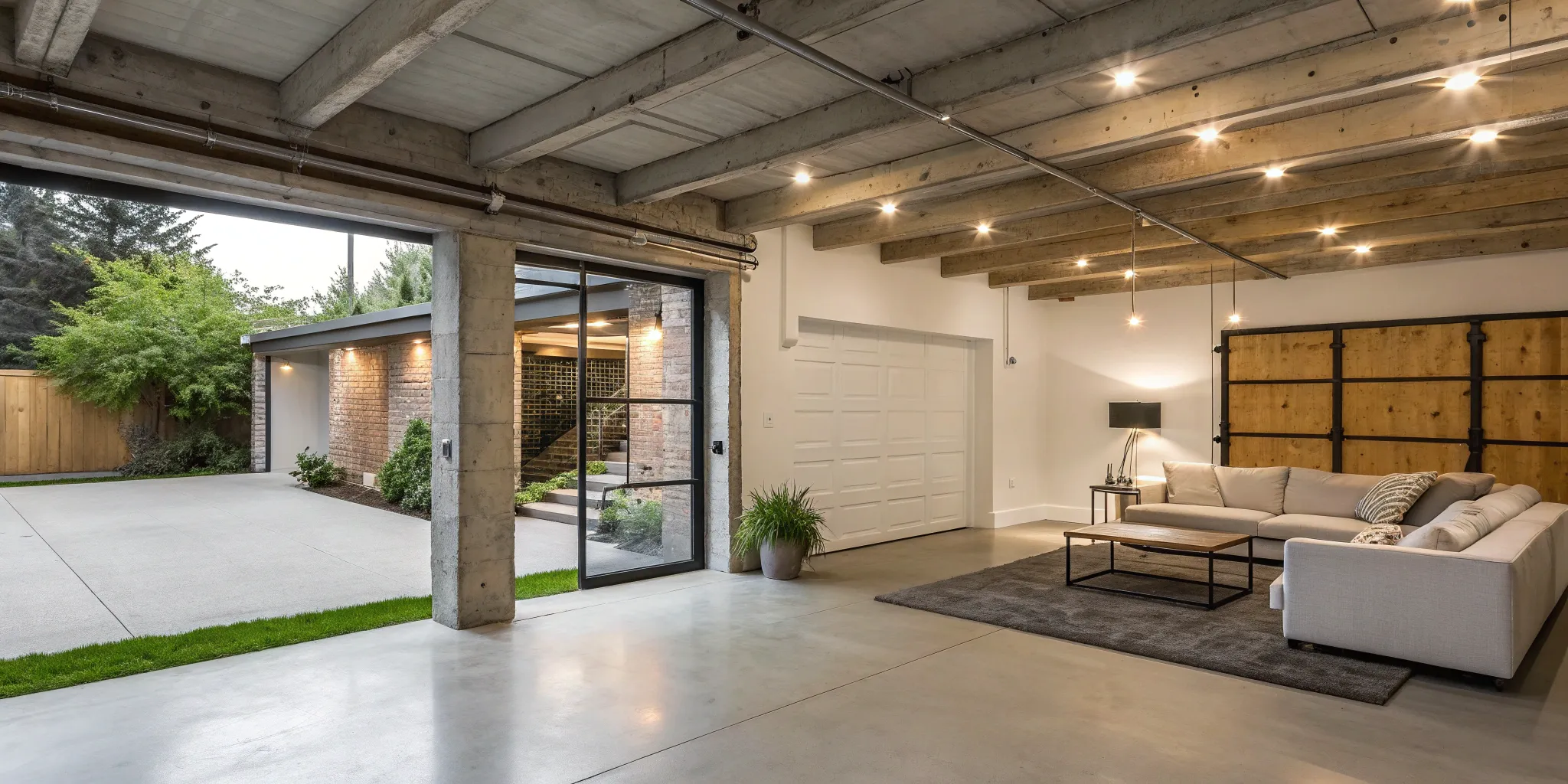

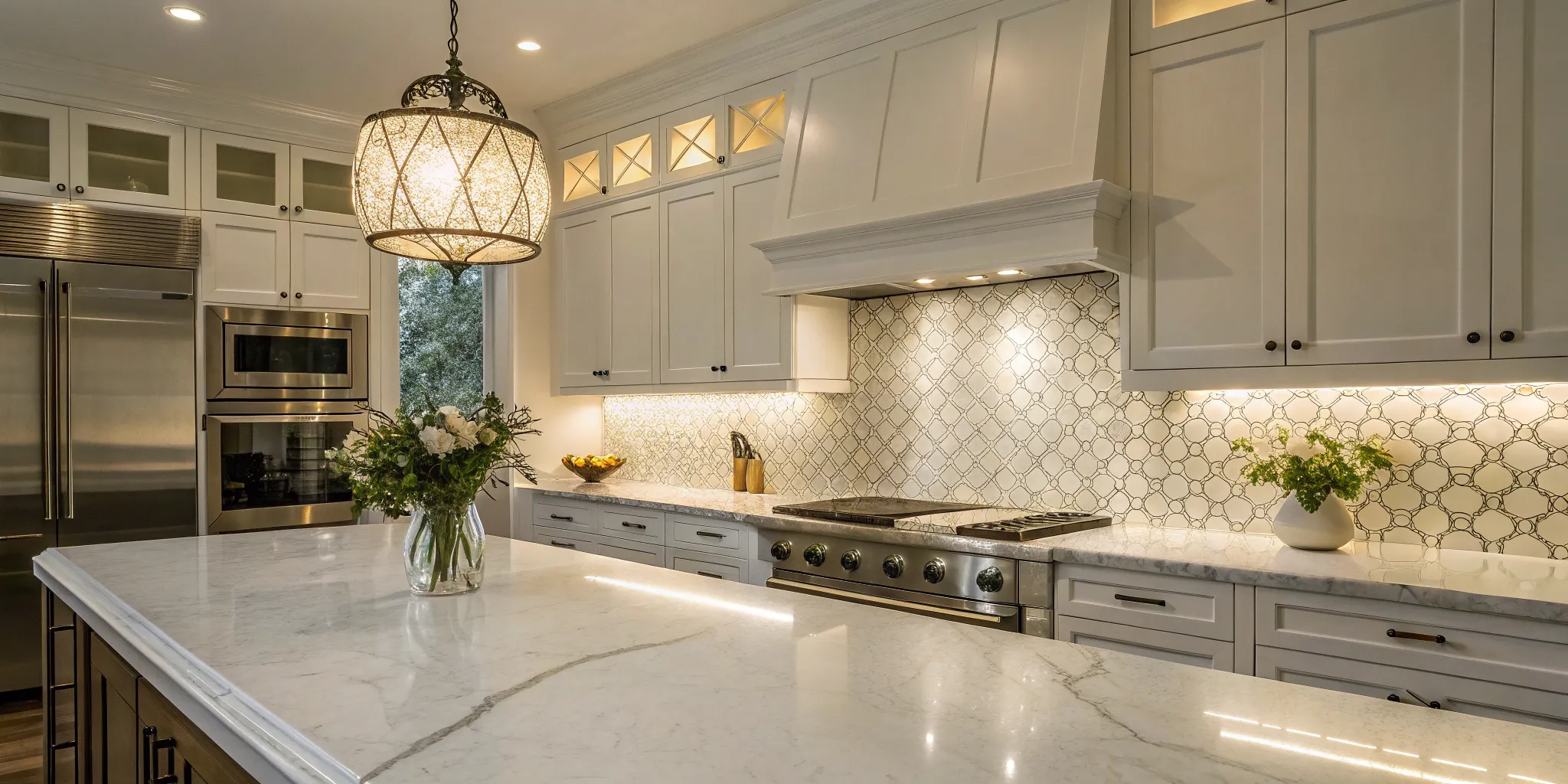
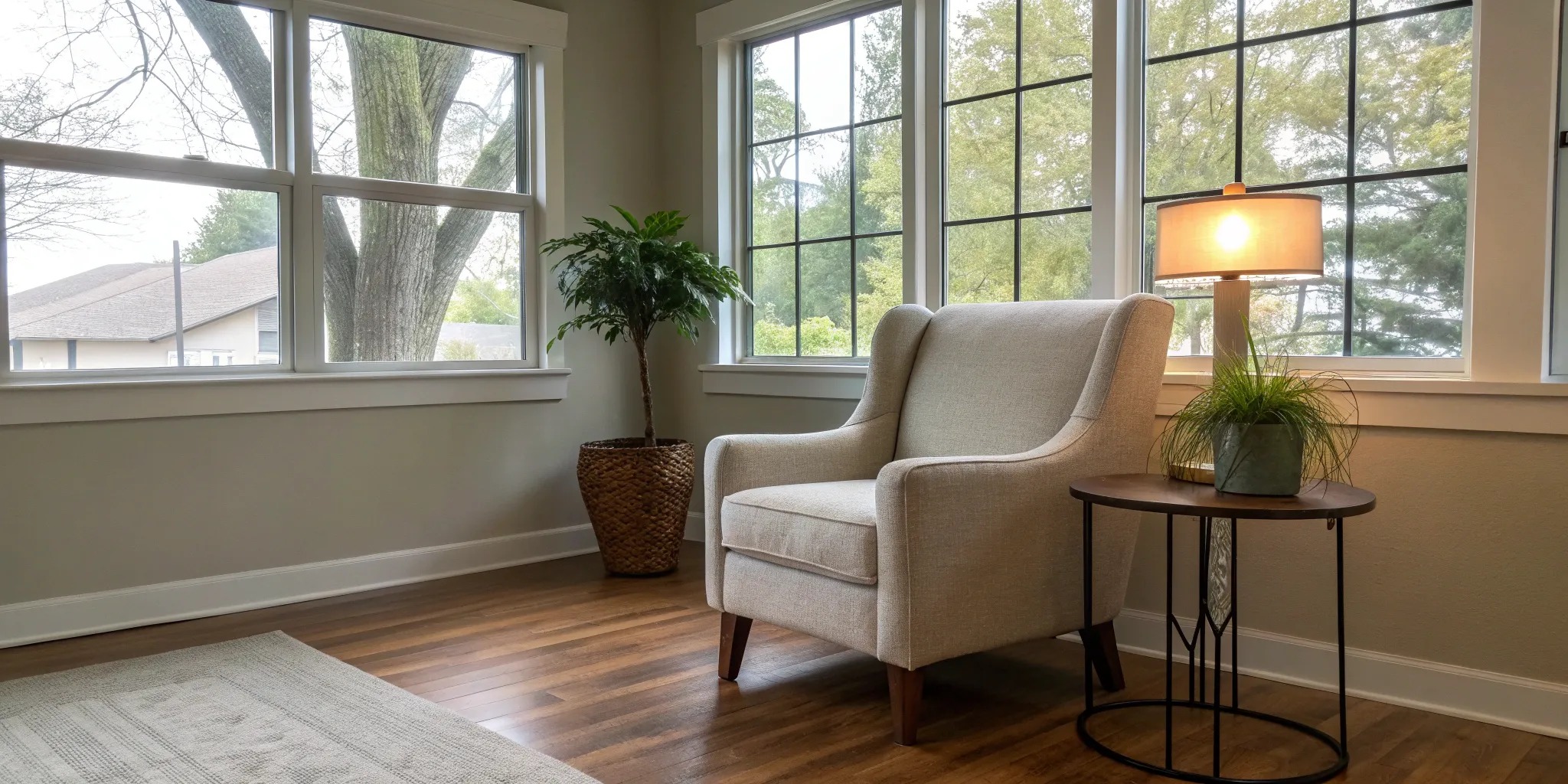
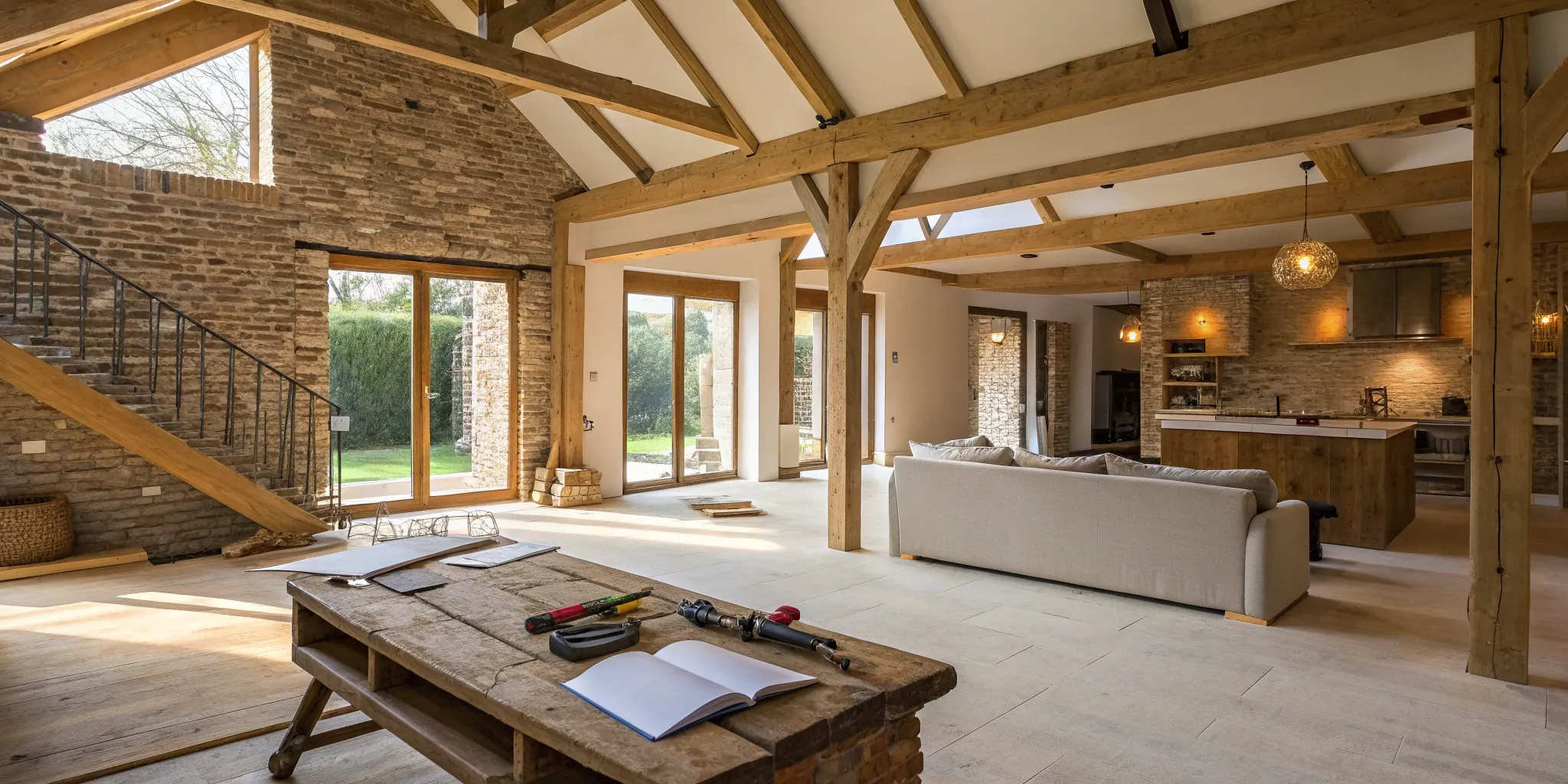
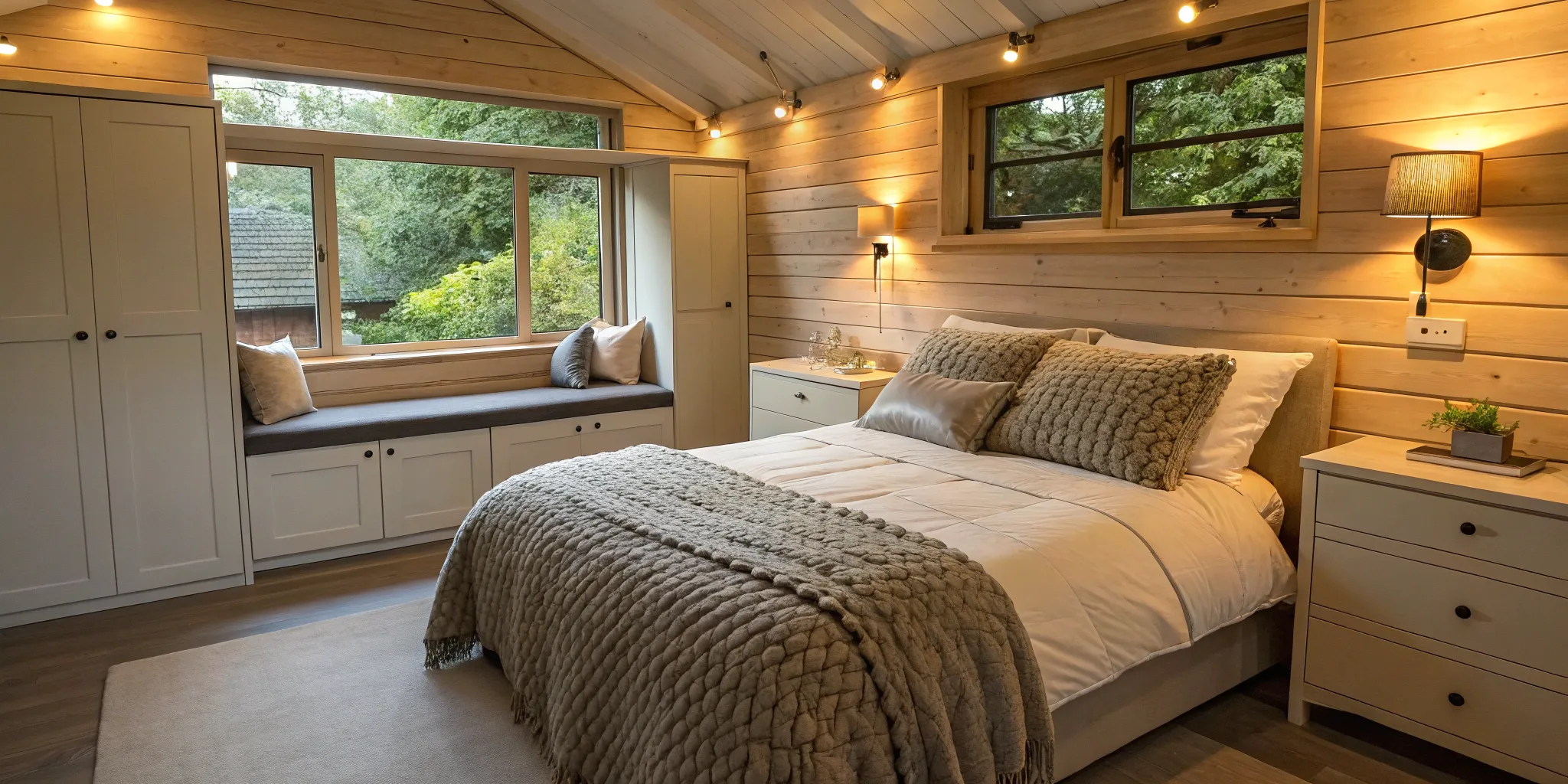
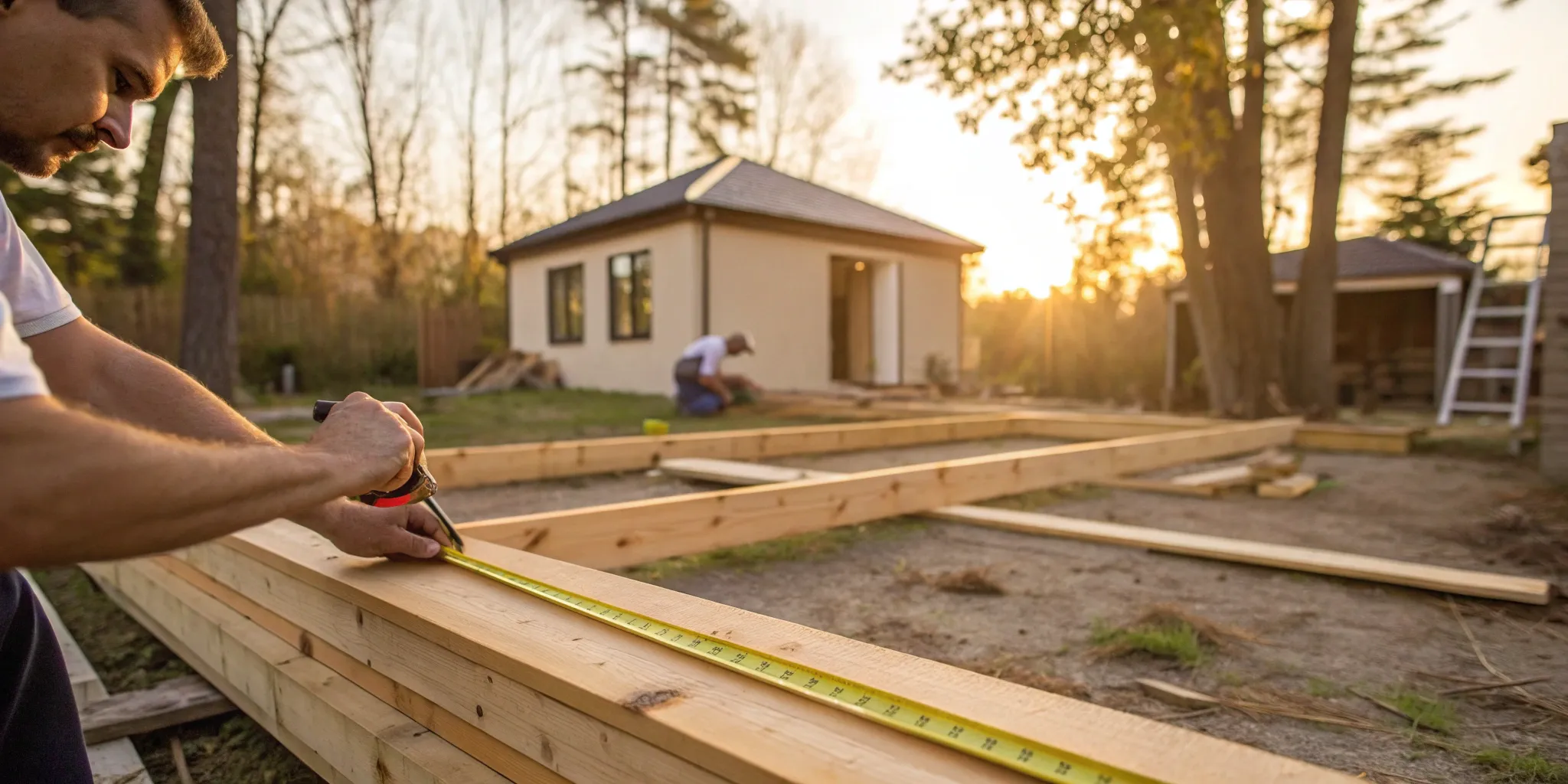
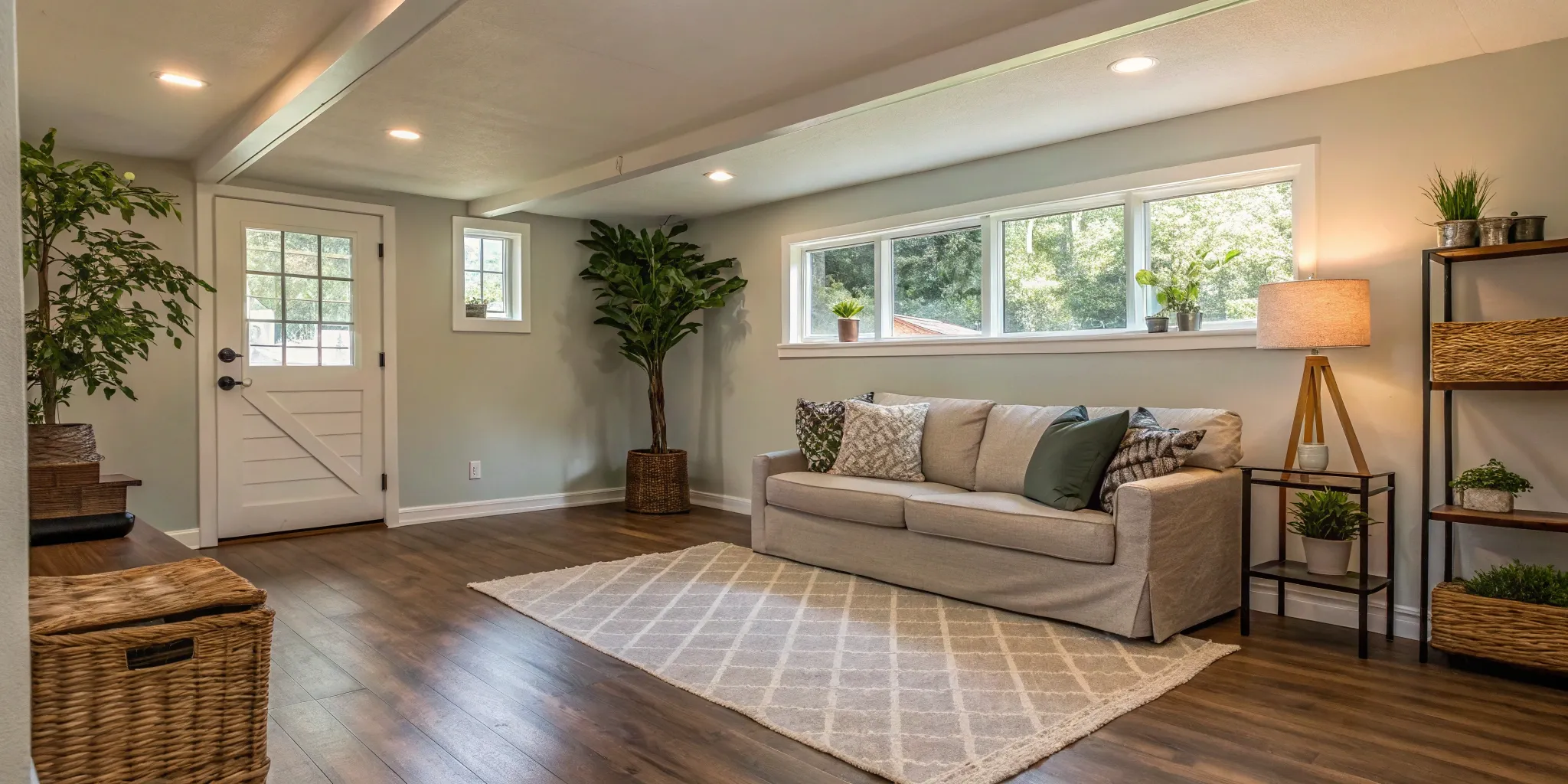
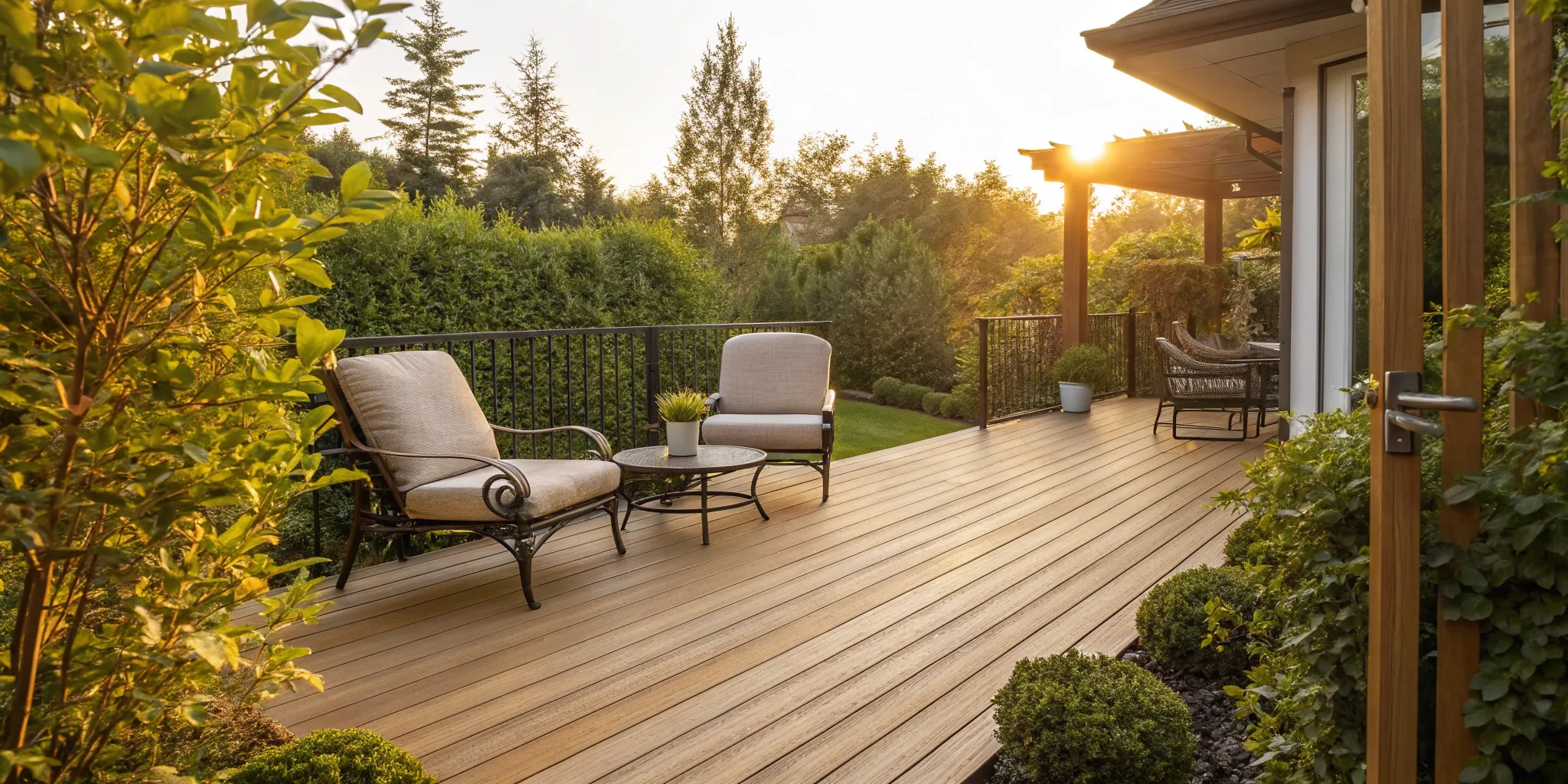
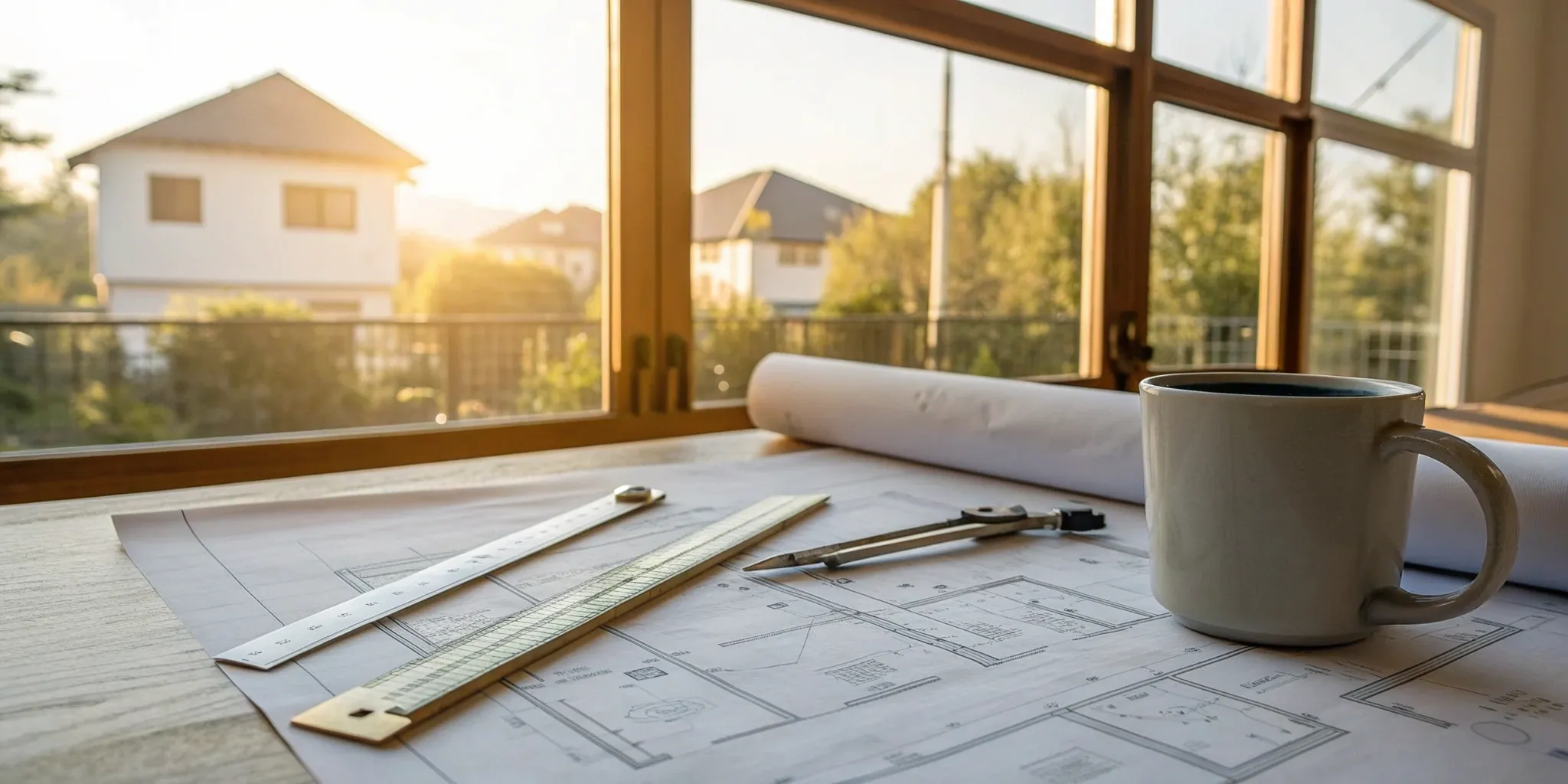


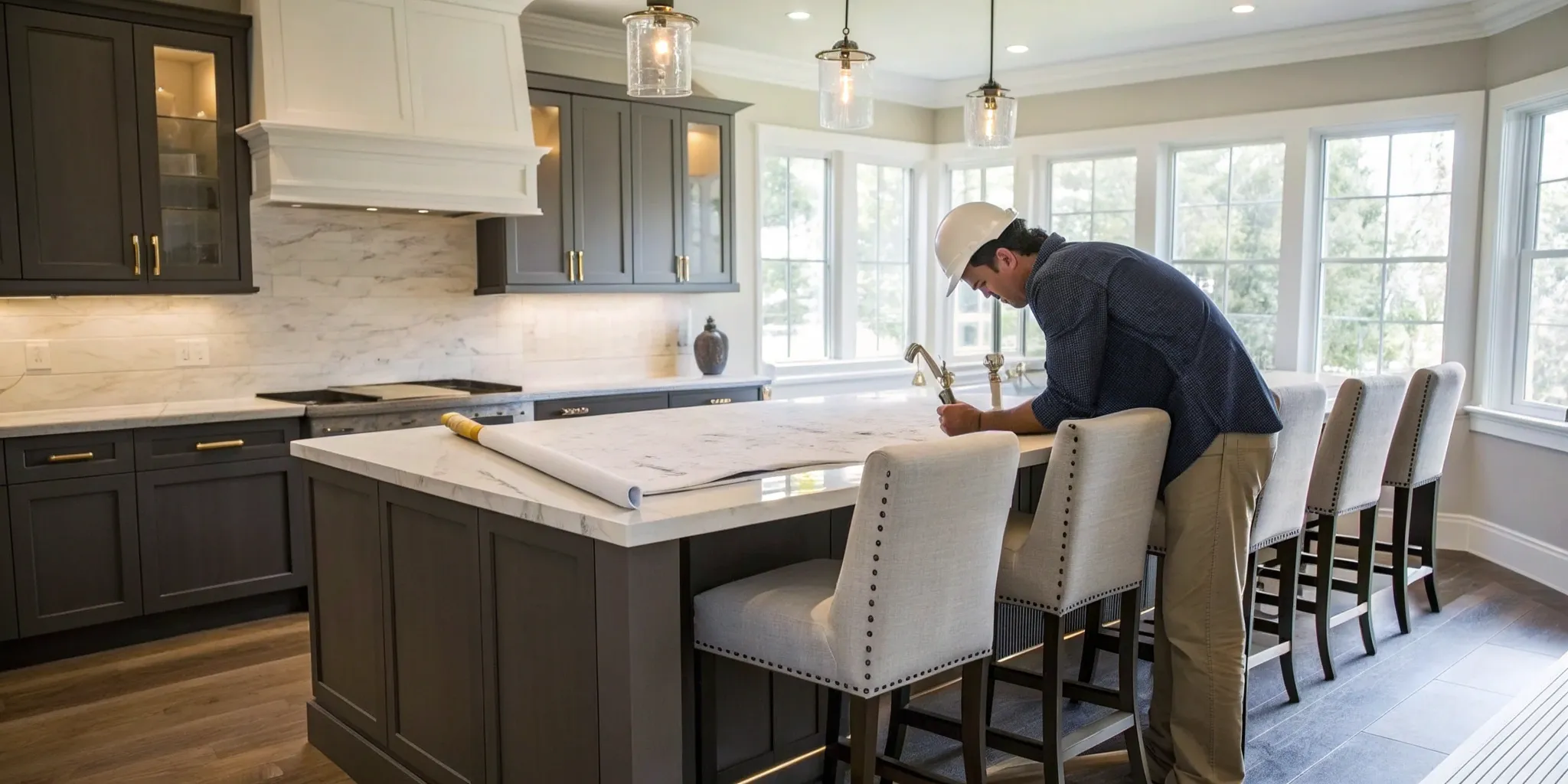
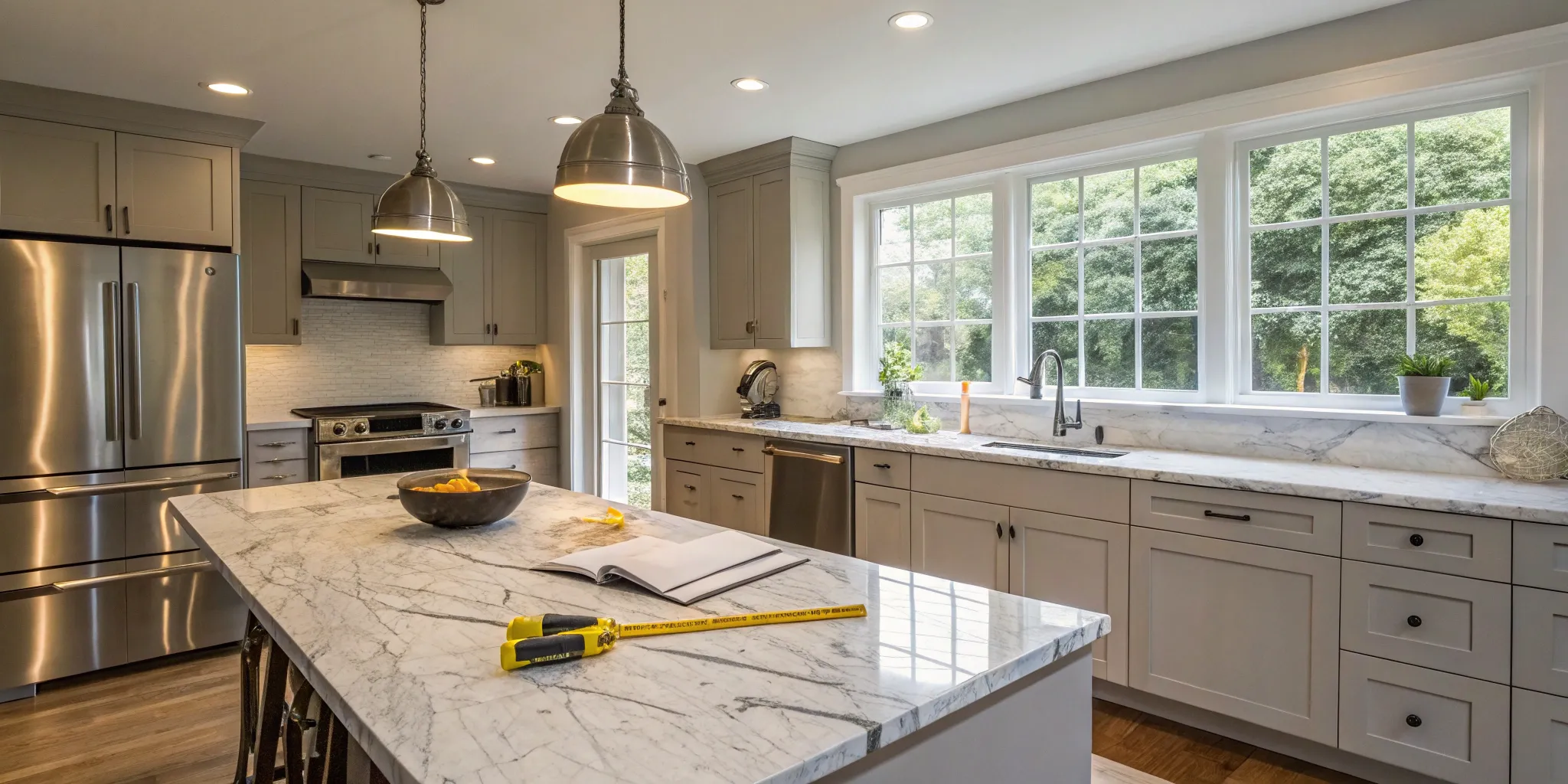
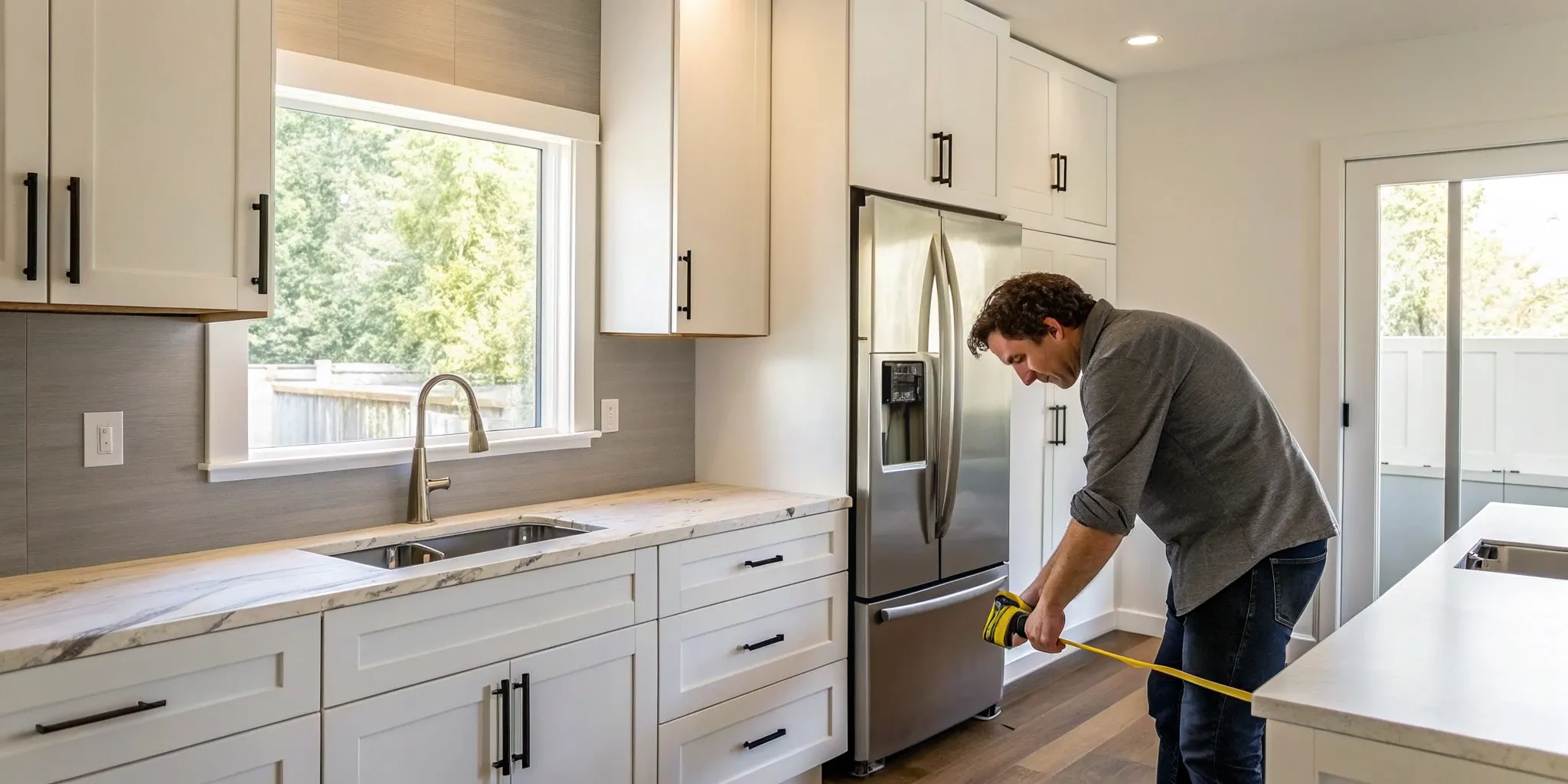
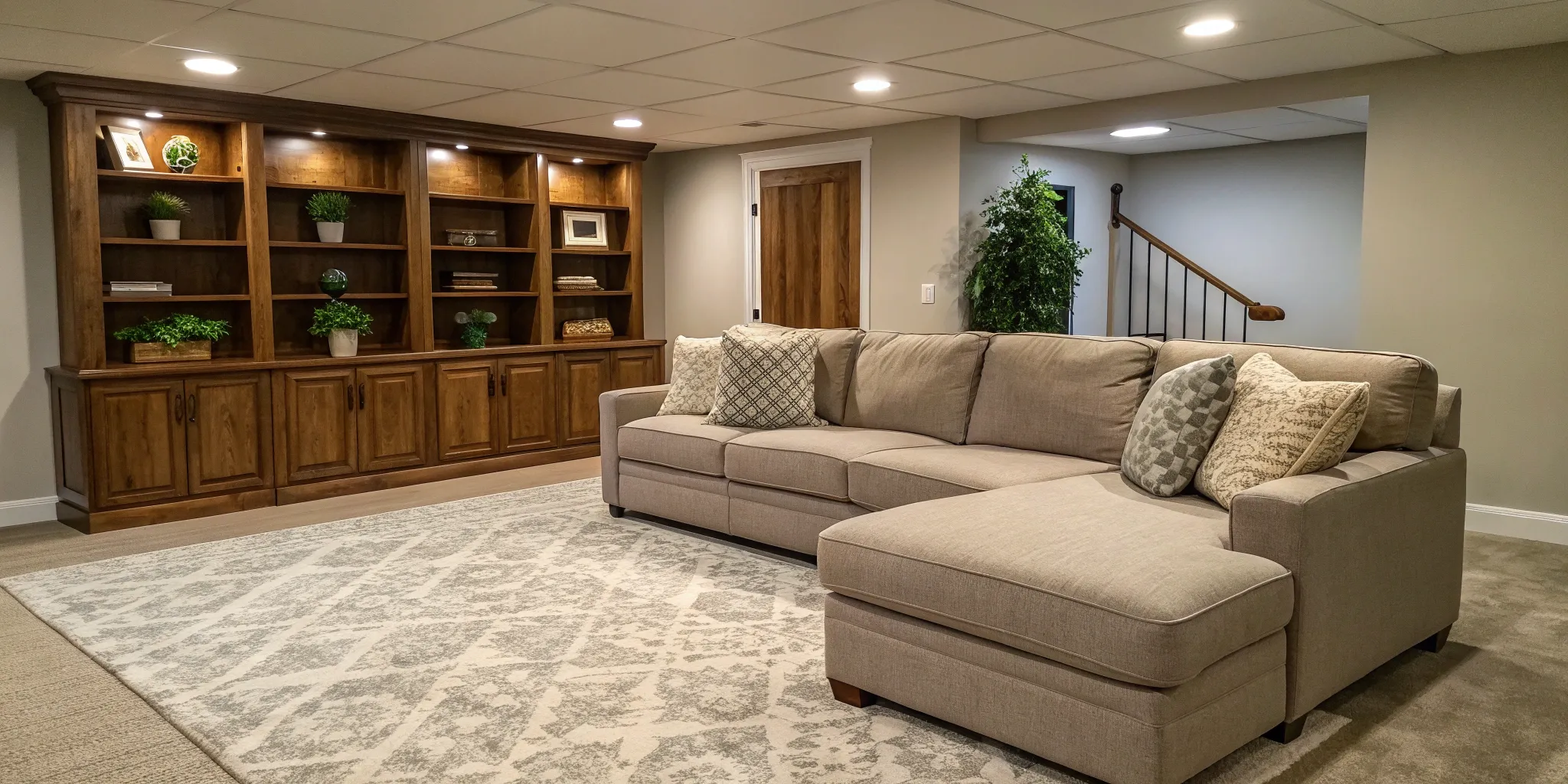
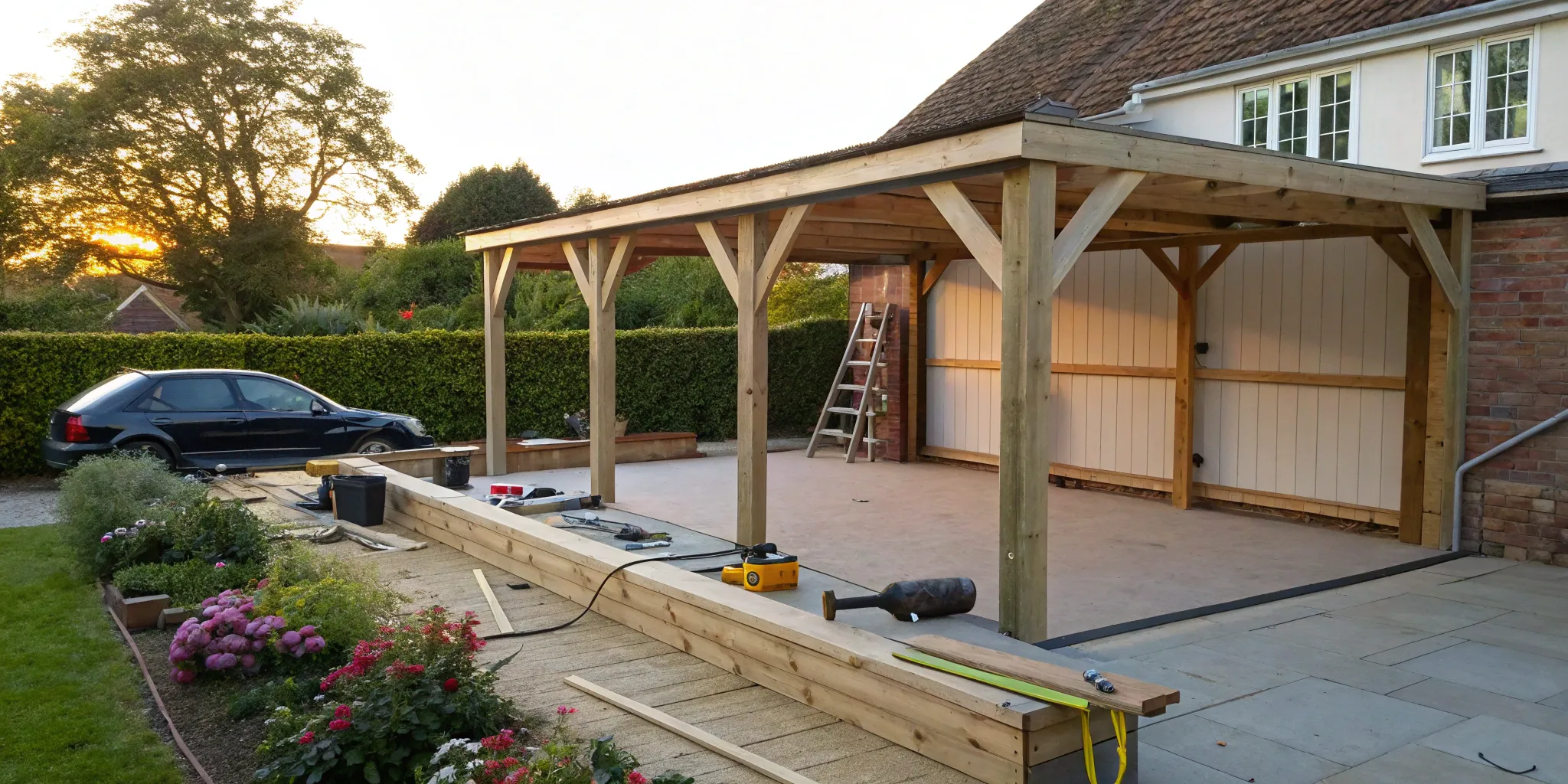
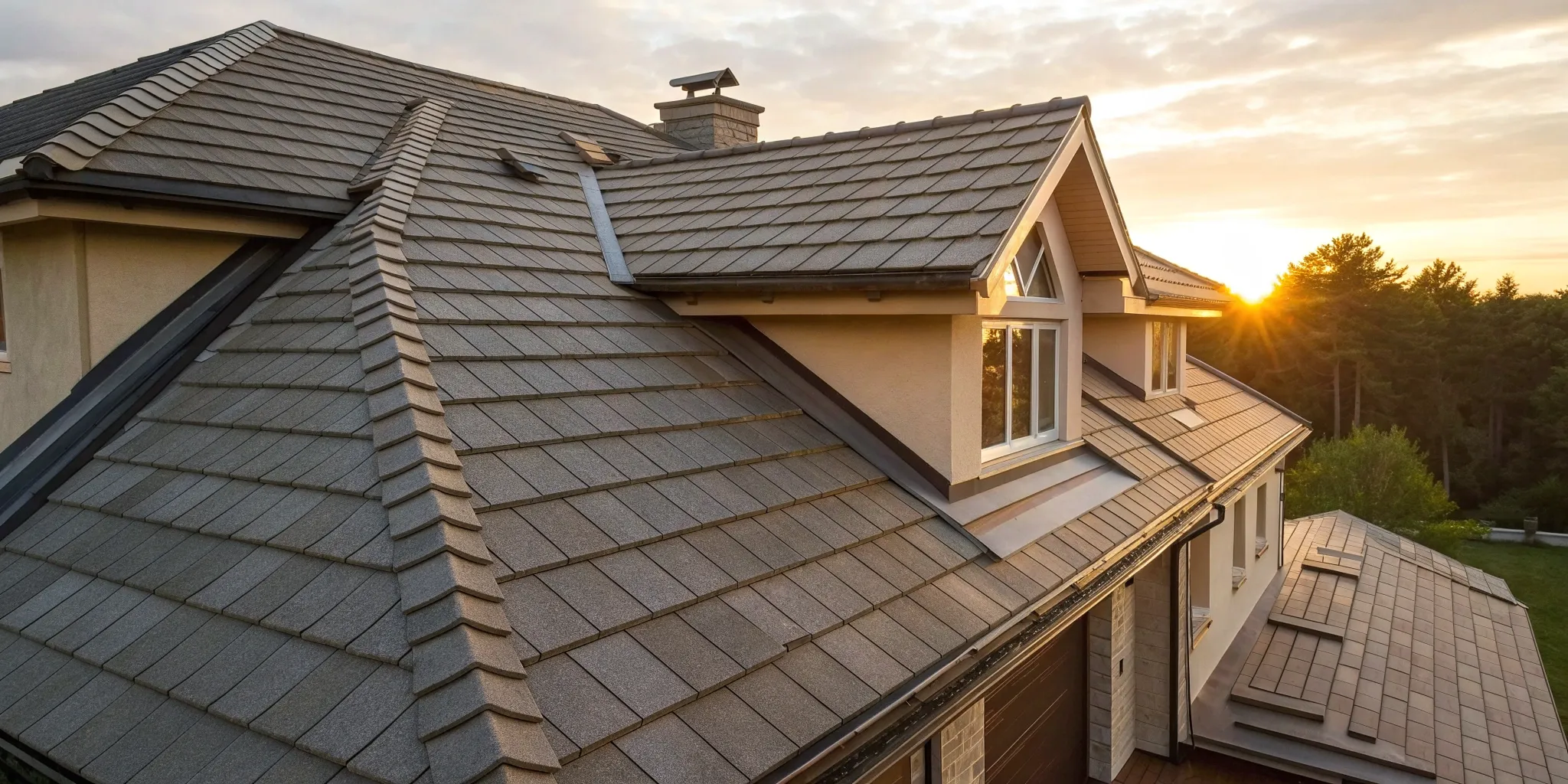
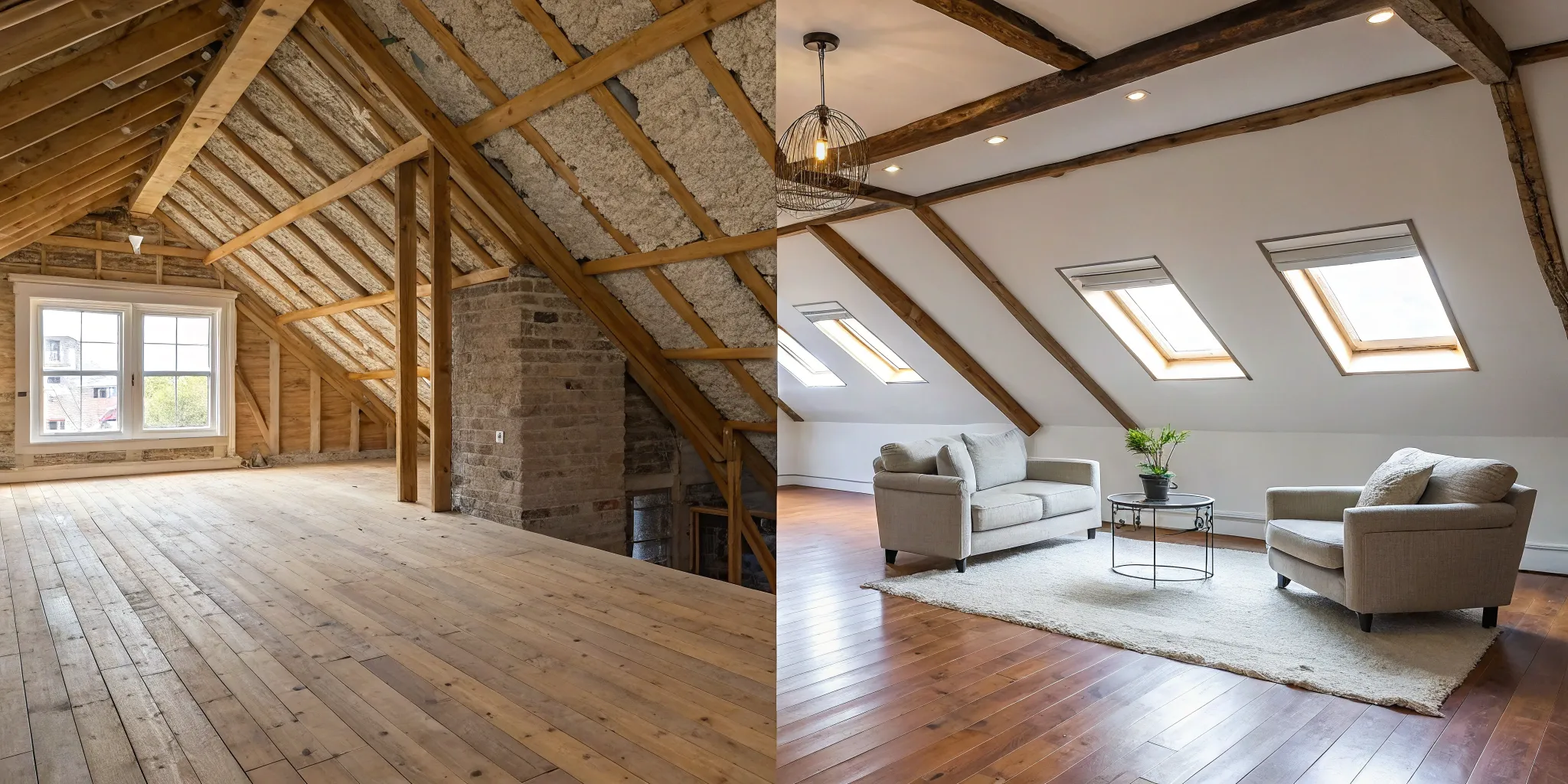

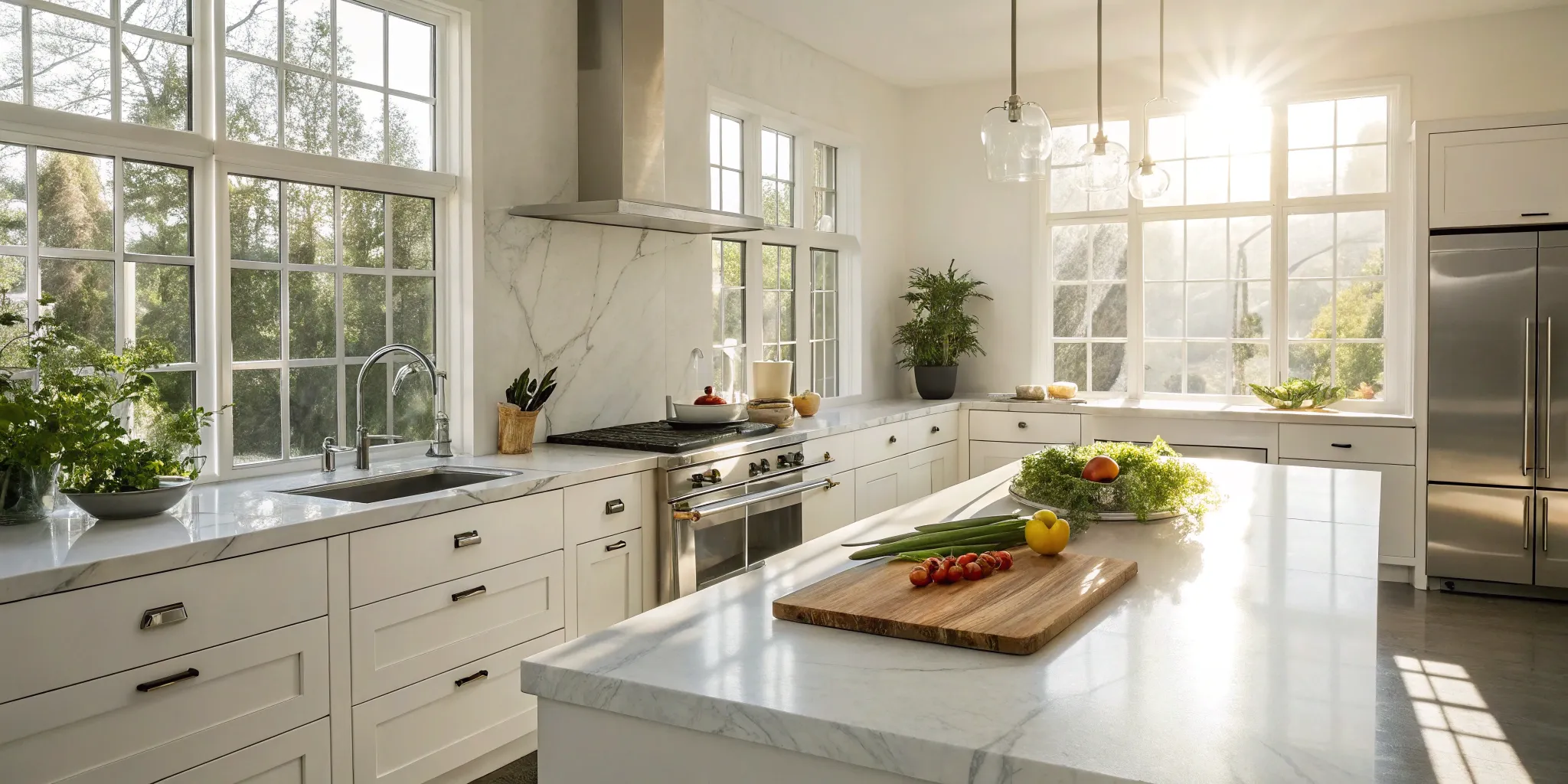

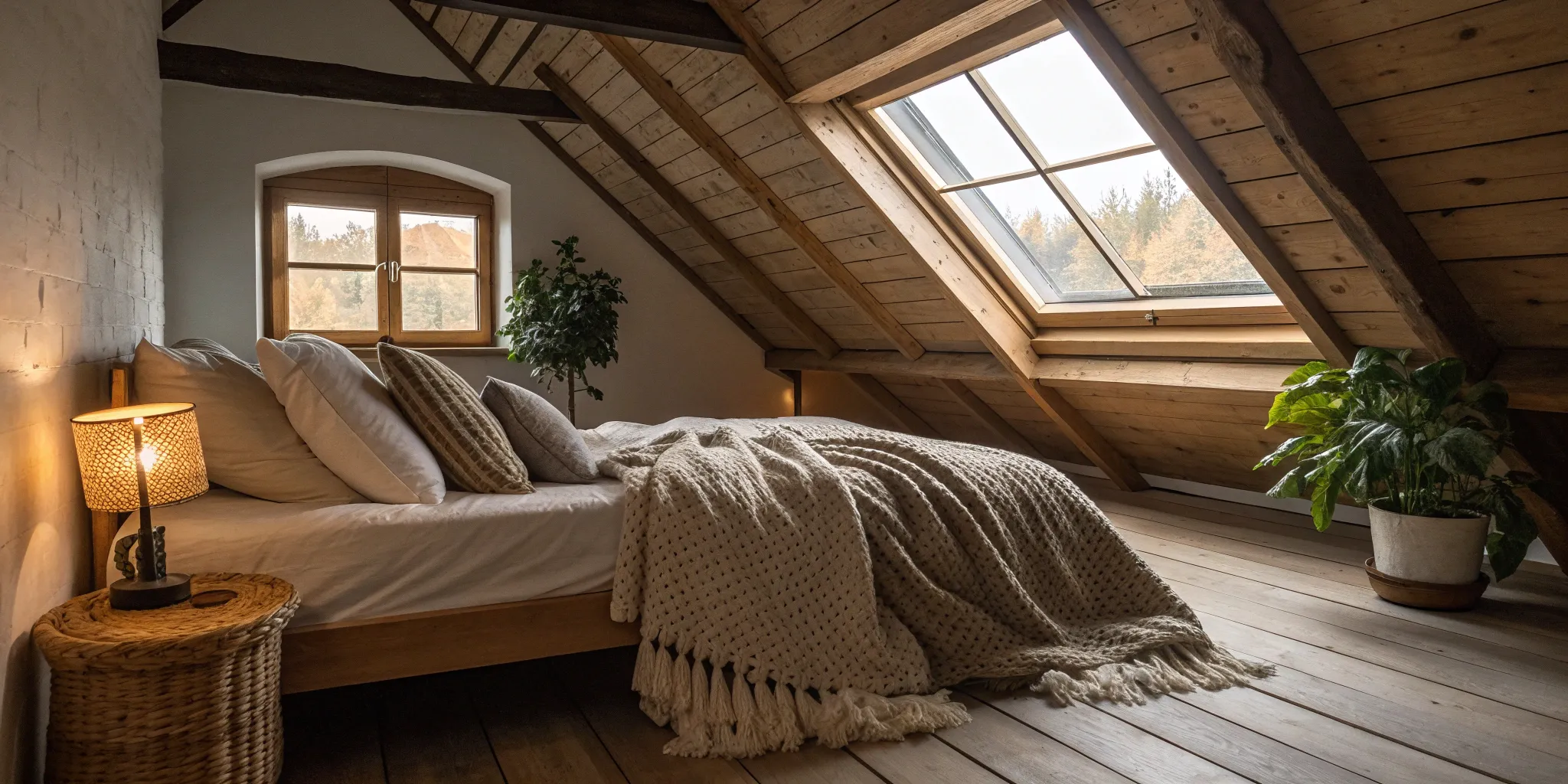
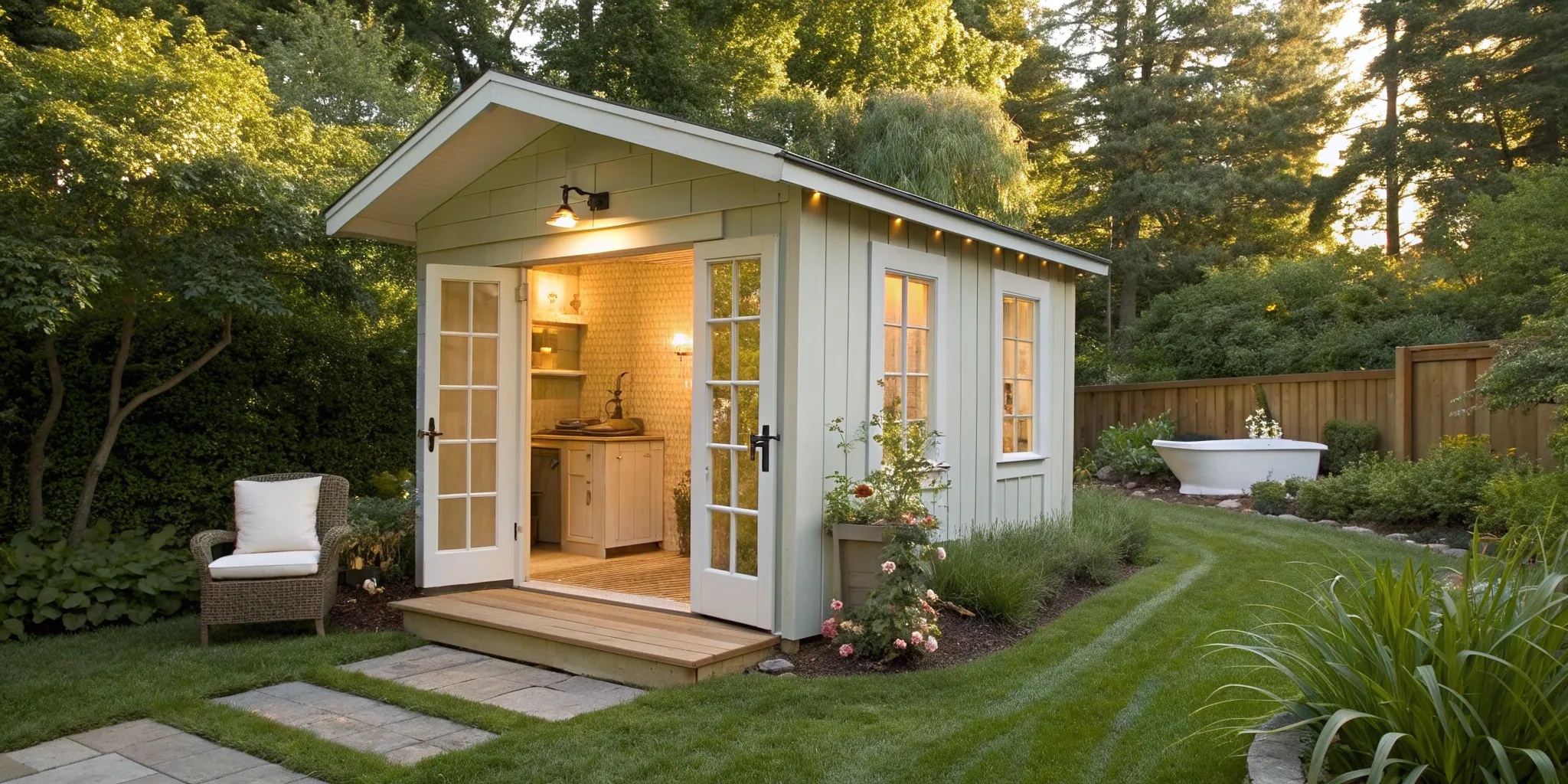
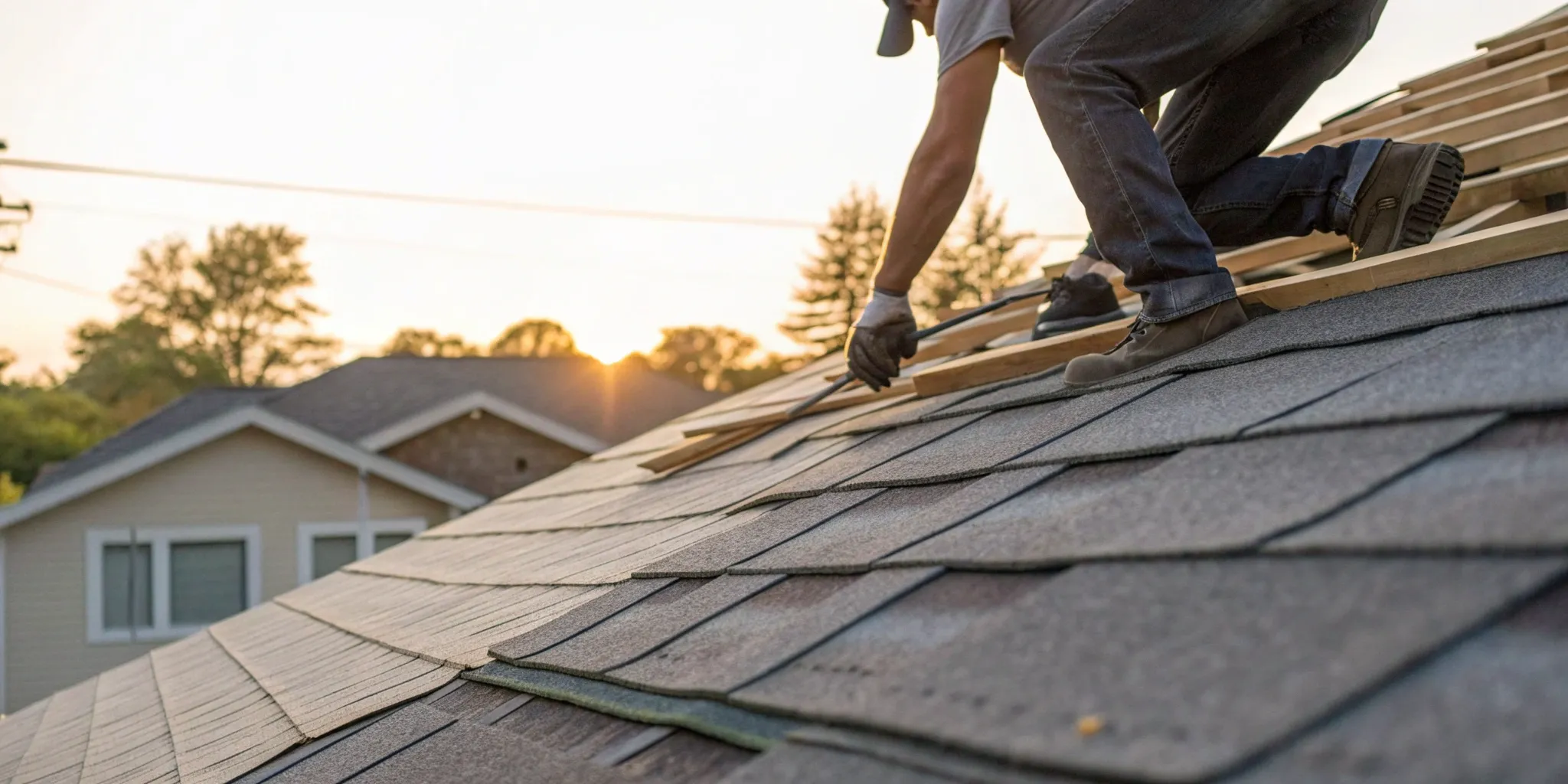

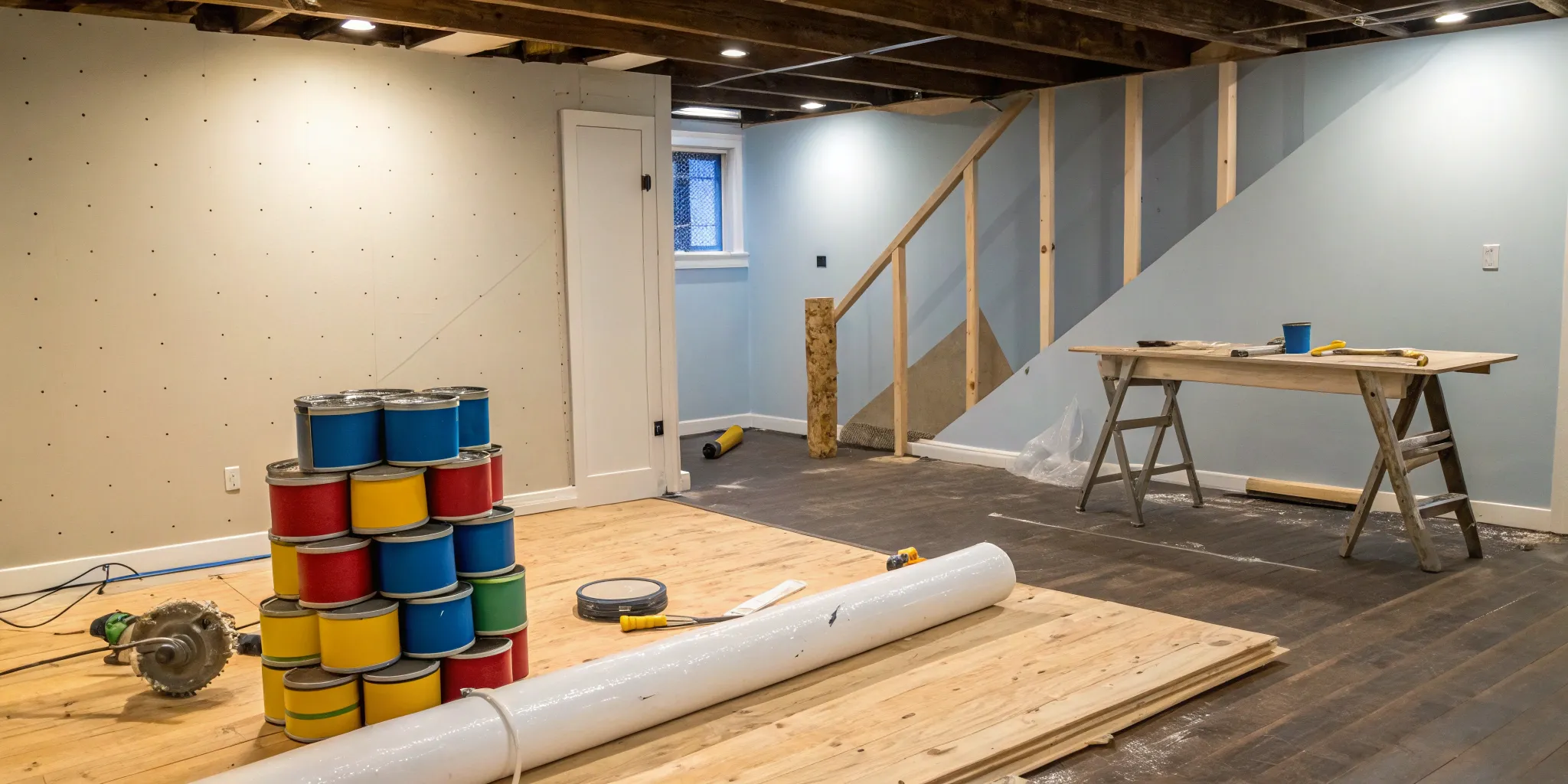

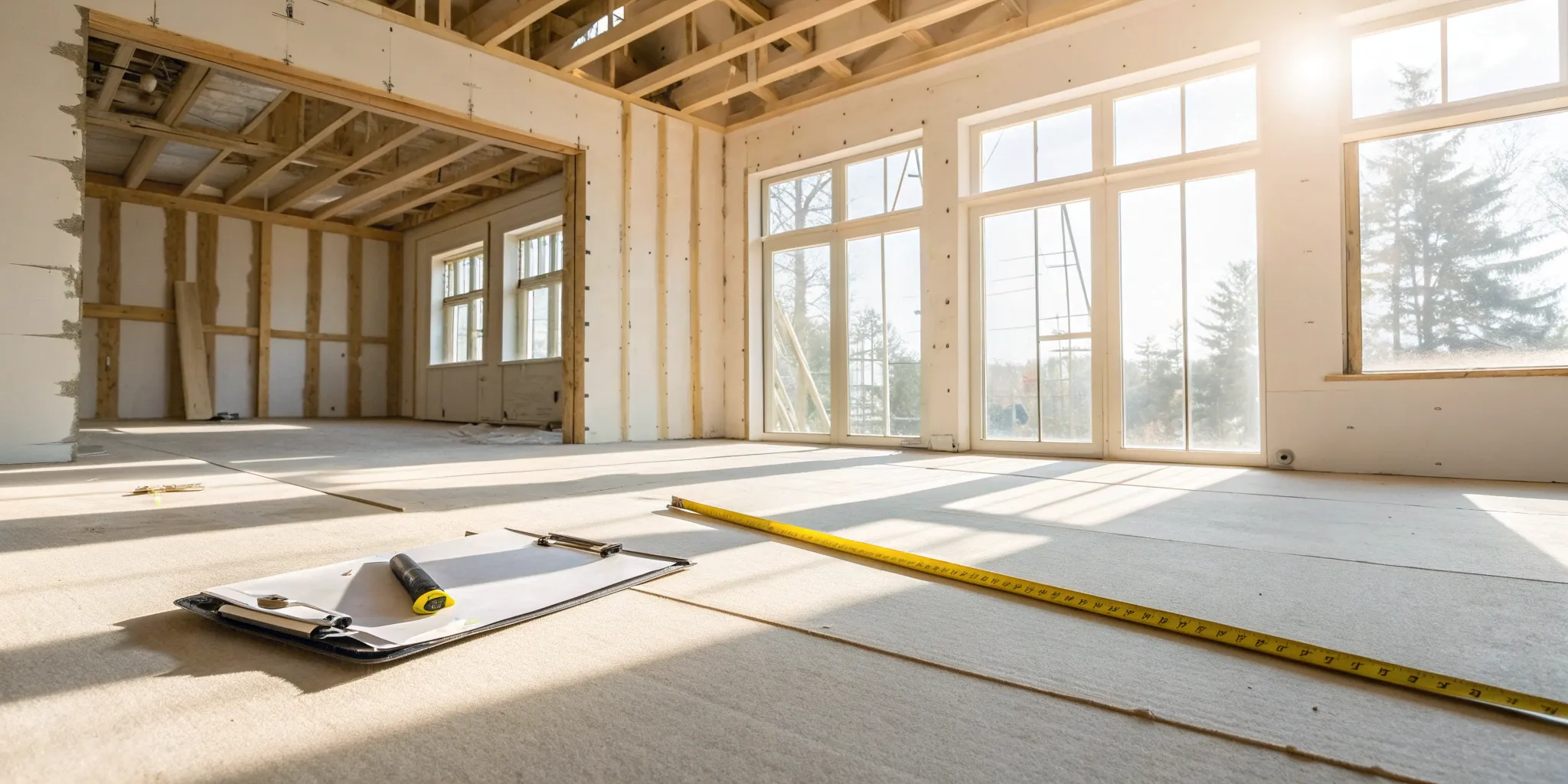
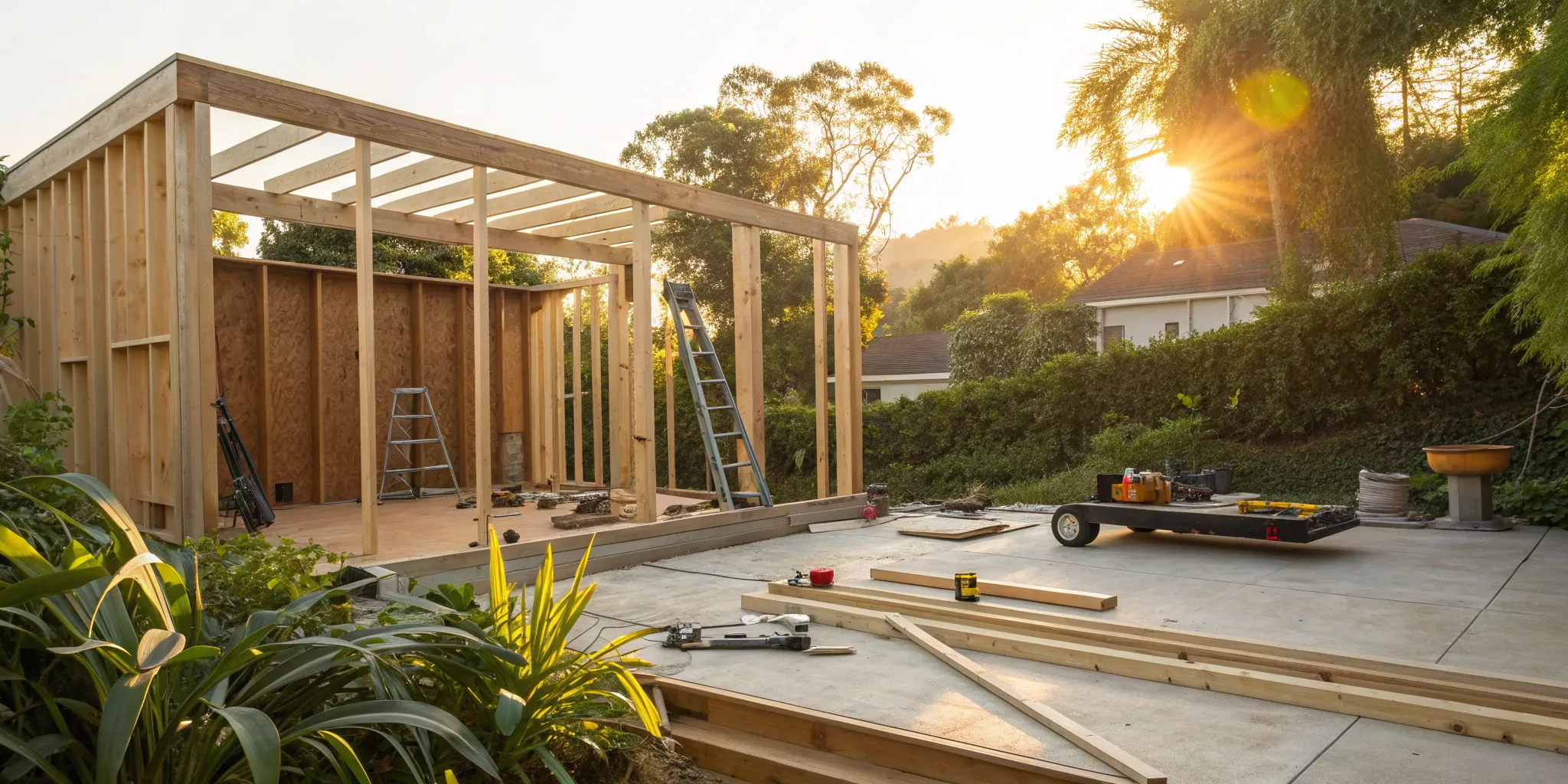
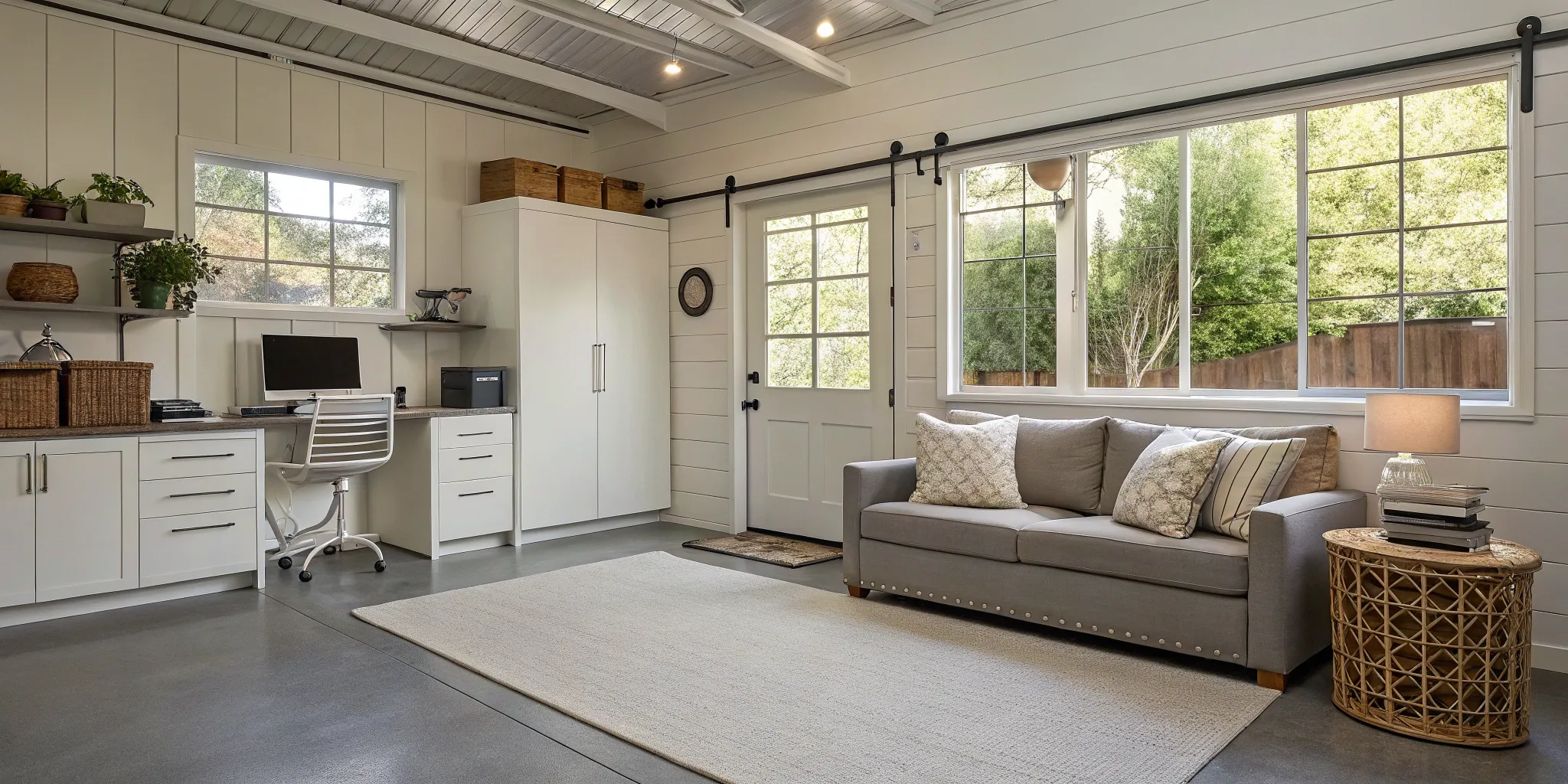
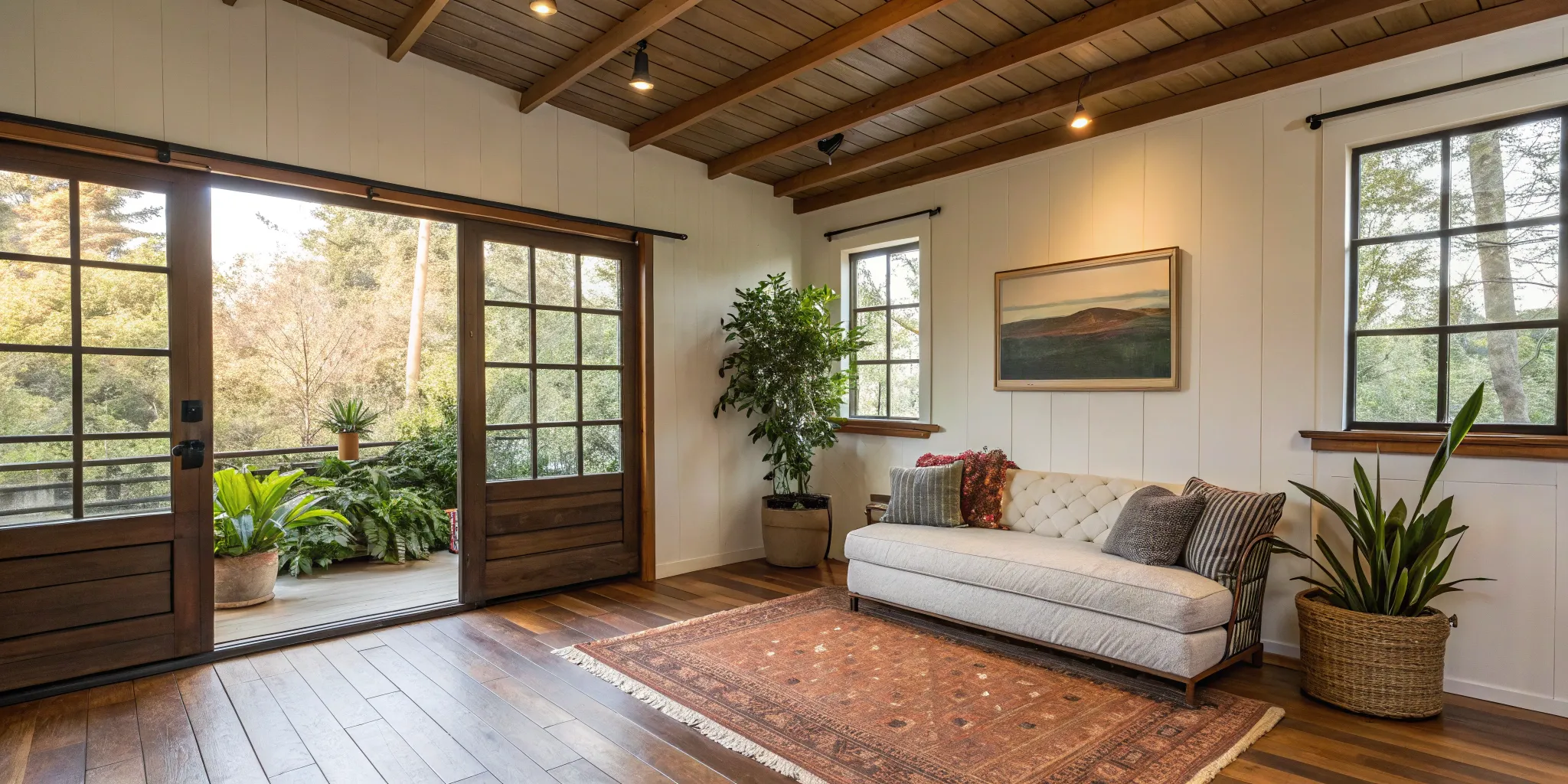
.png)
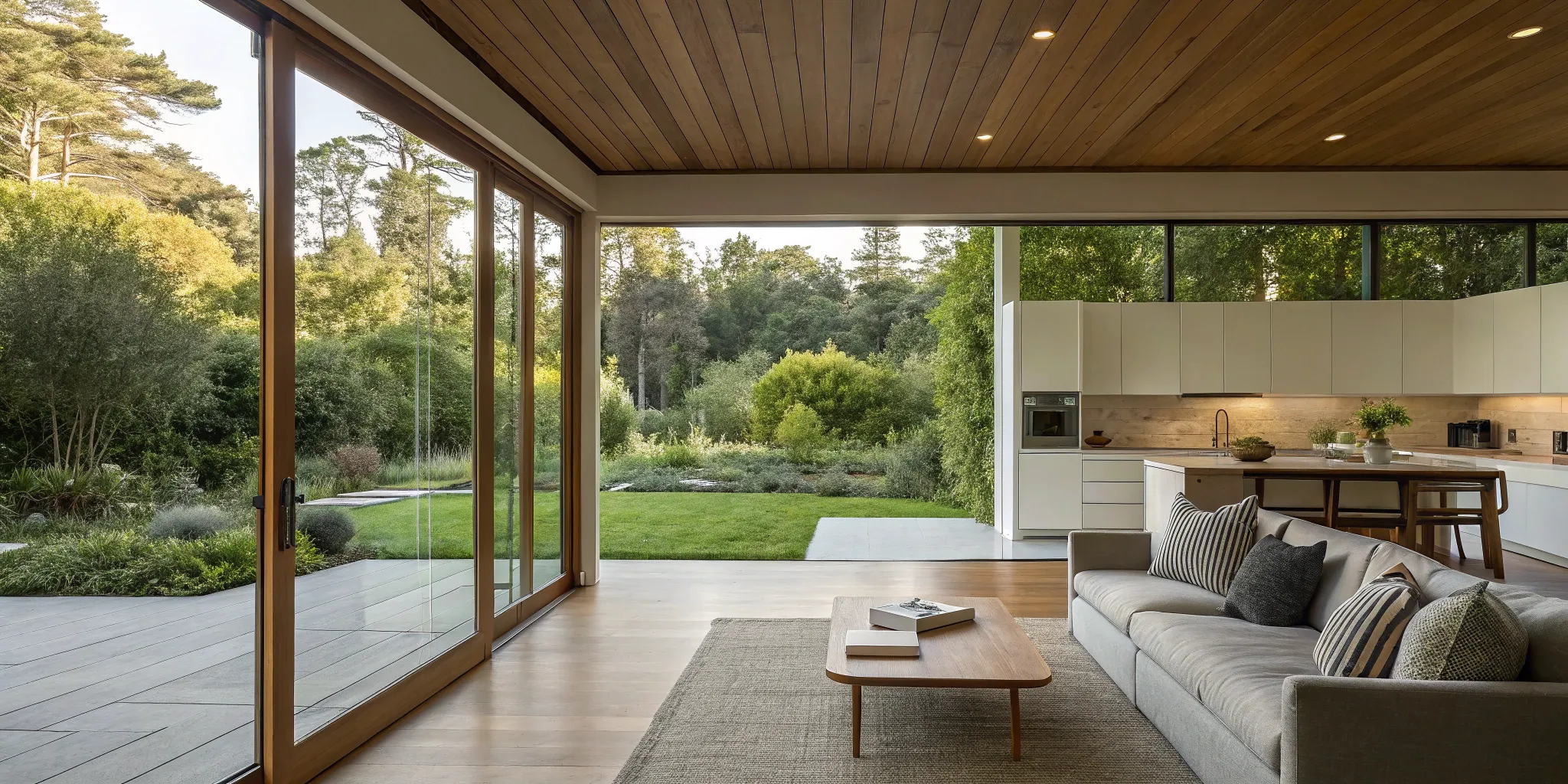
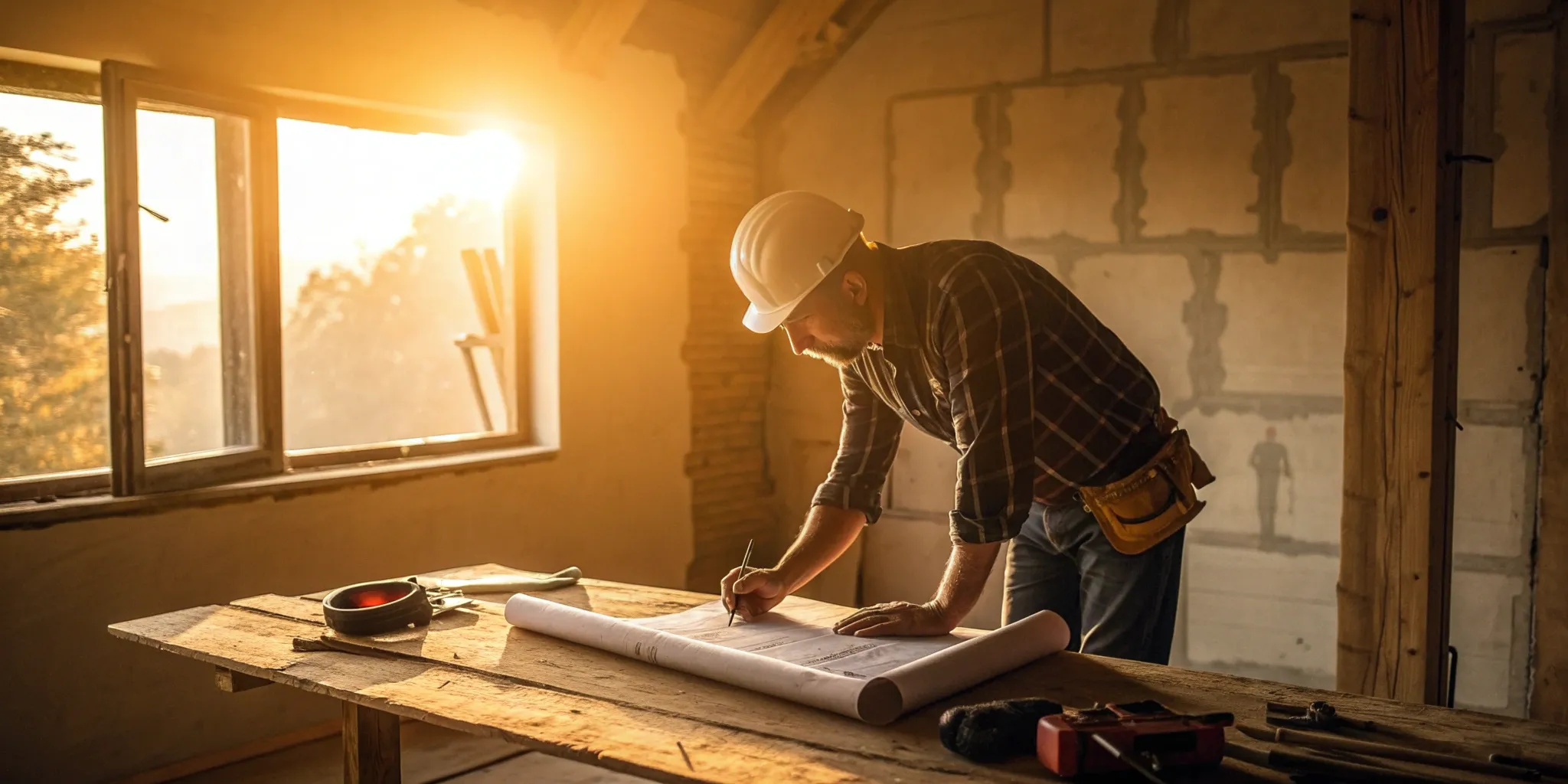
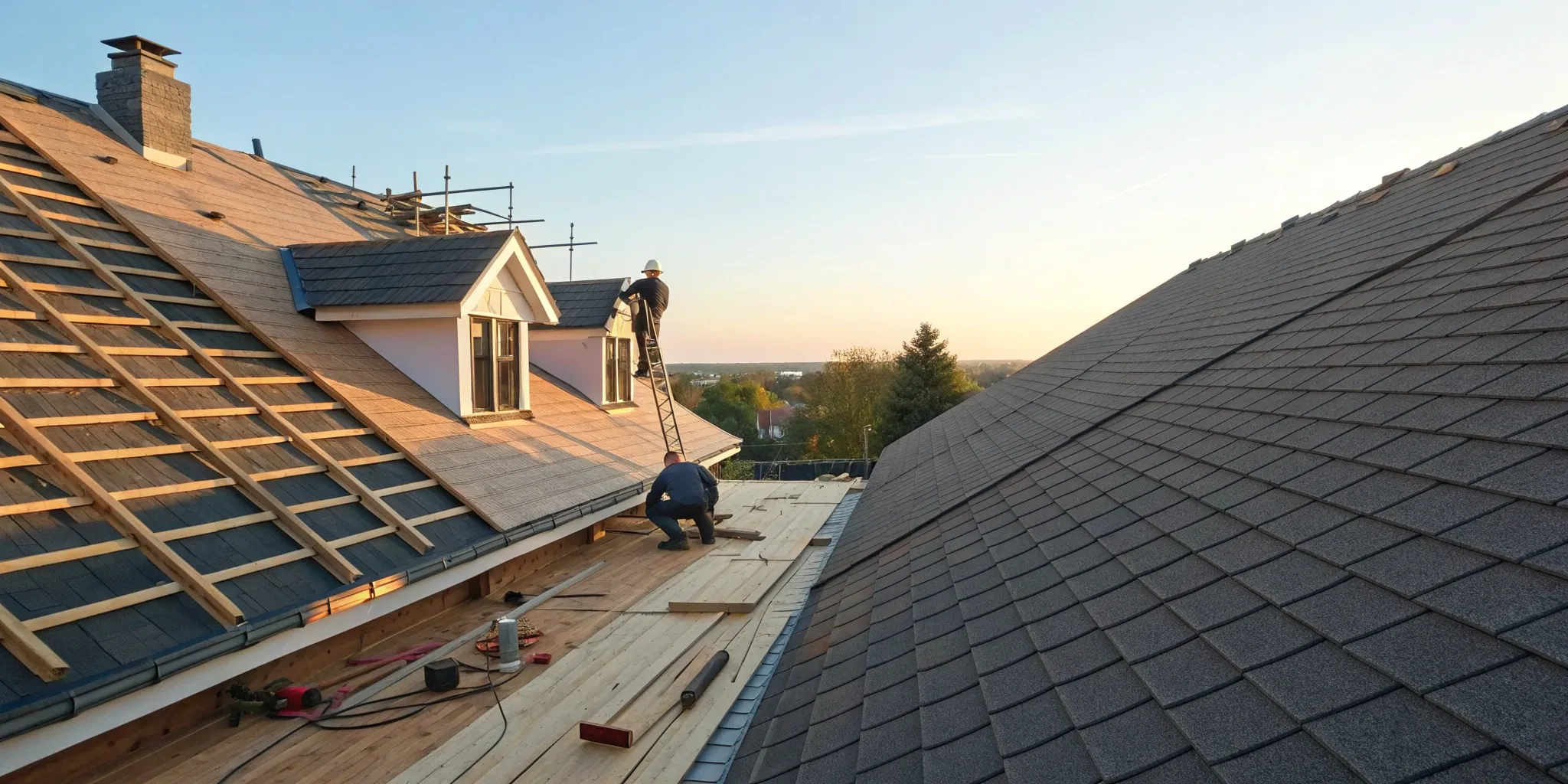
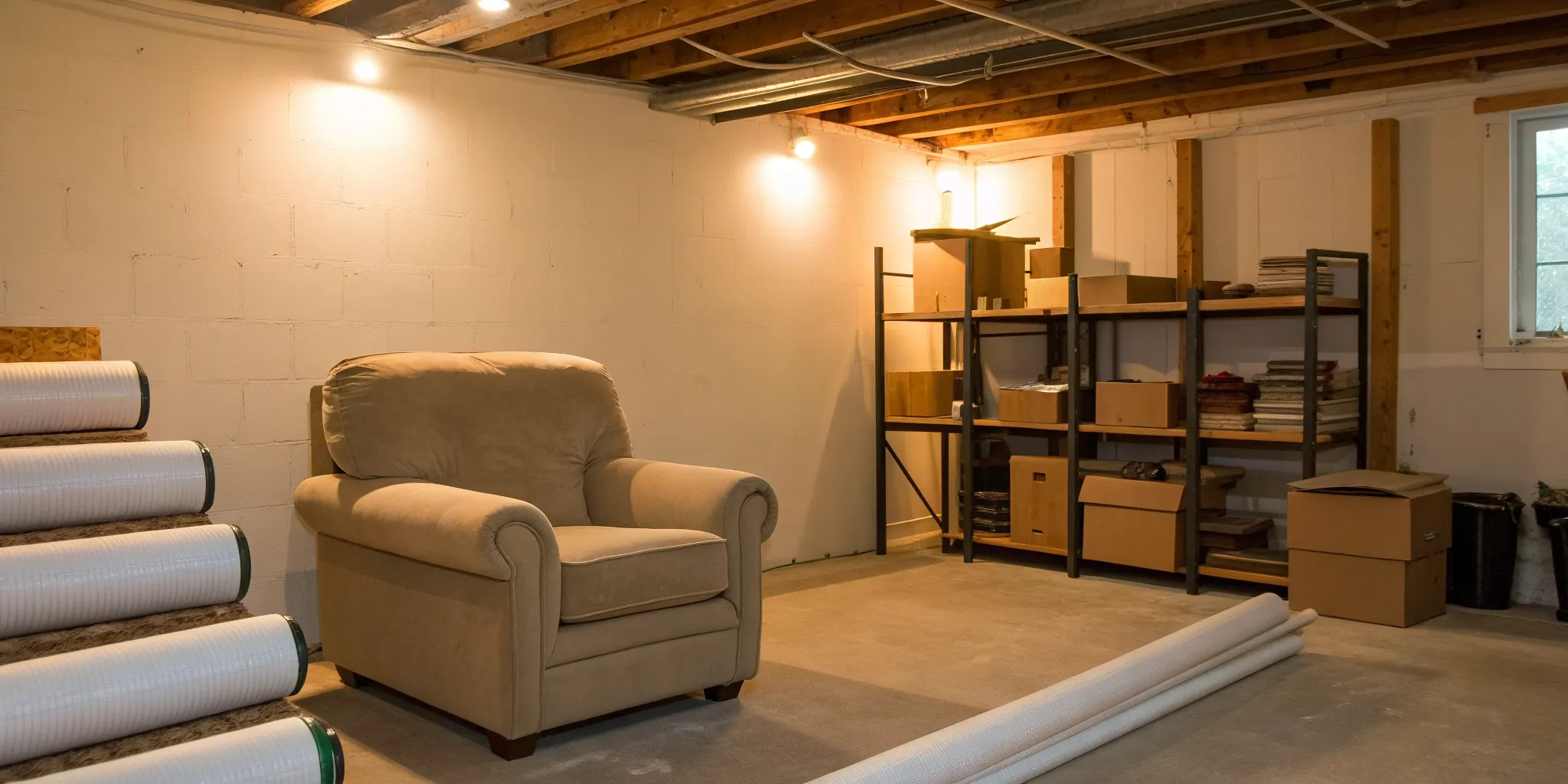
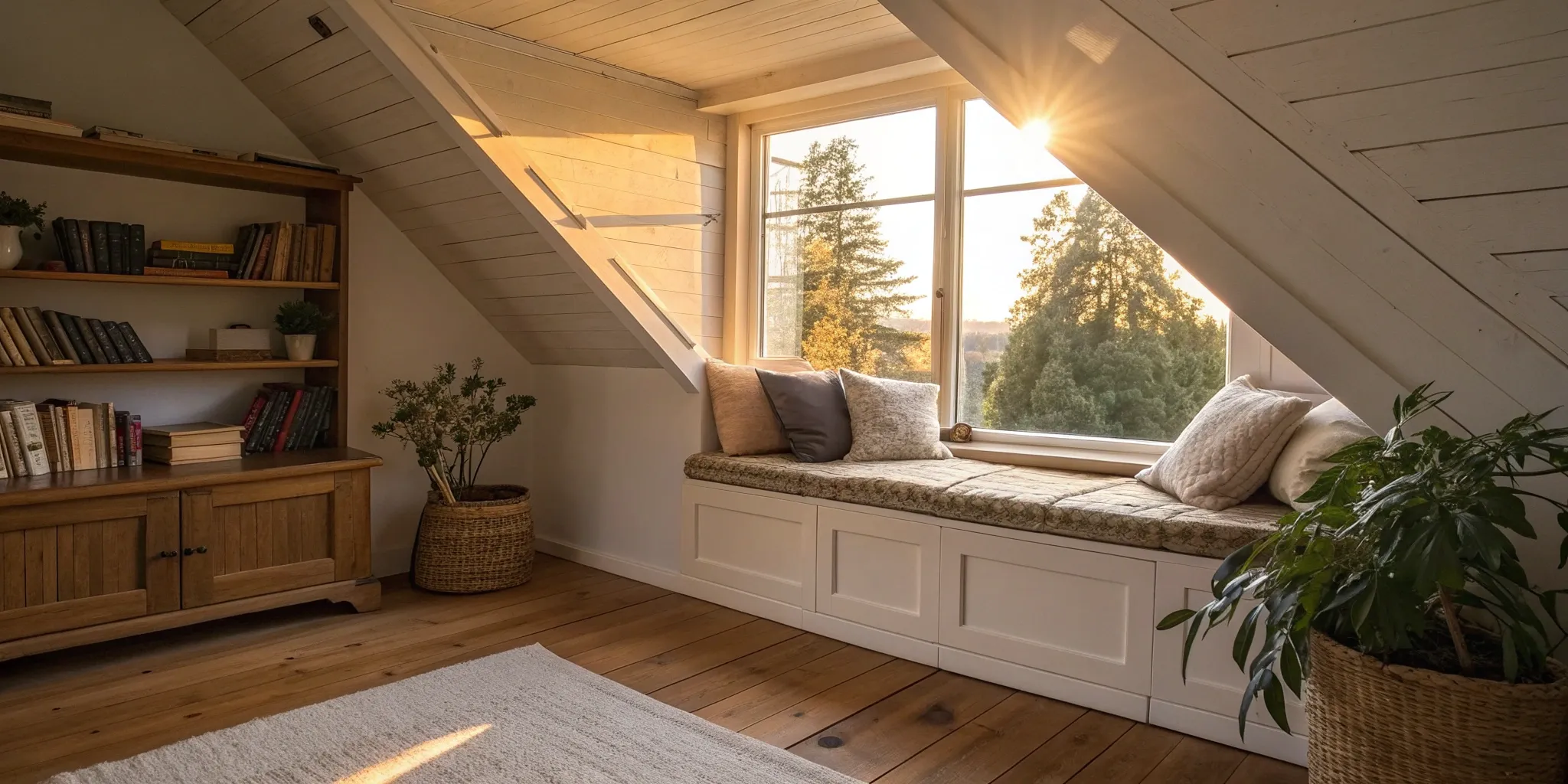
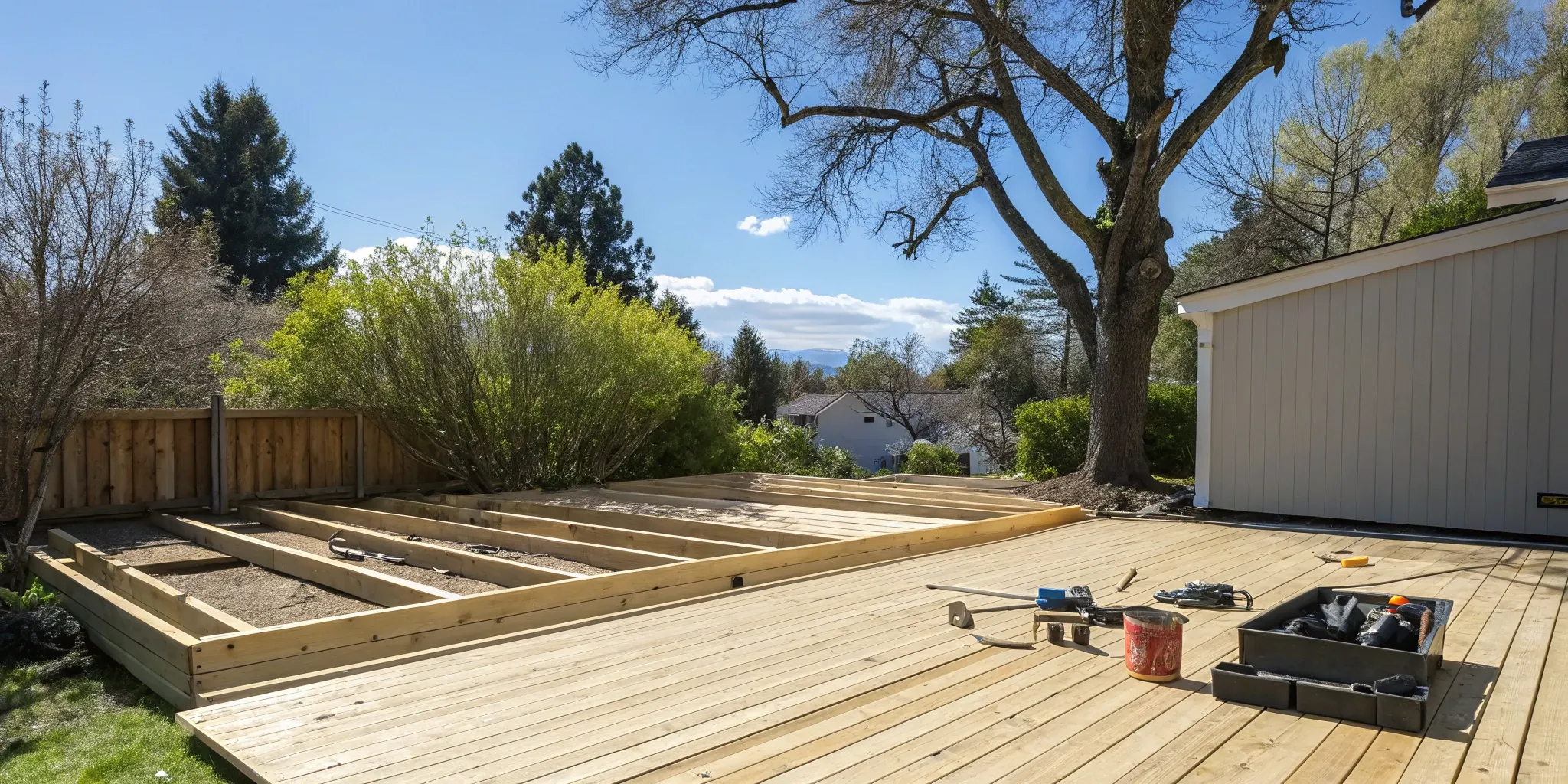
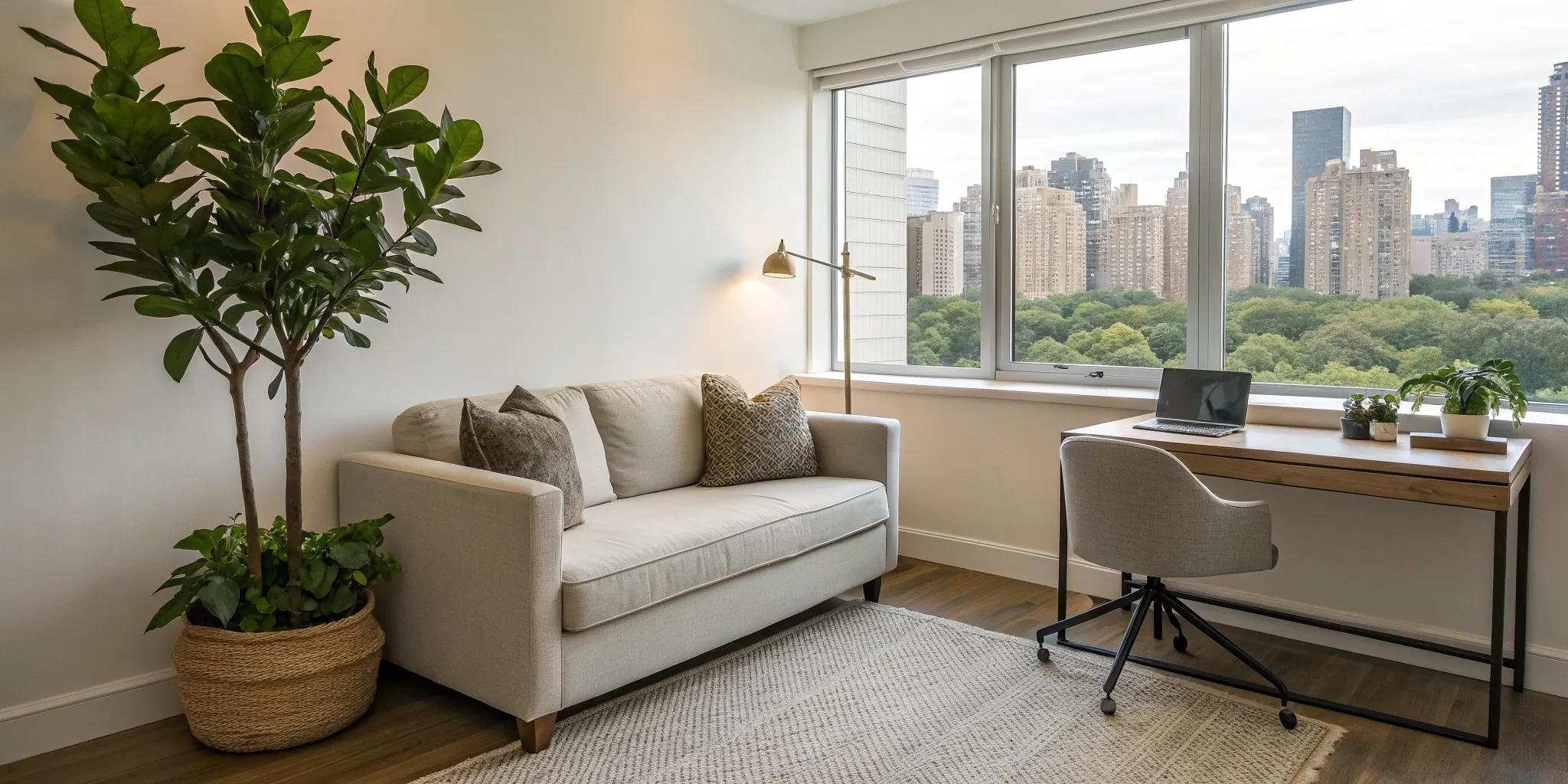
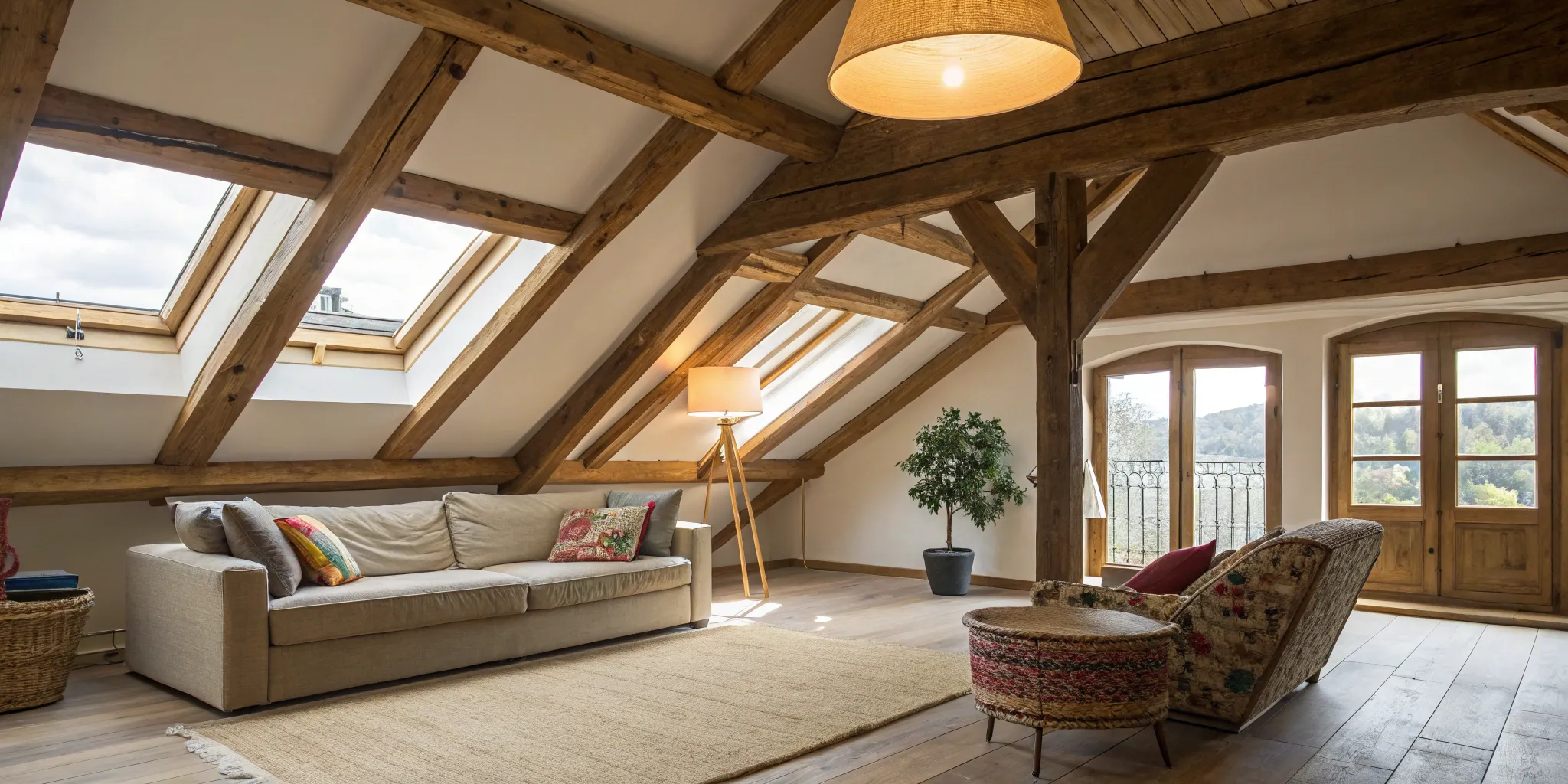



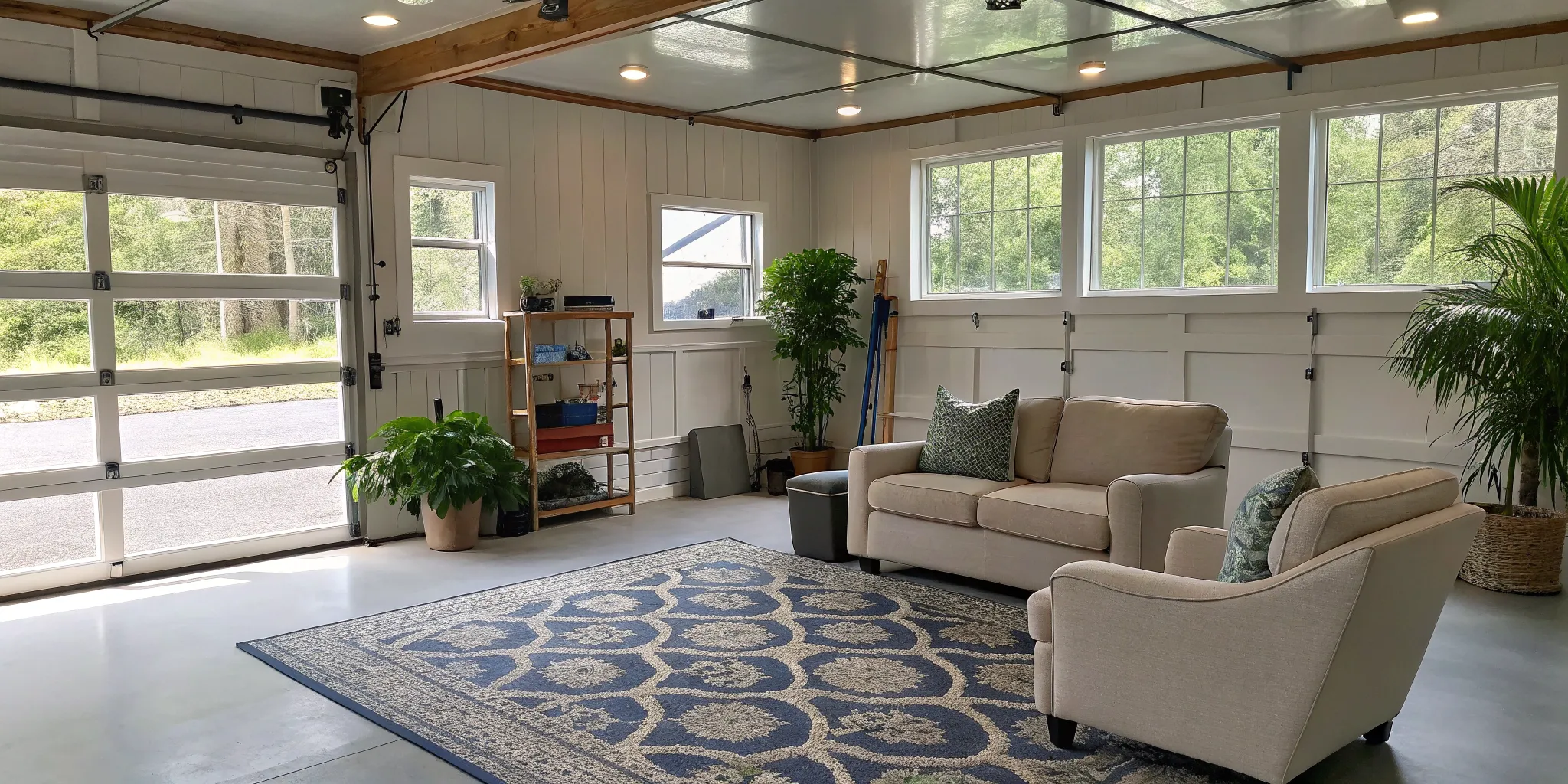
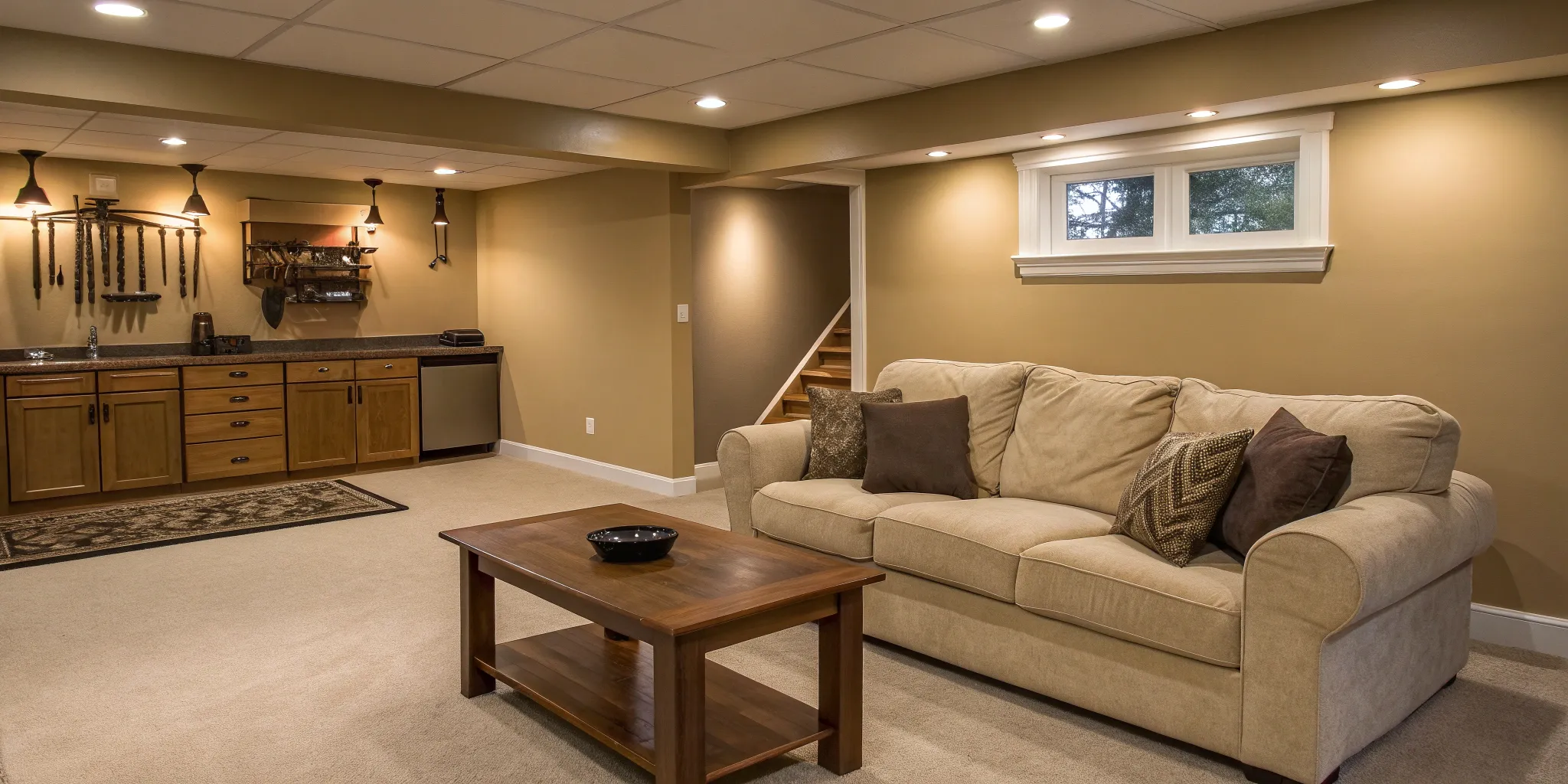



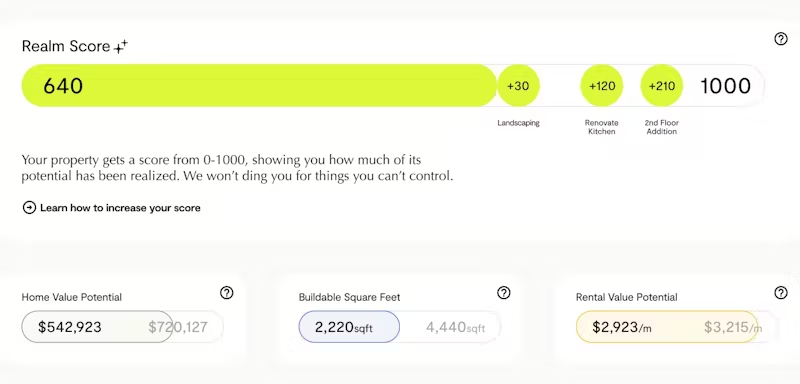
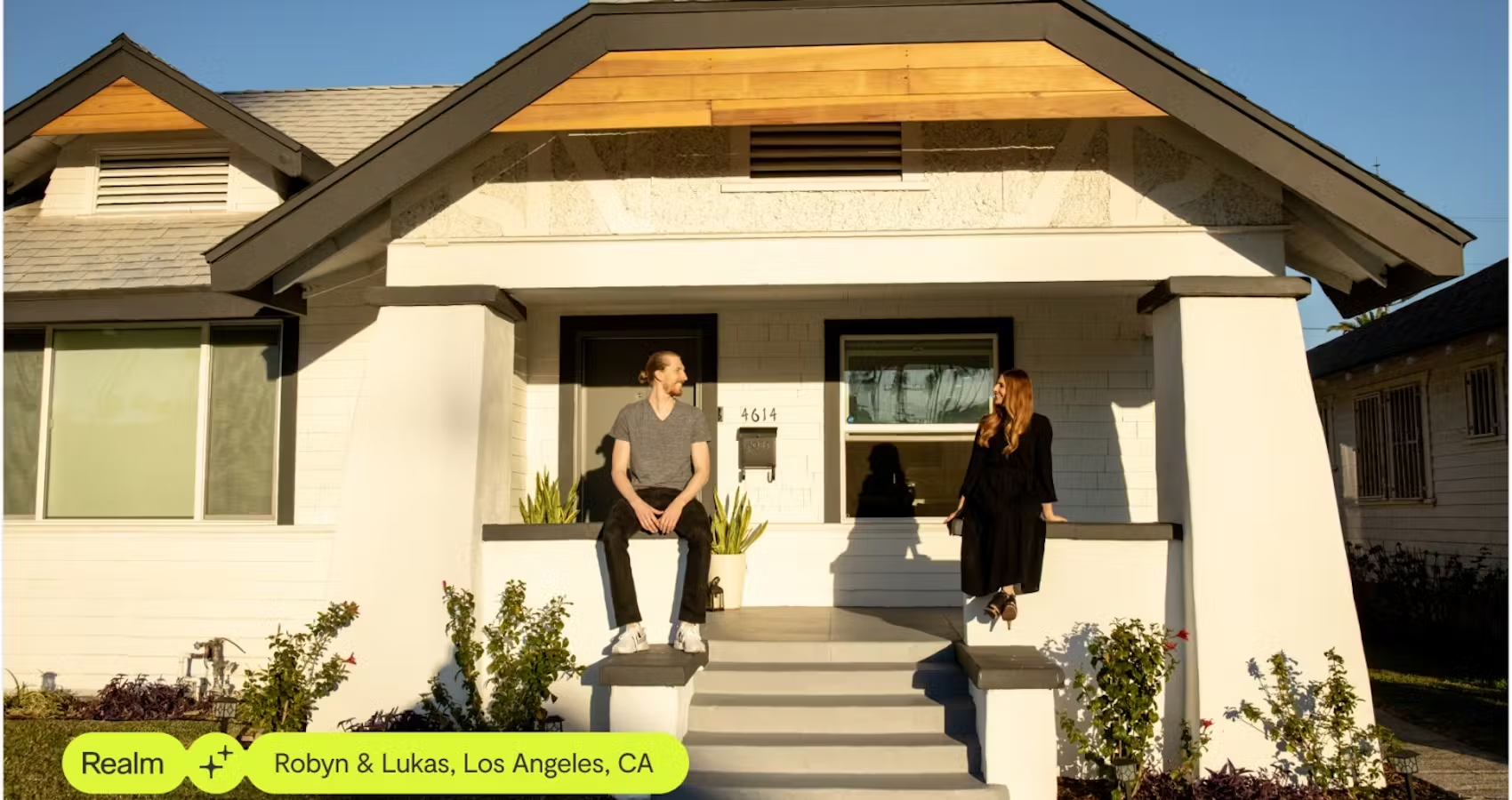
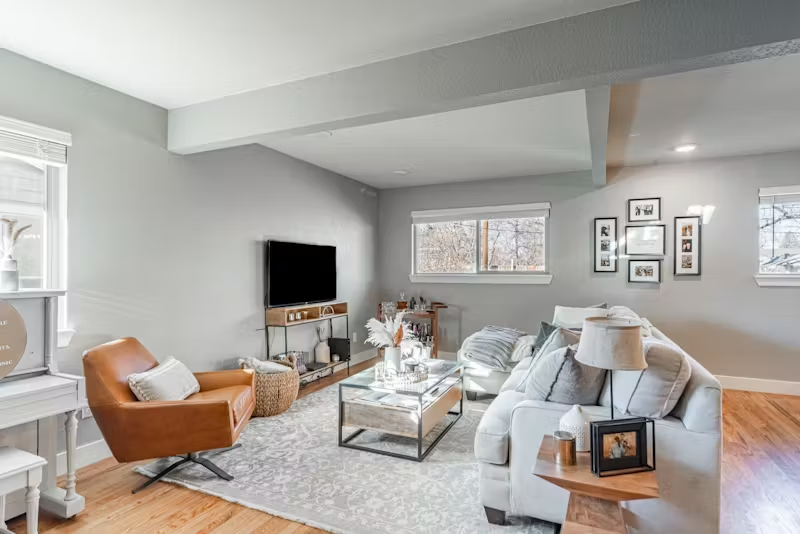
.avif)


